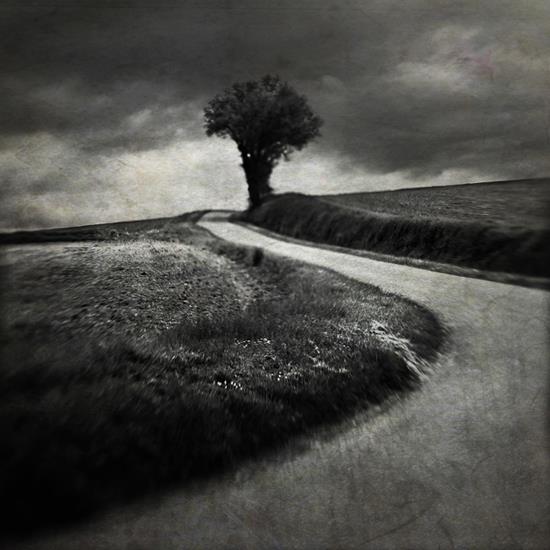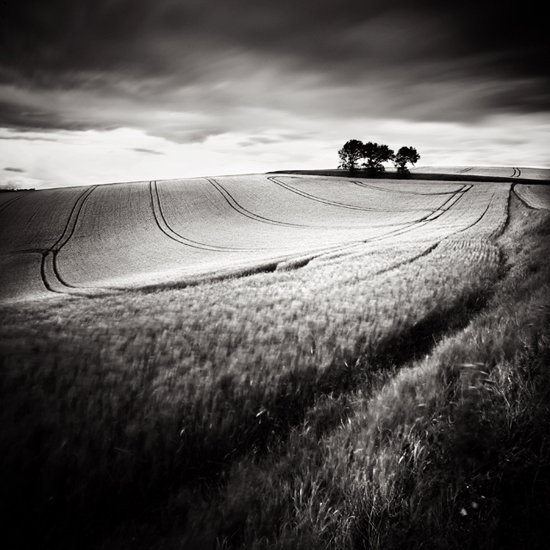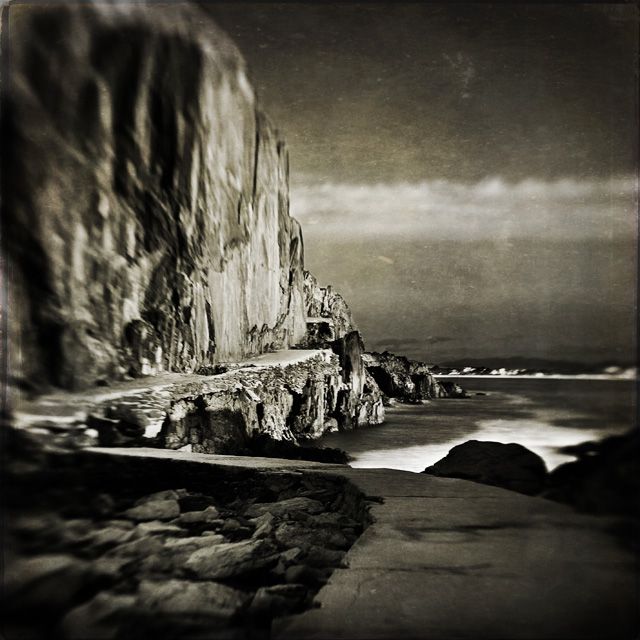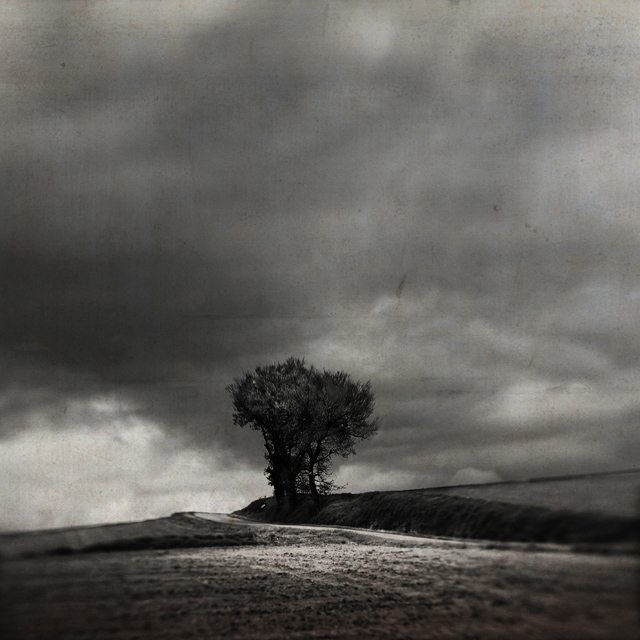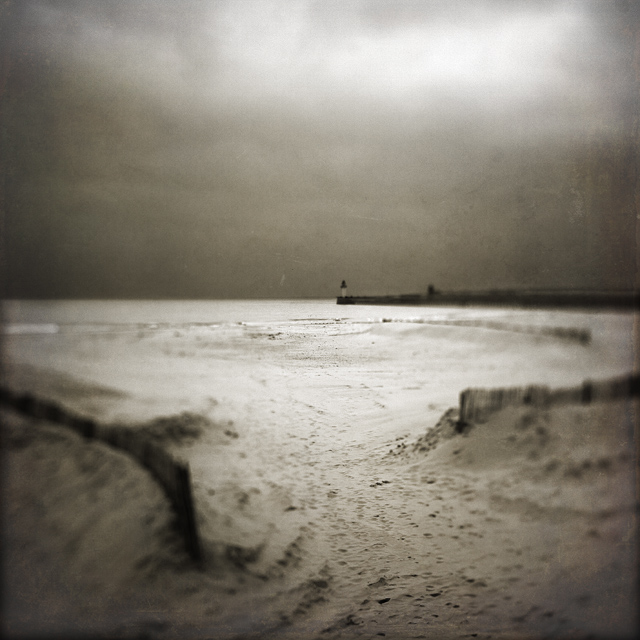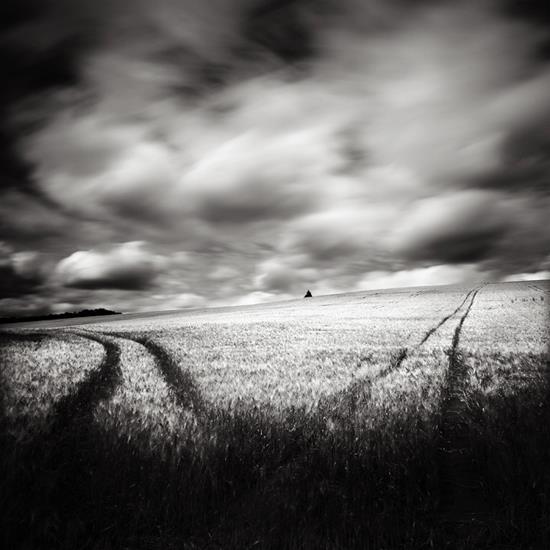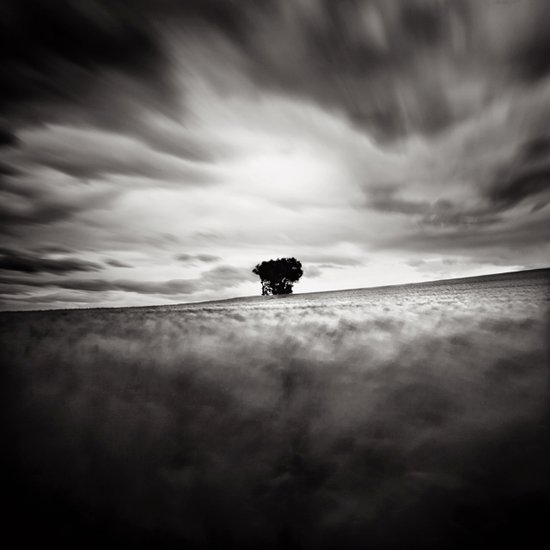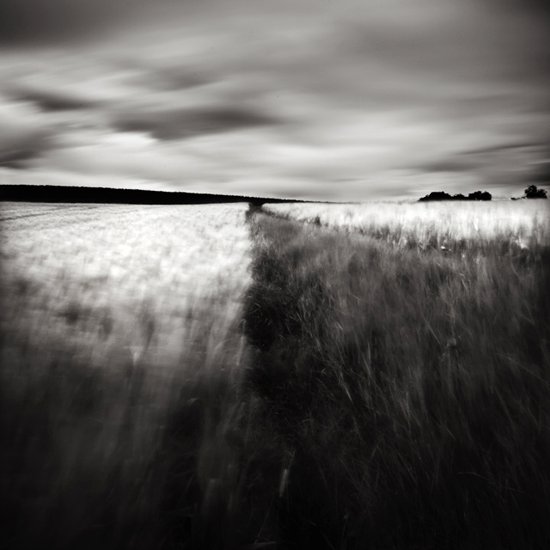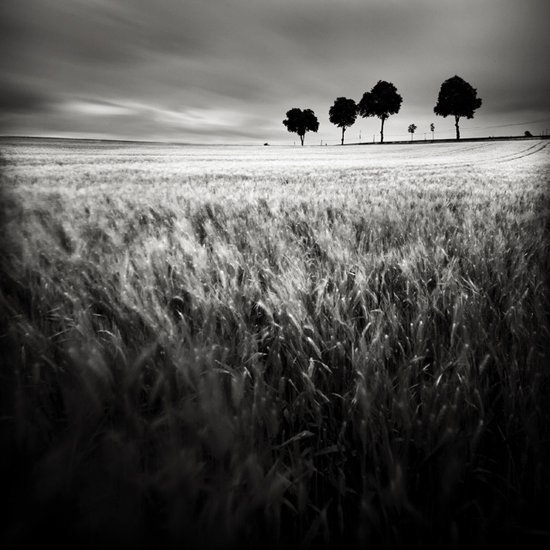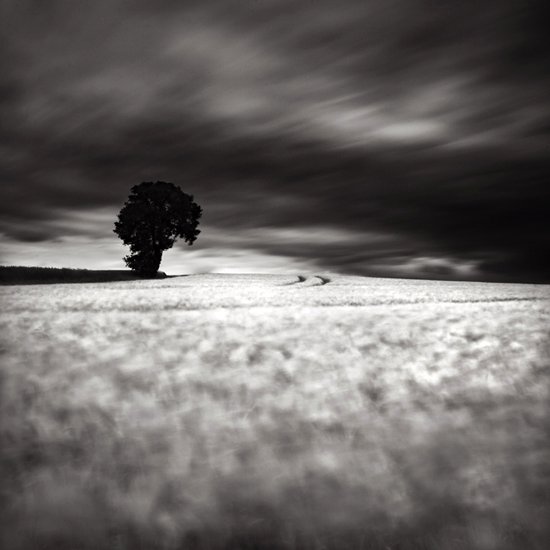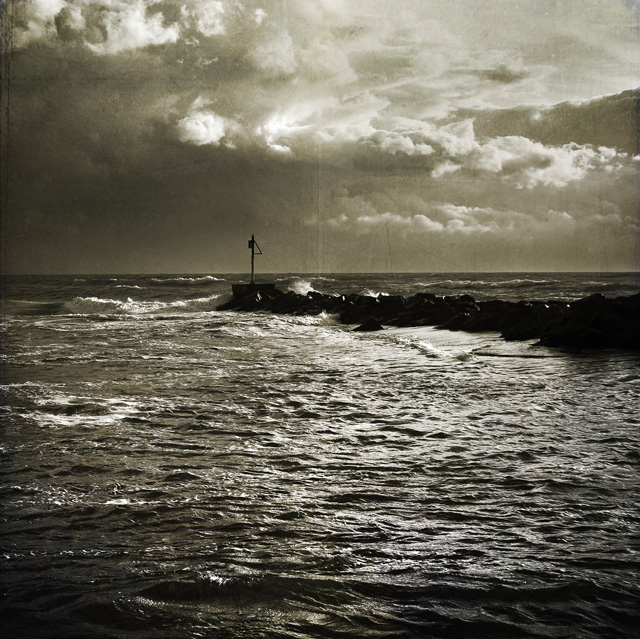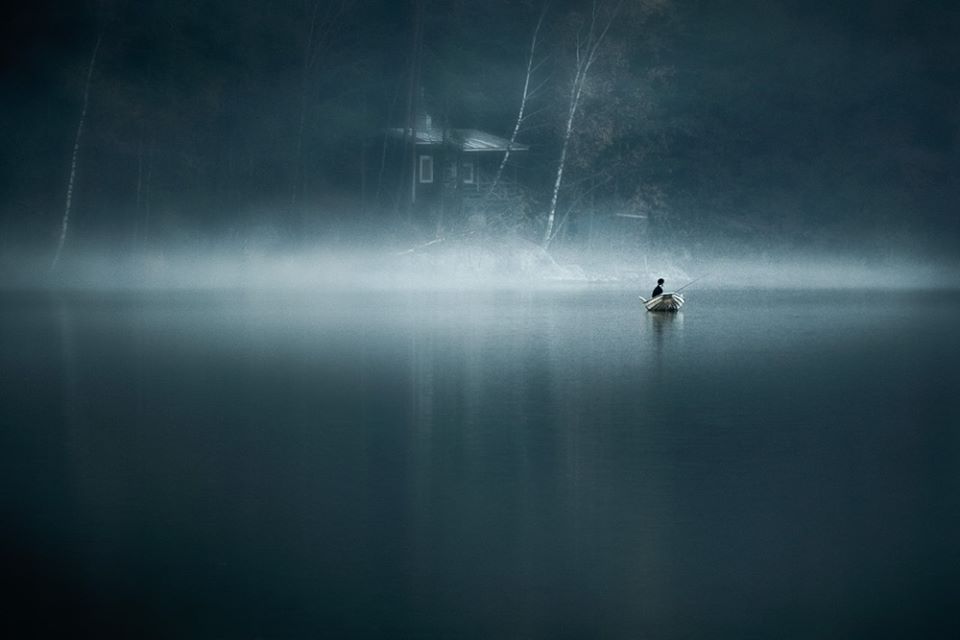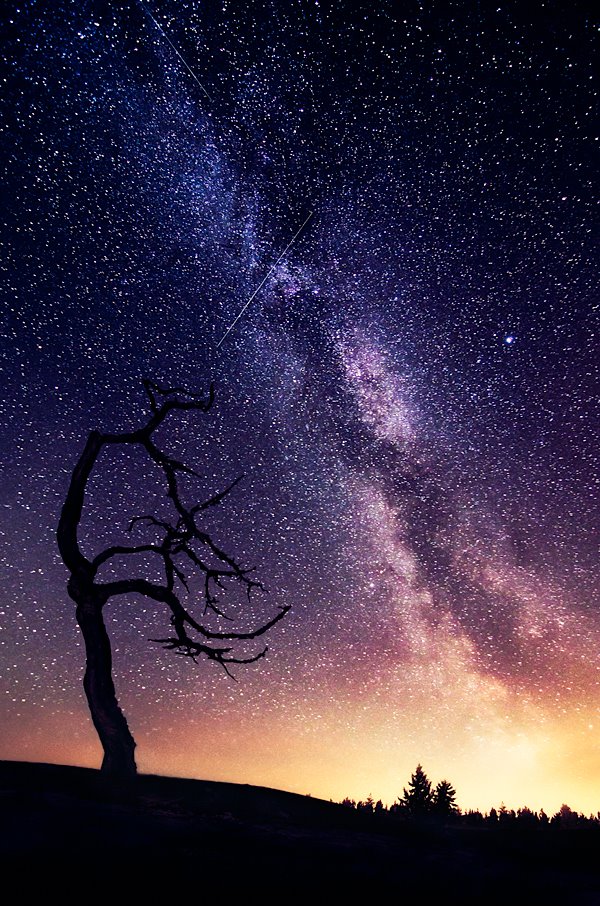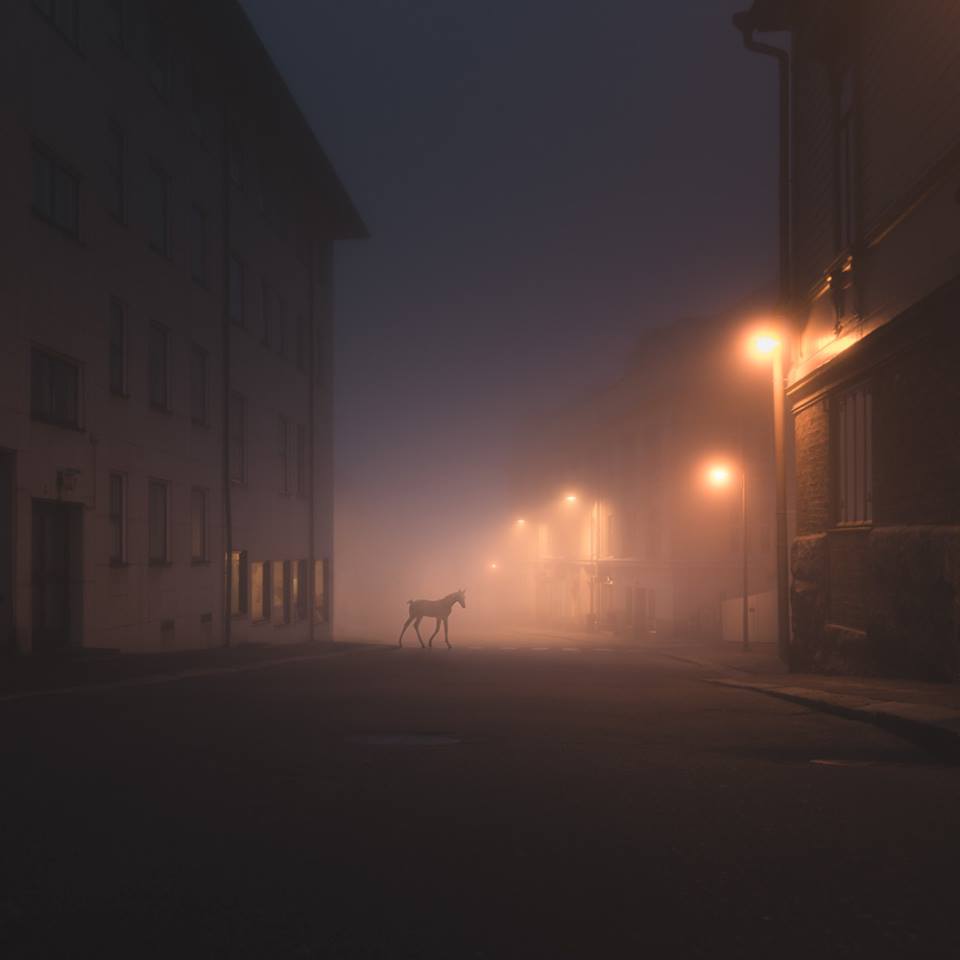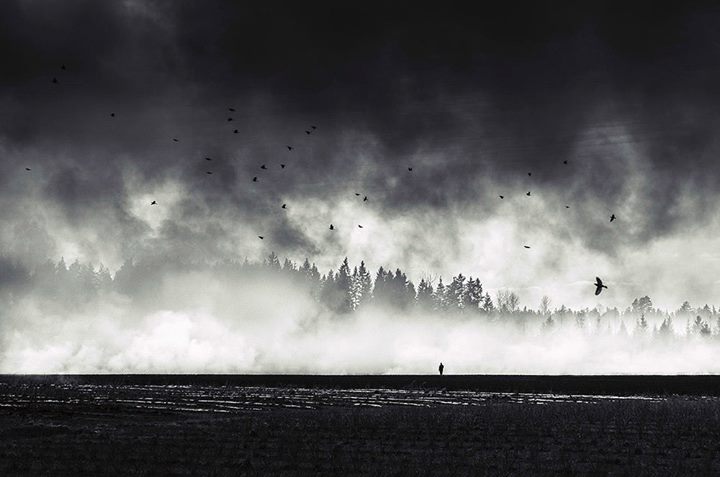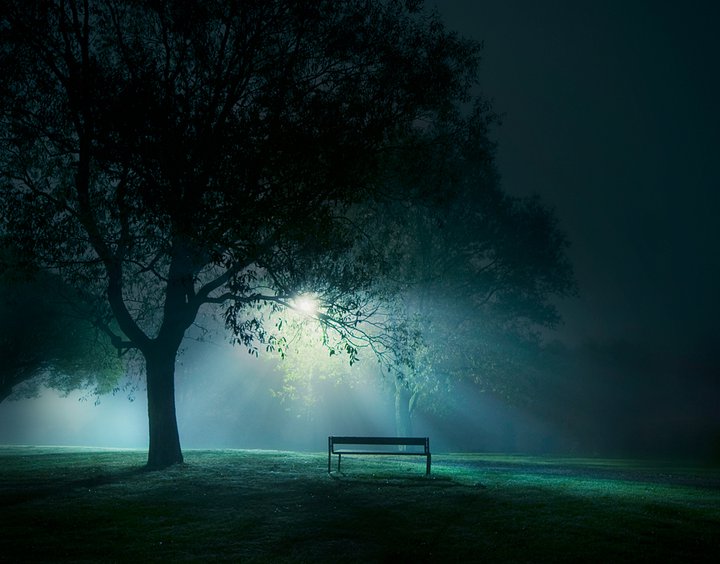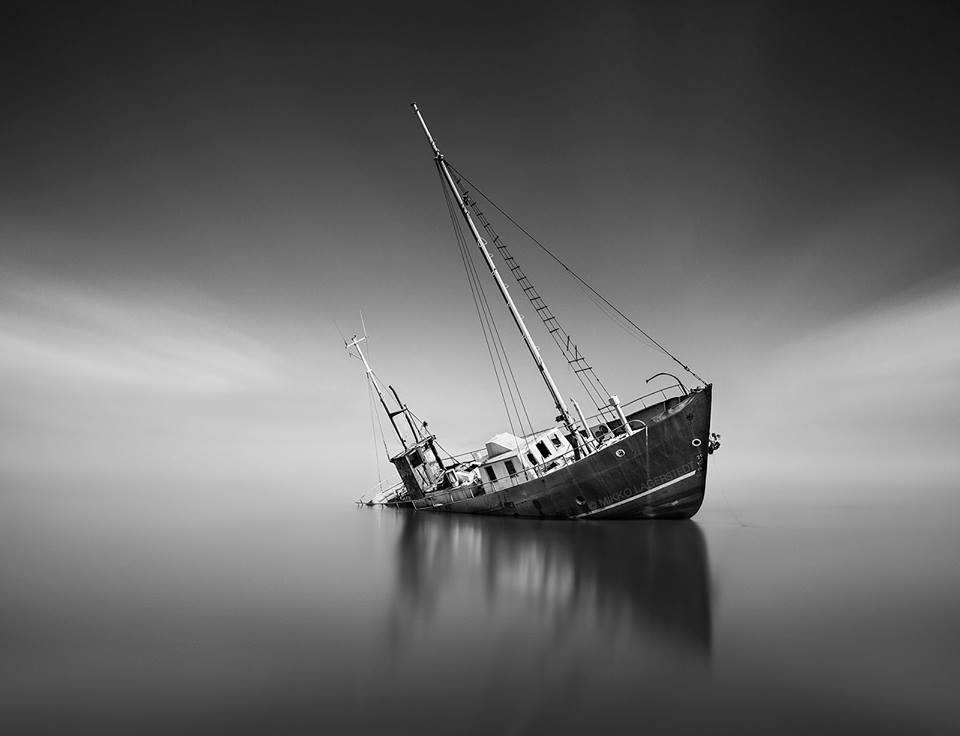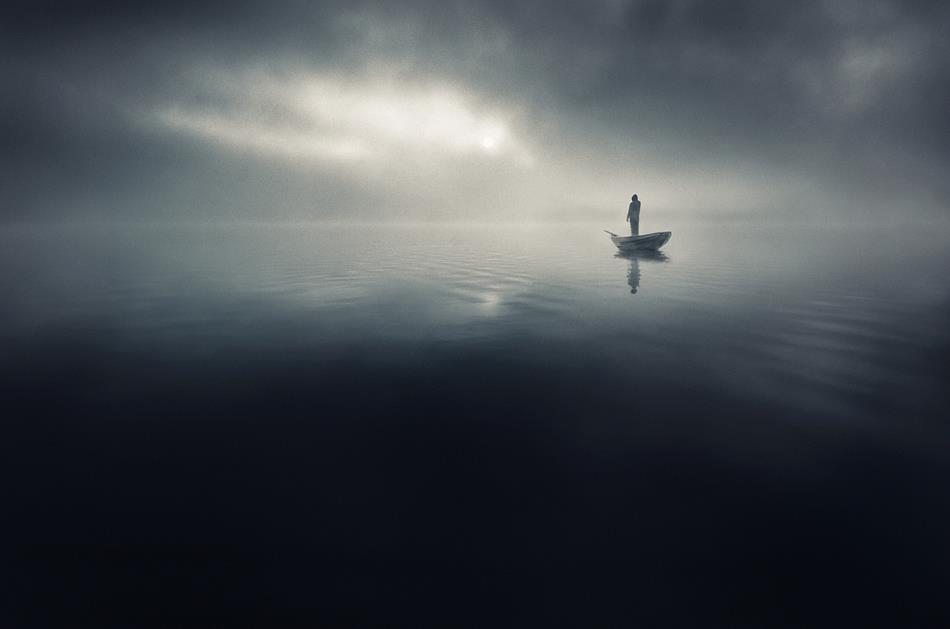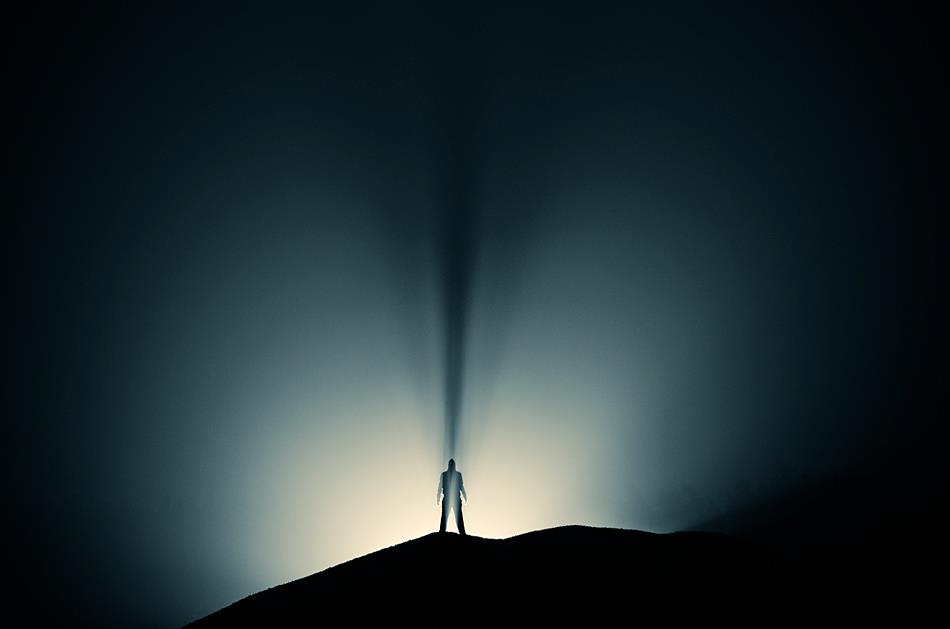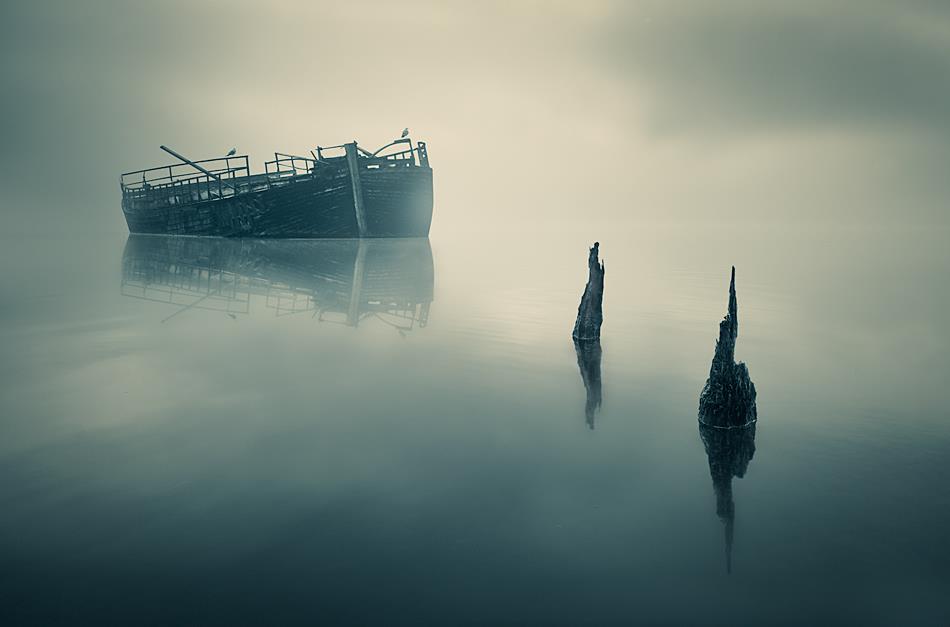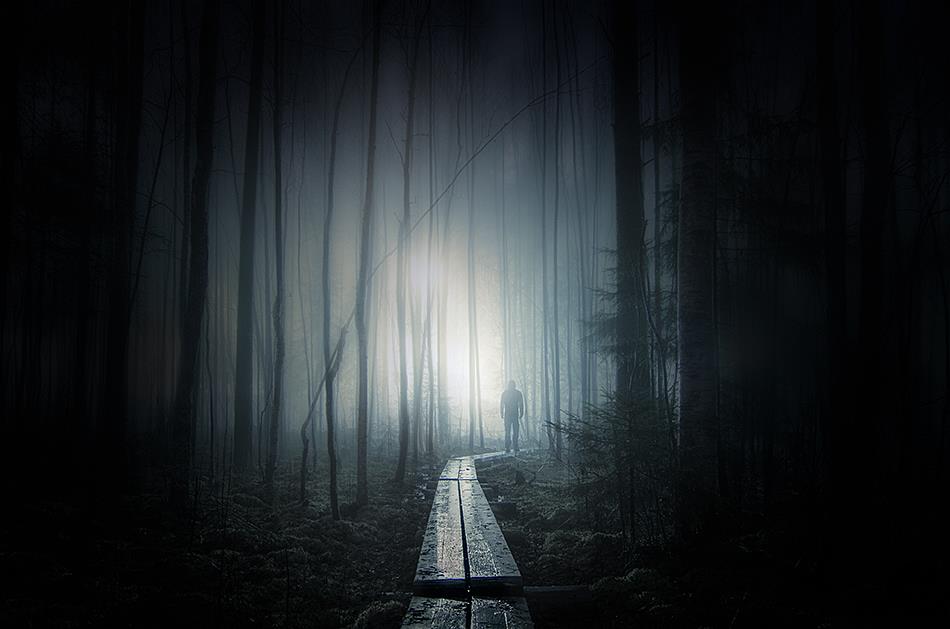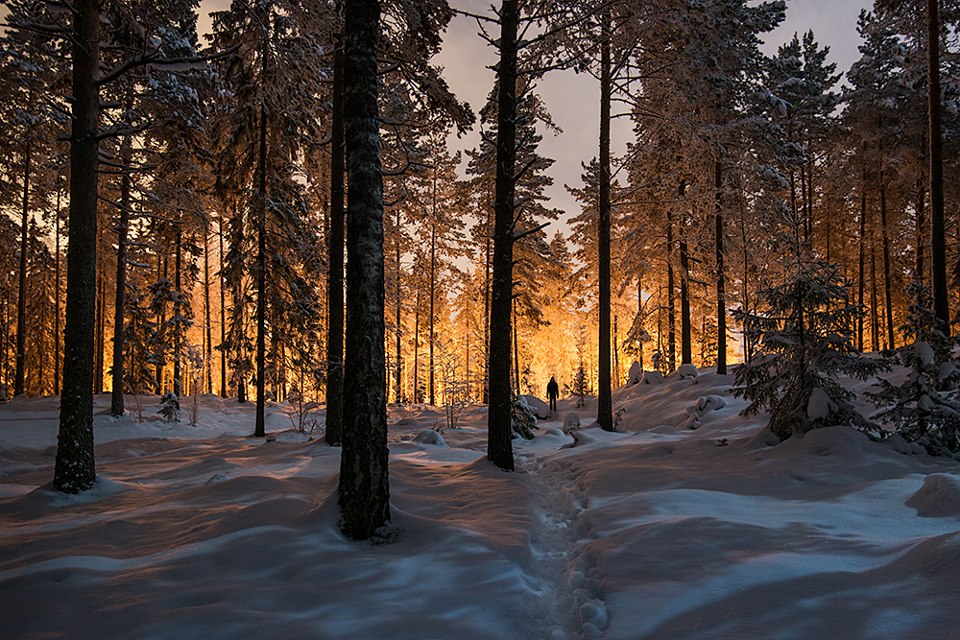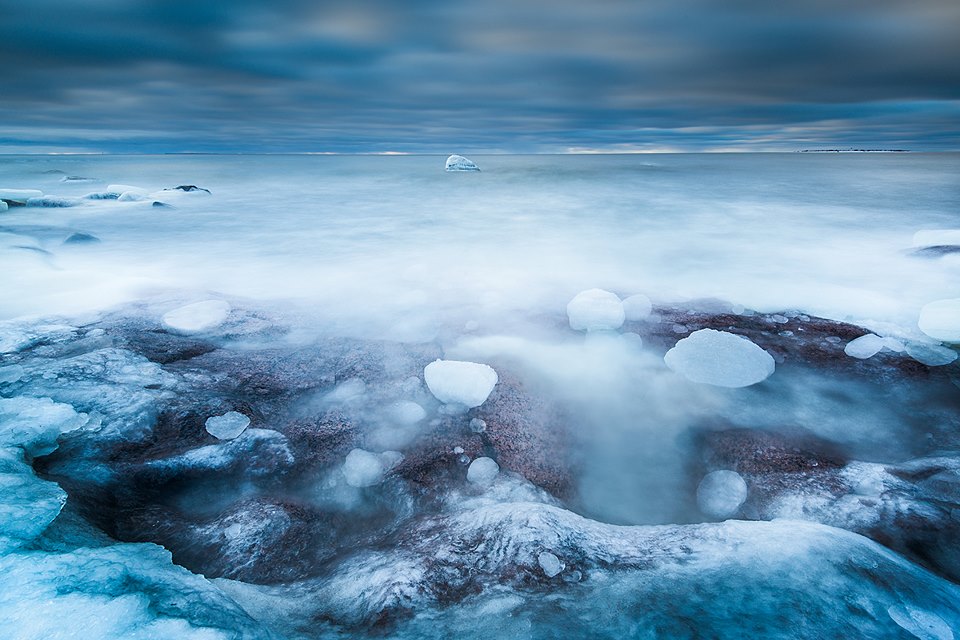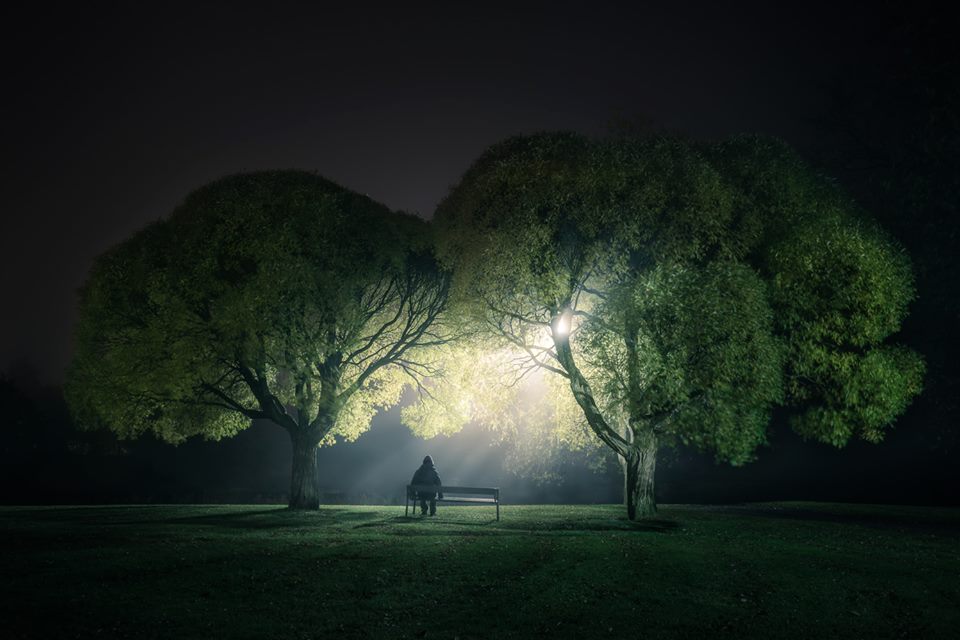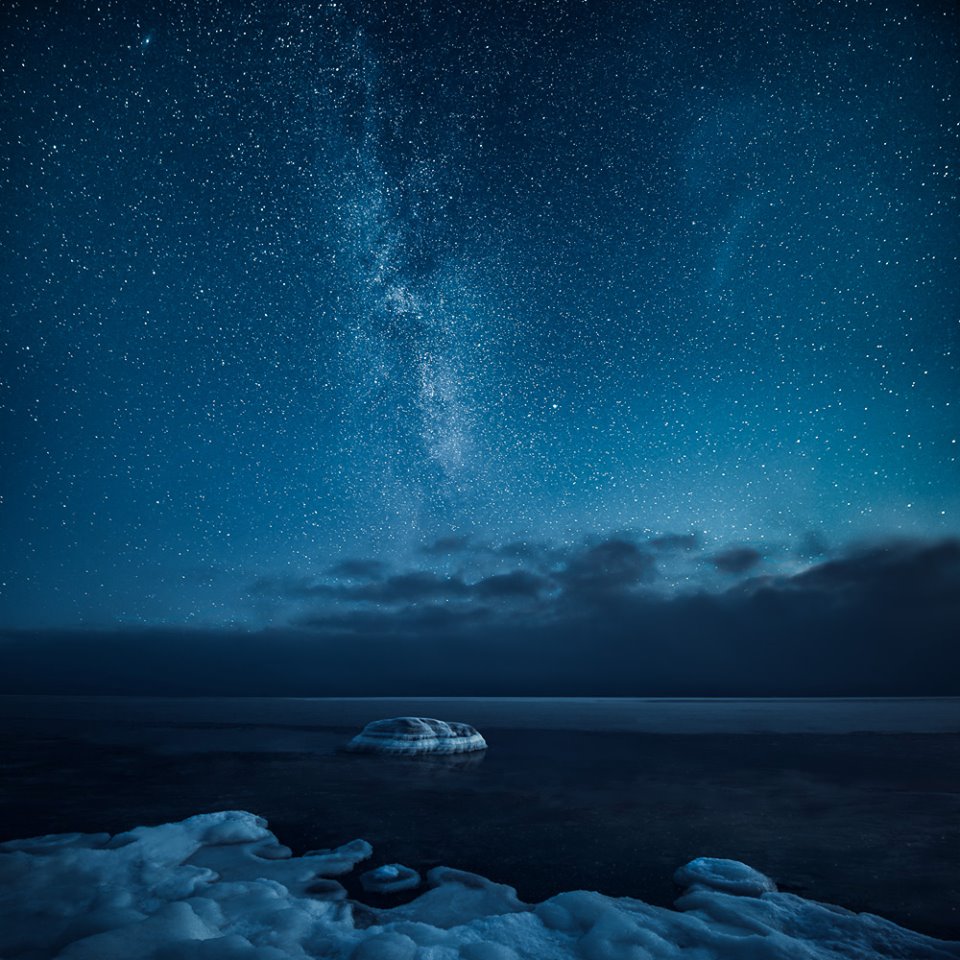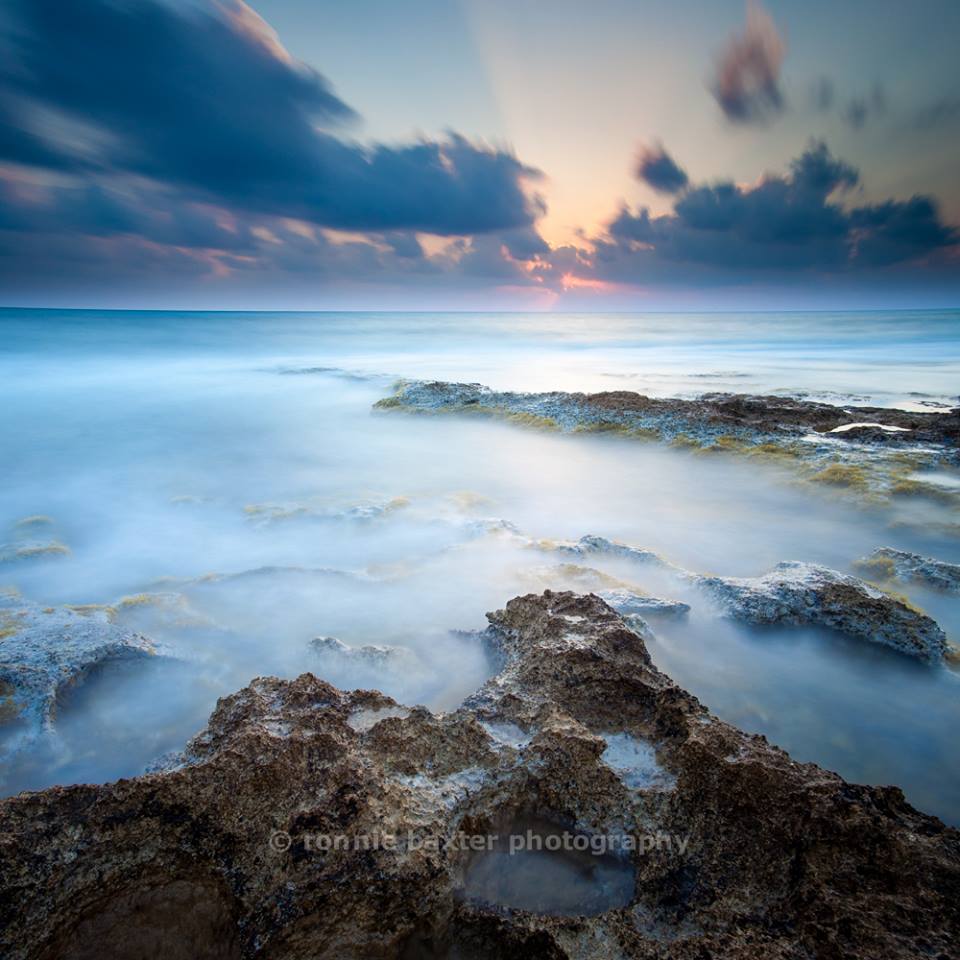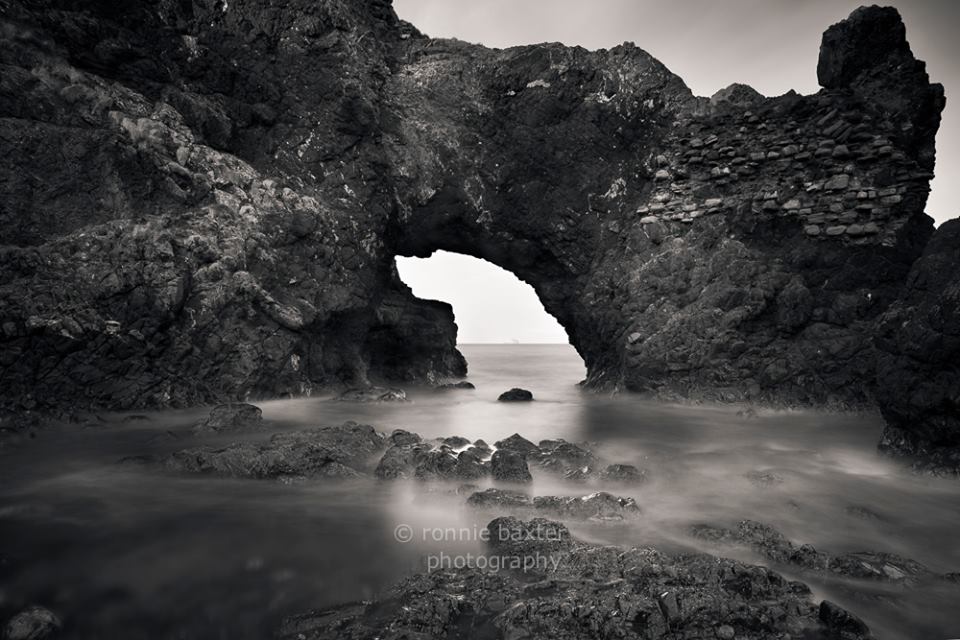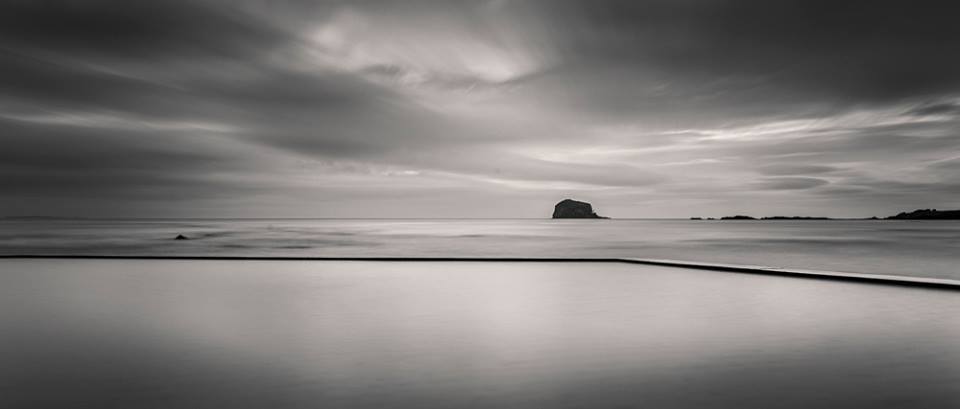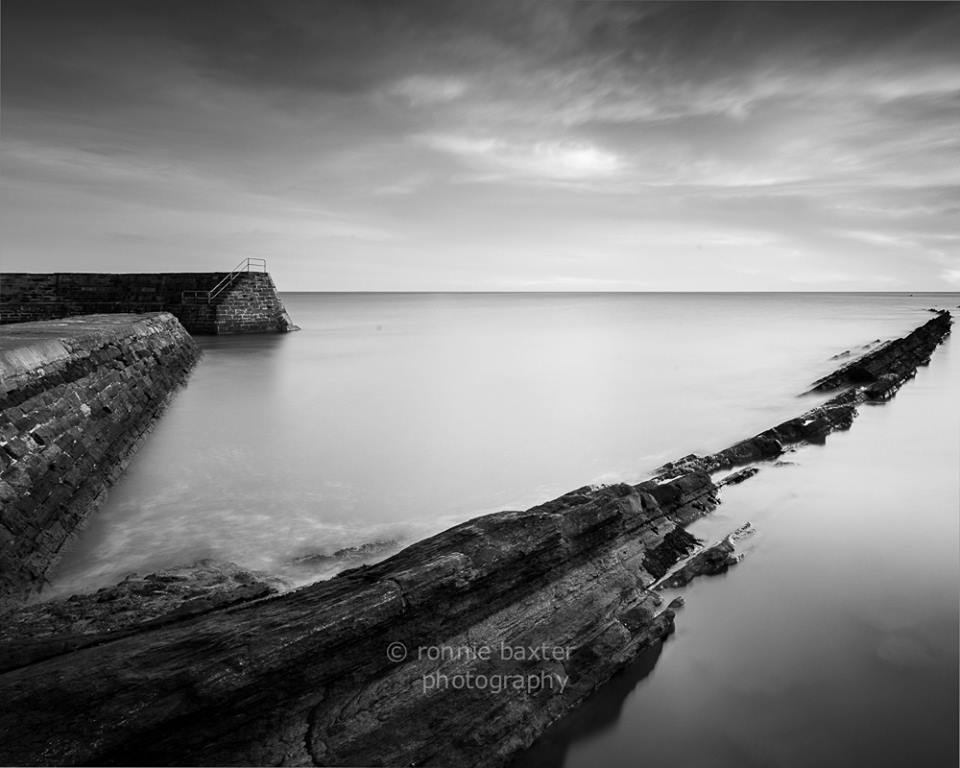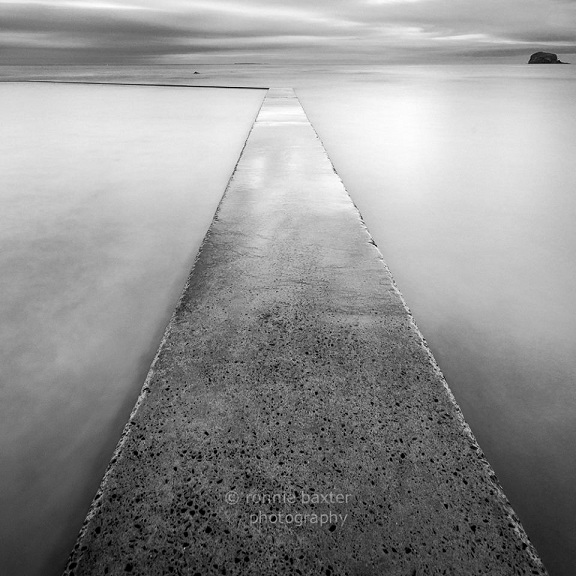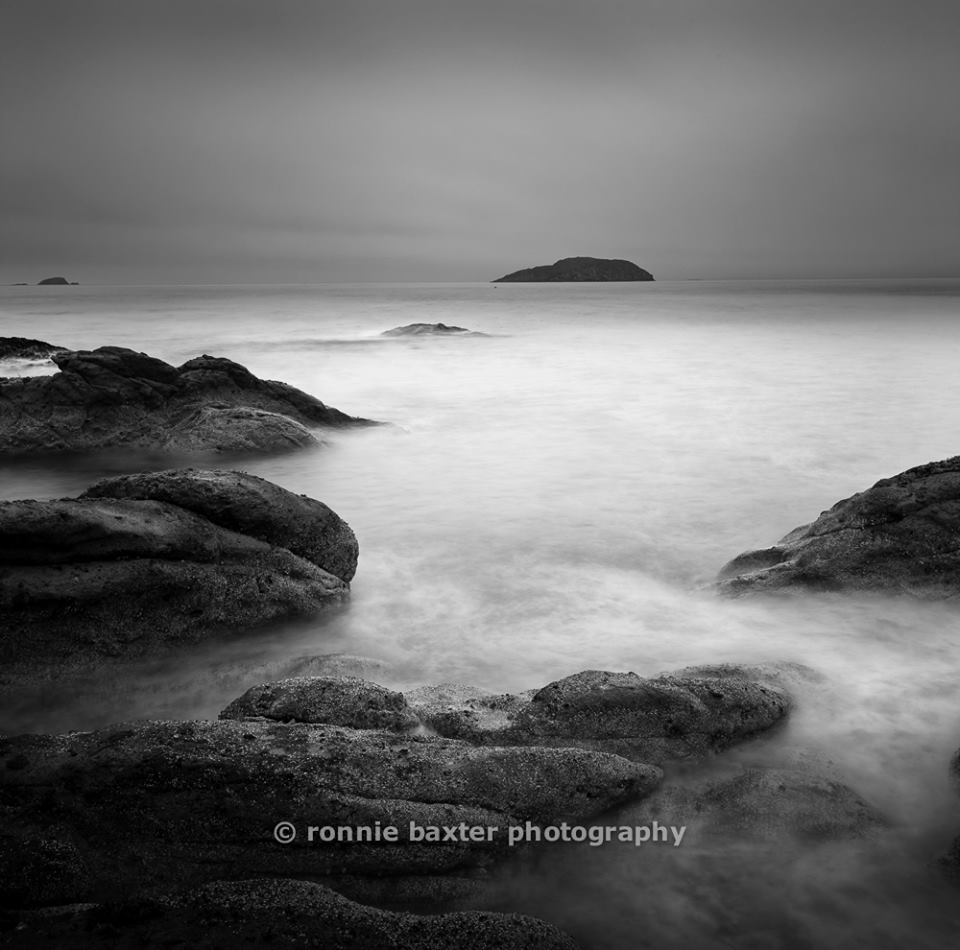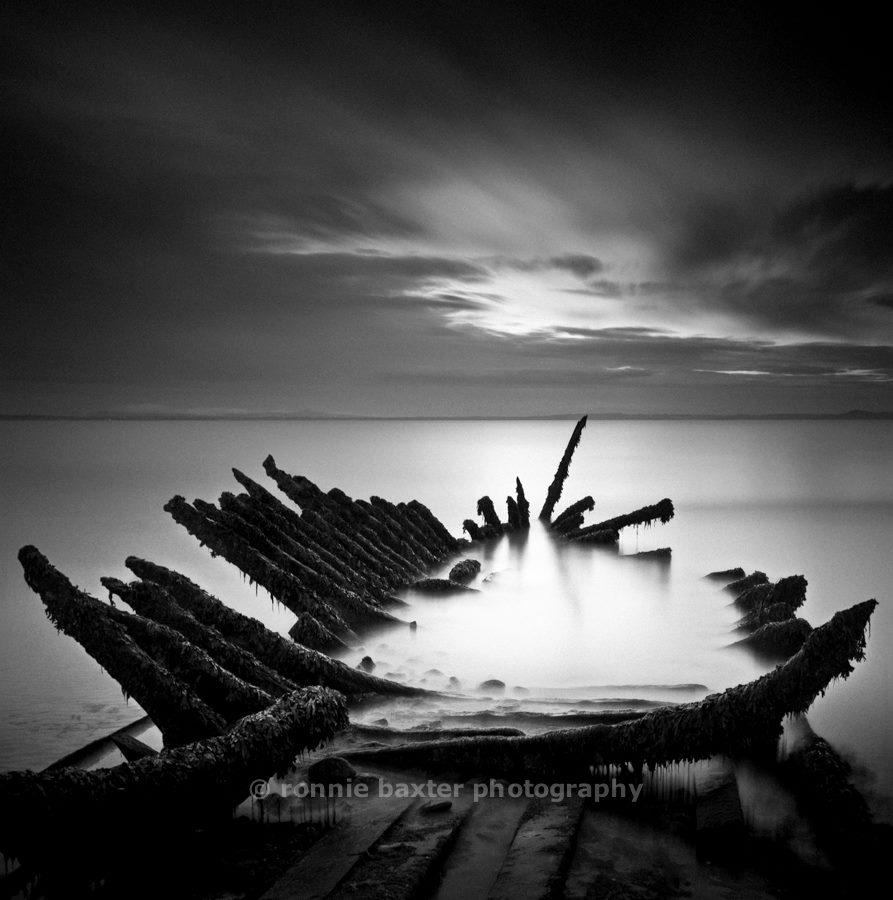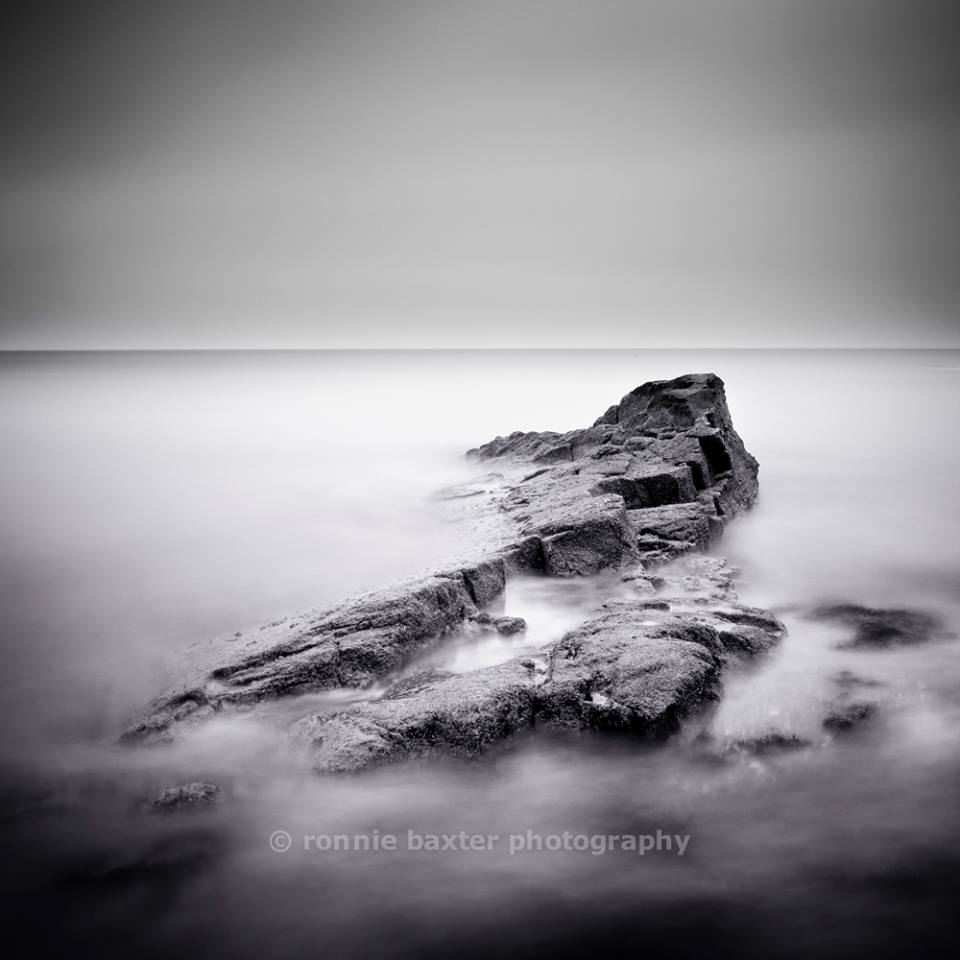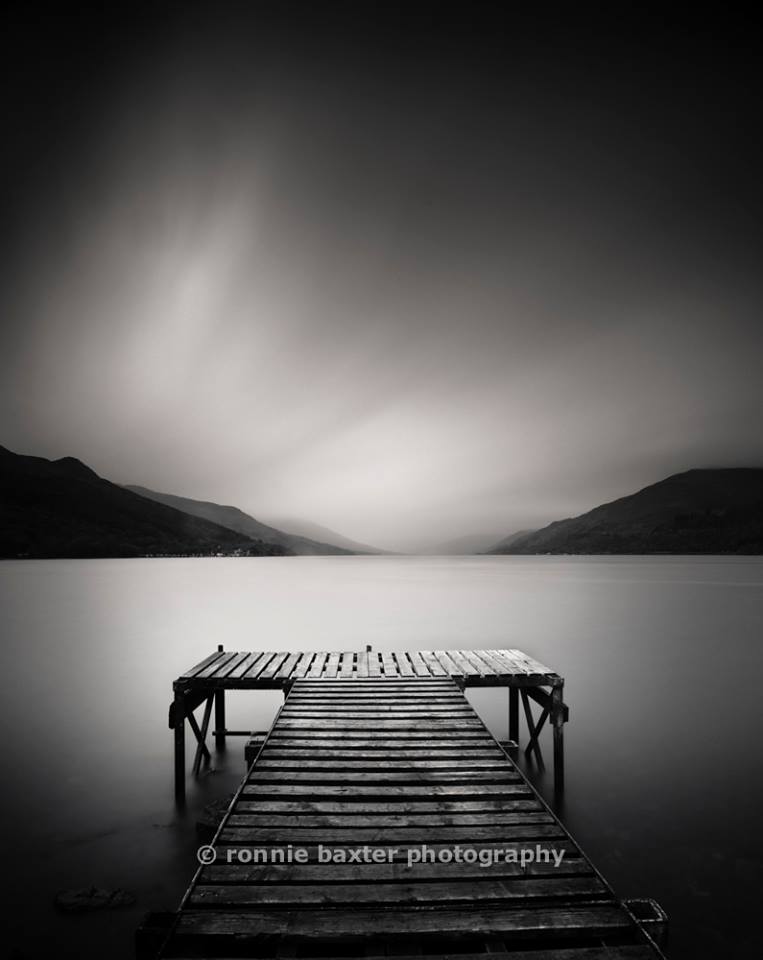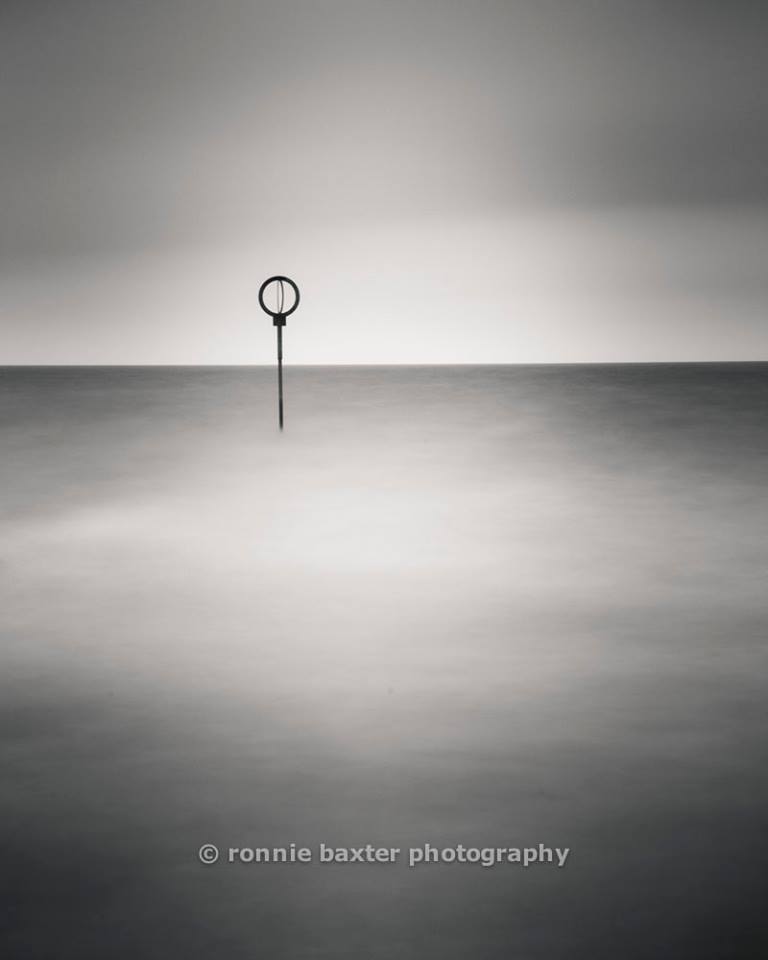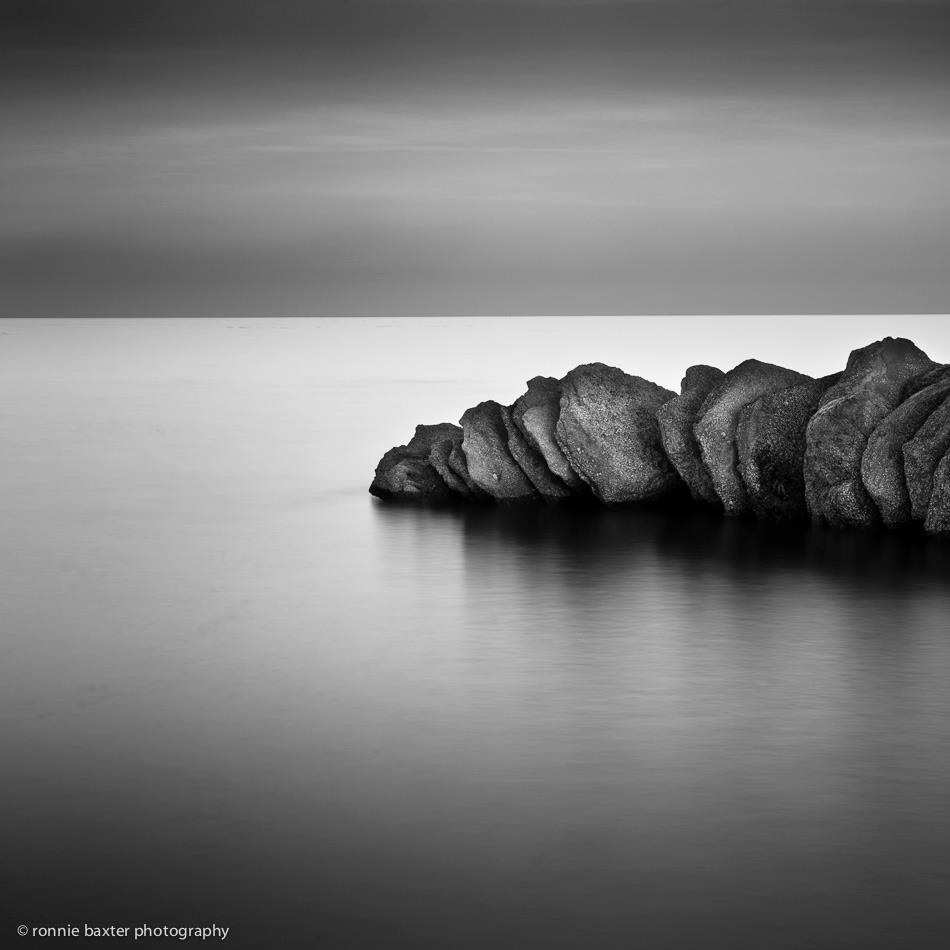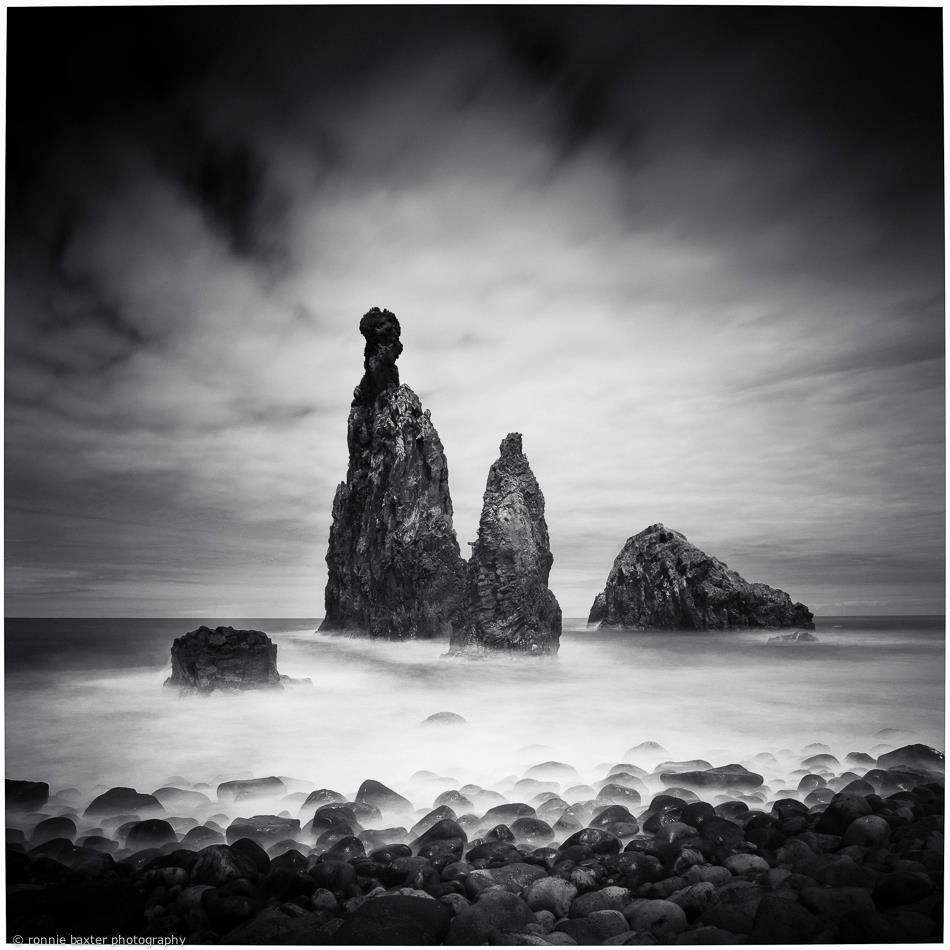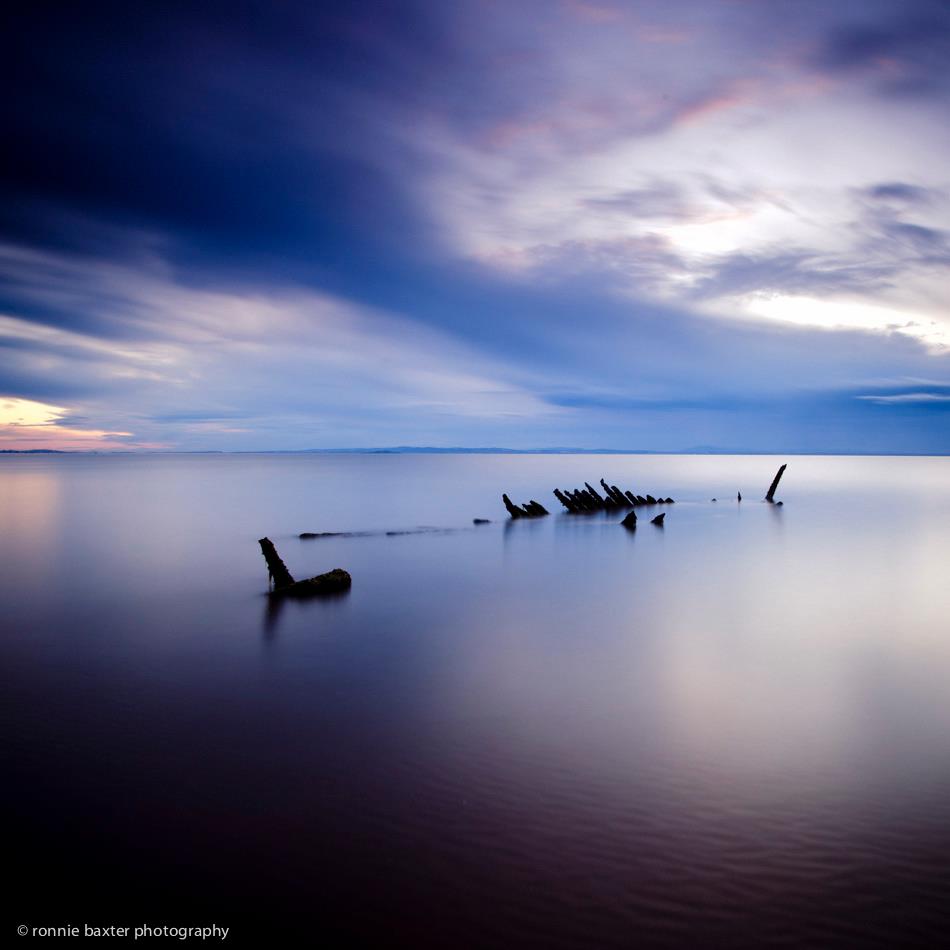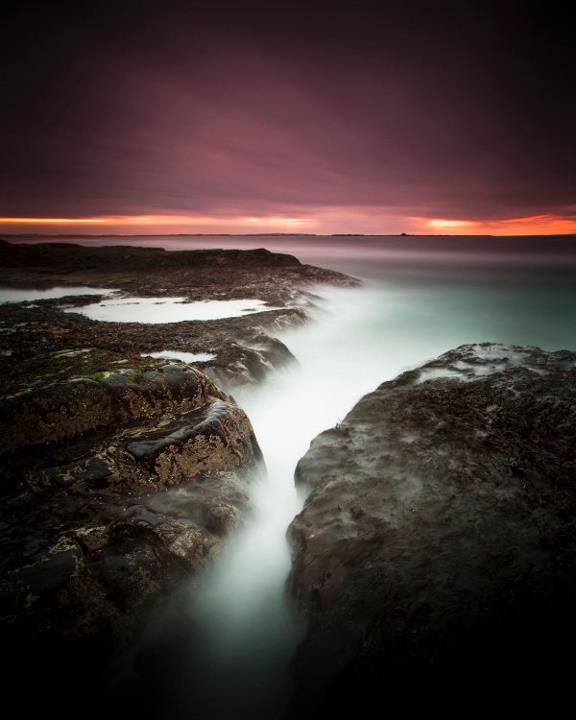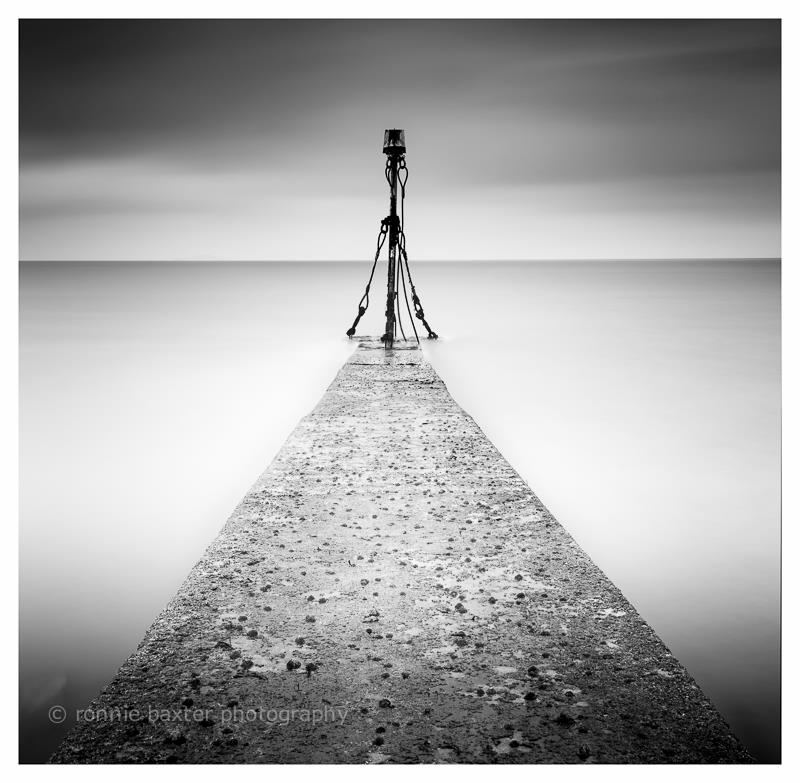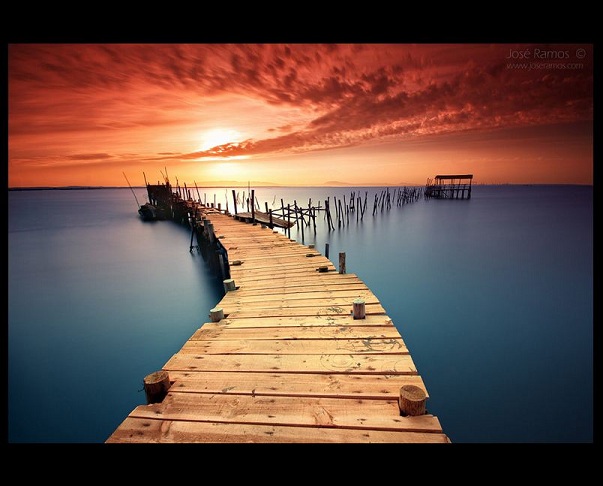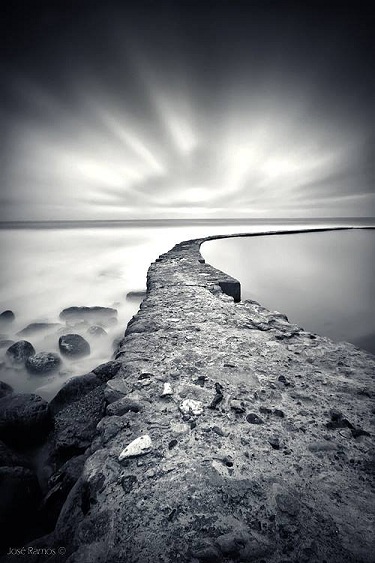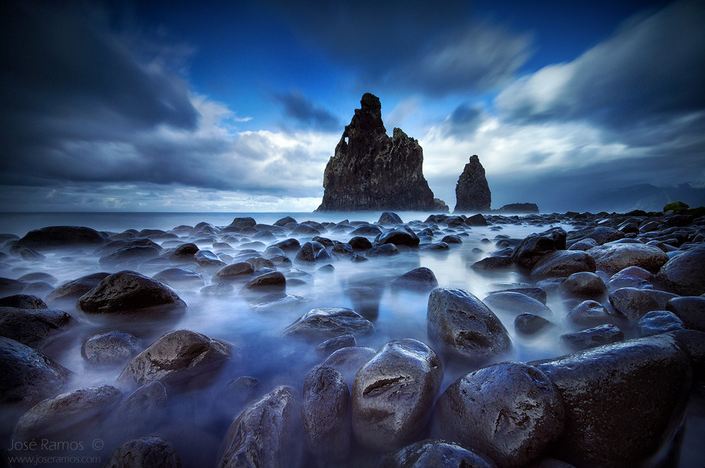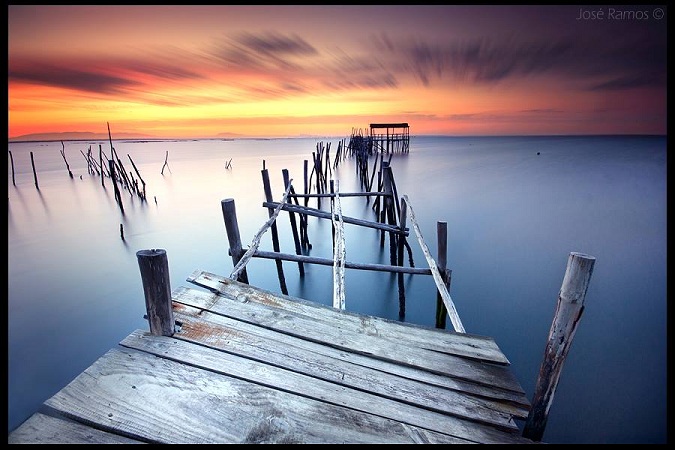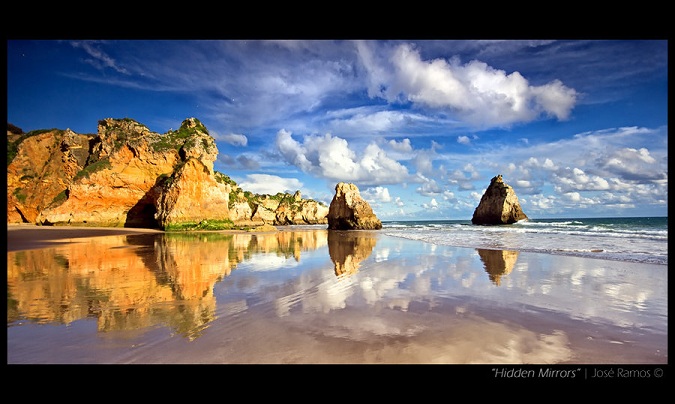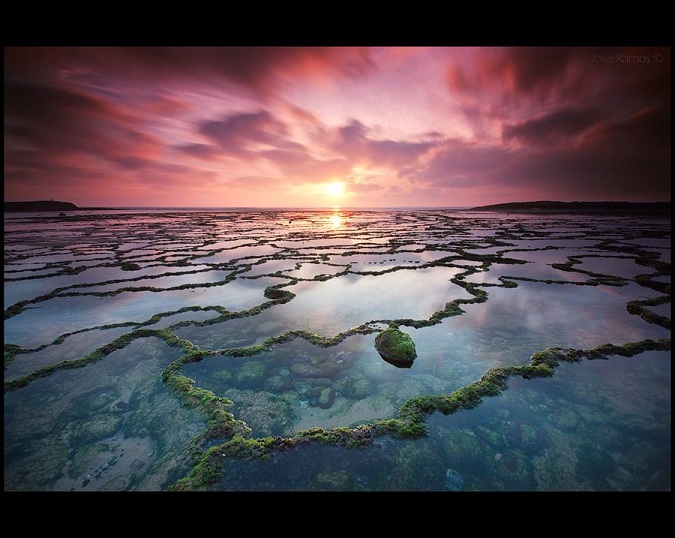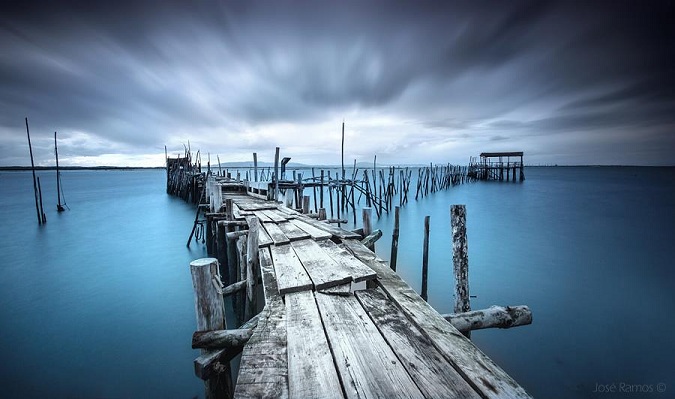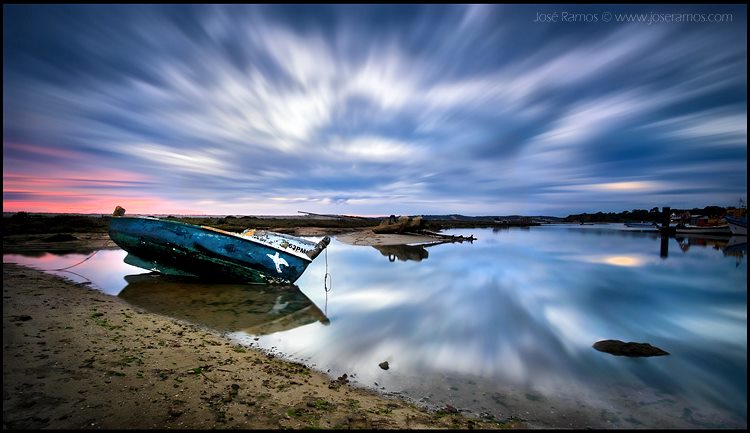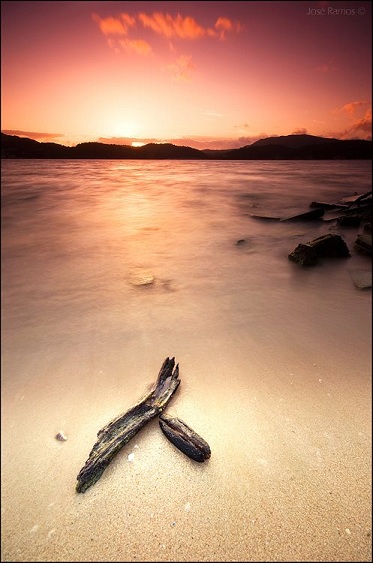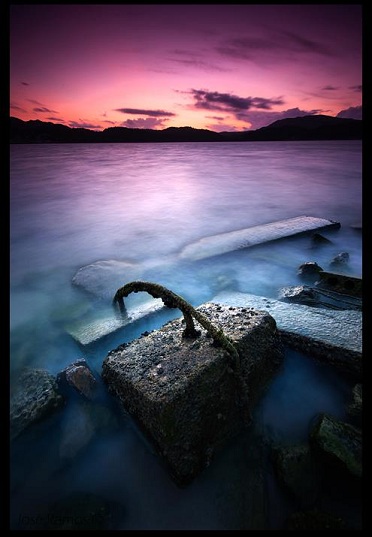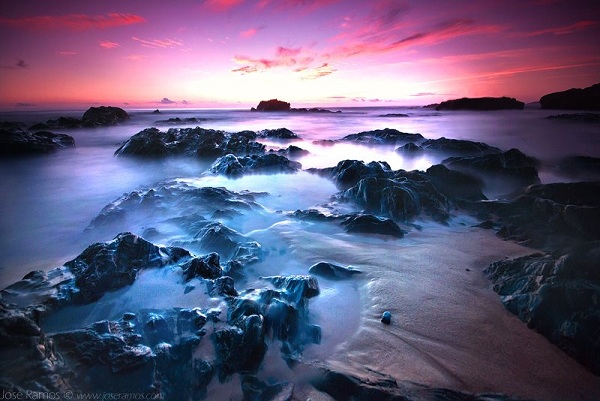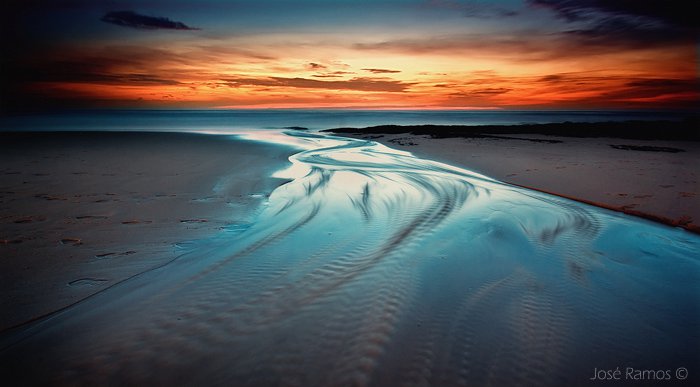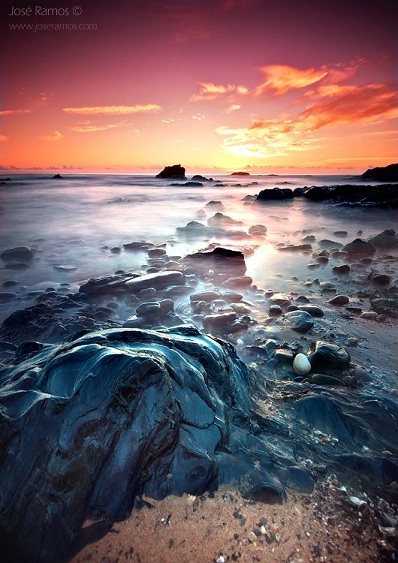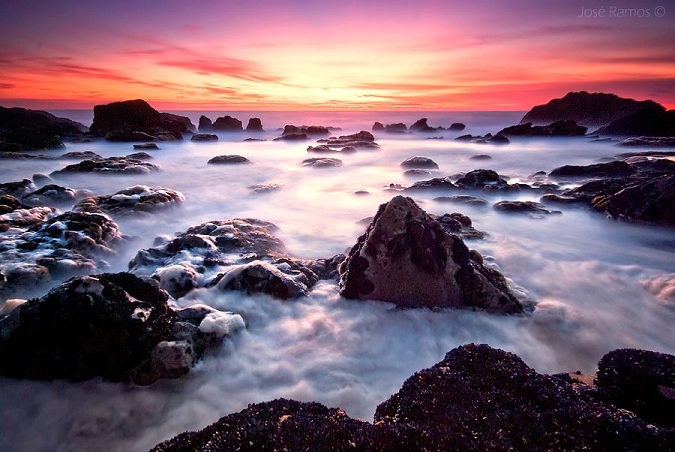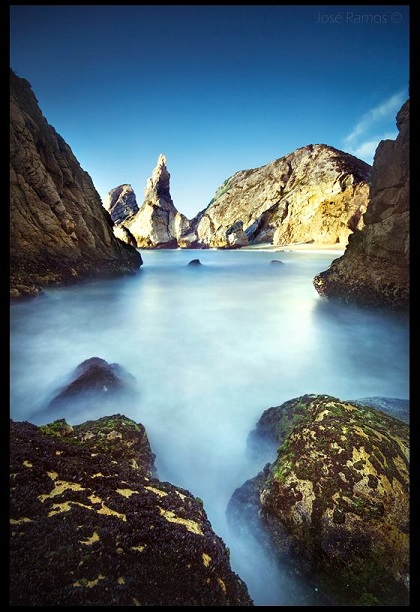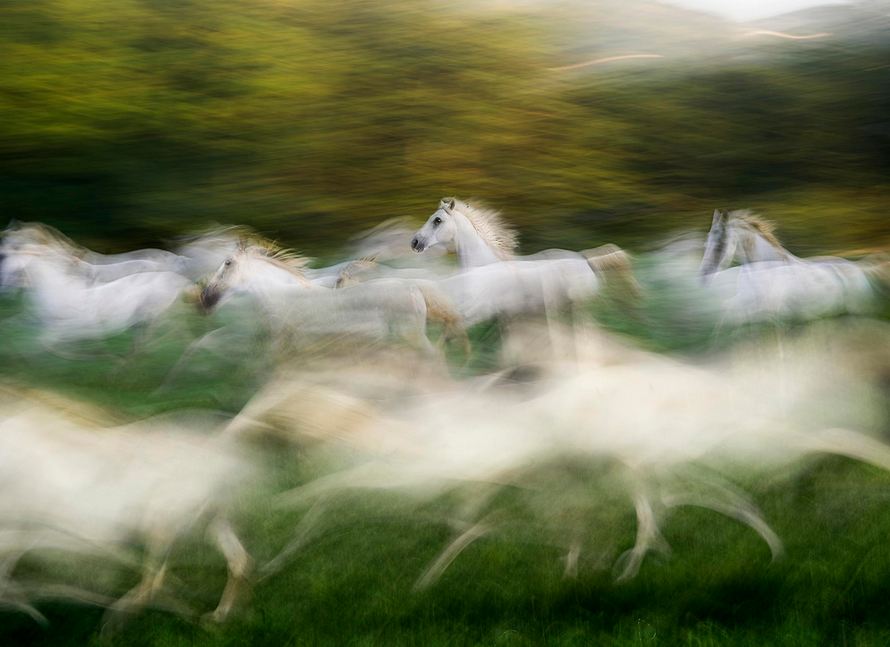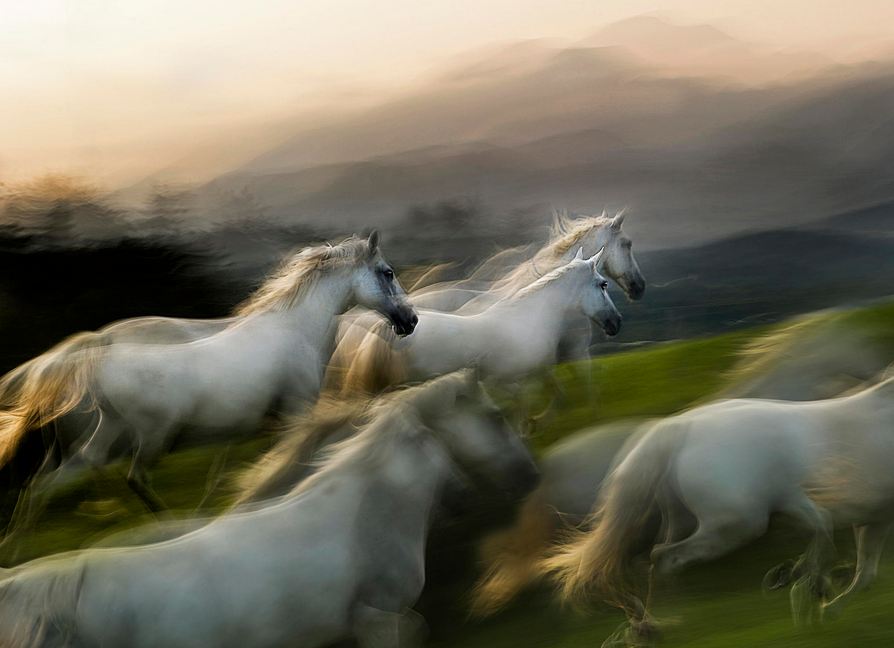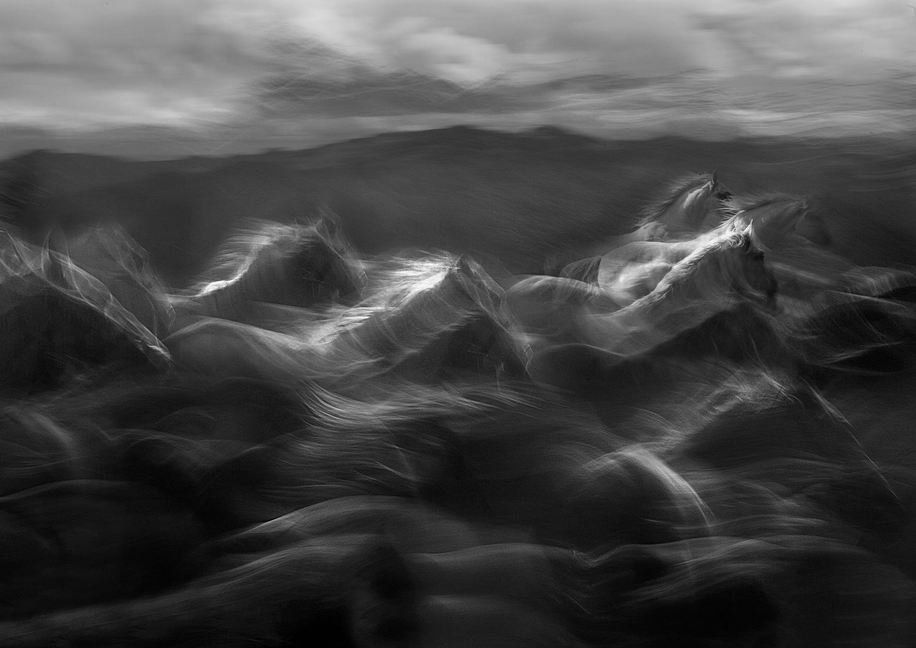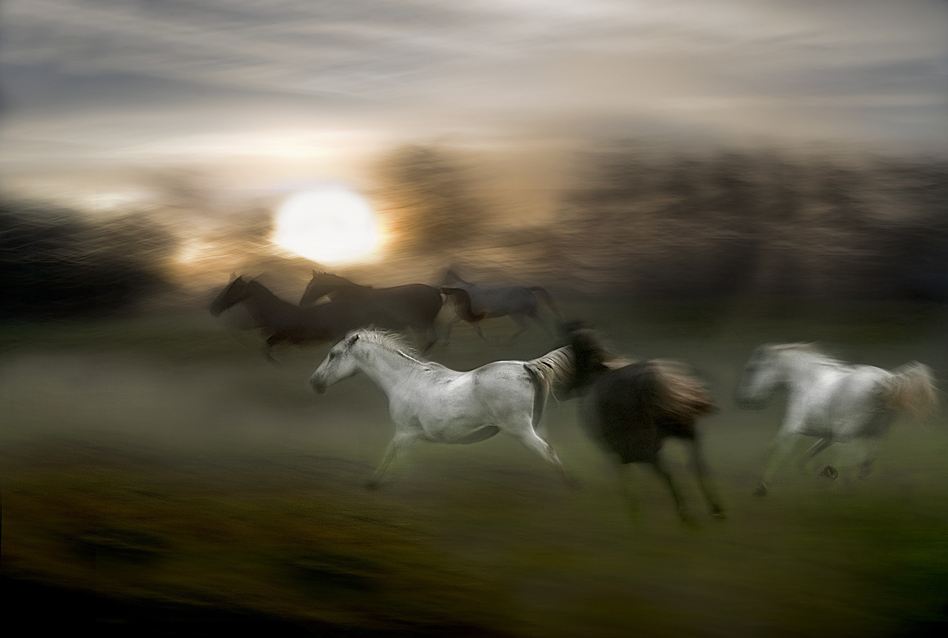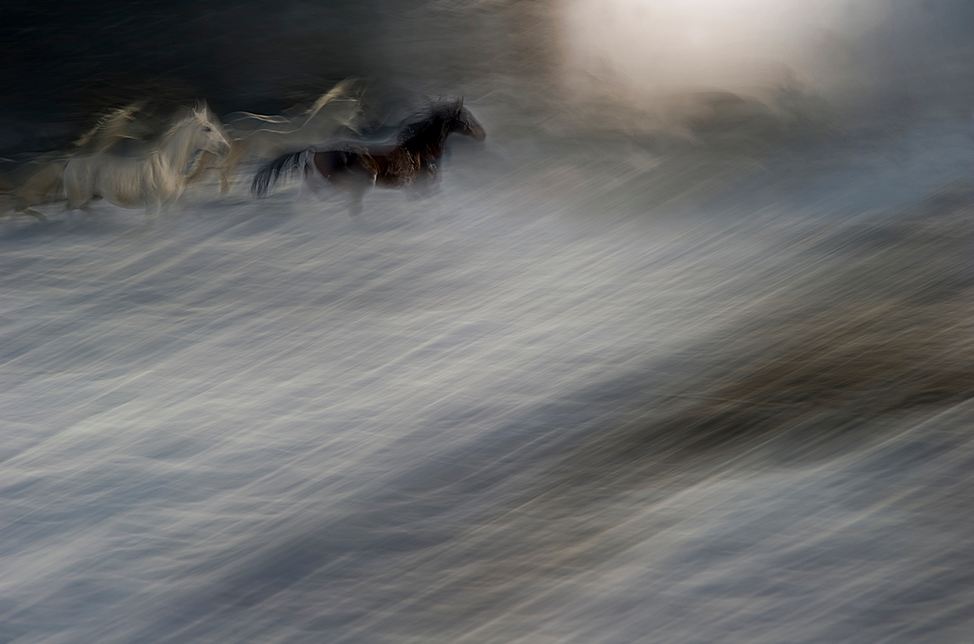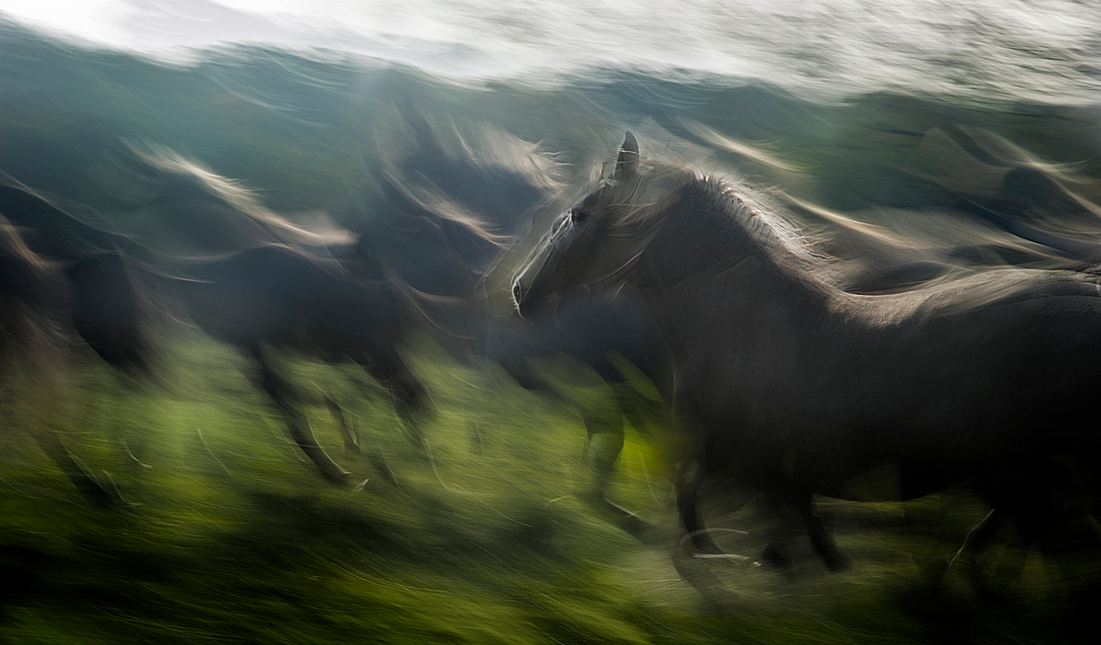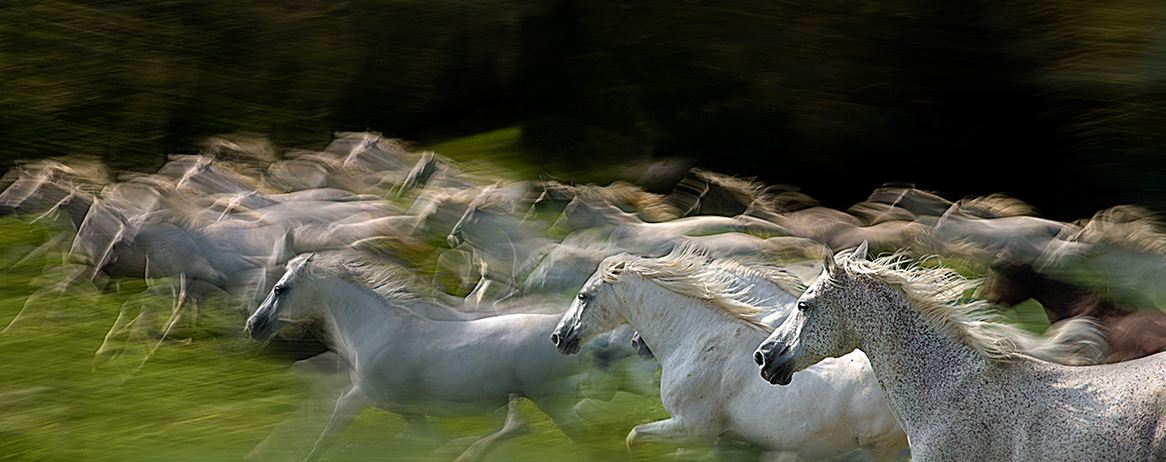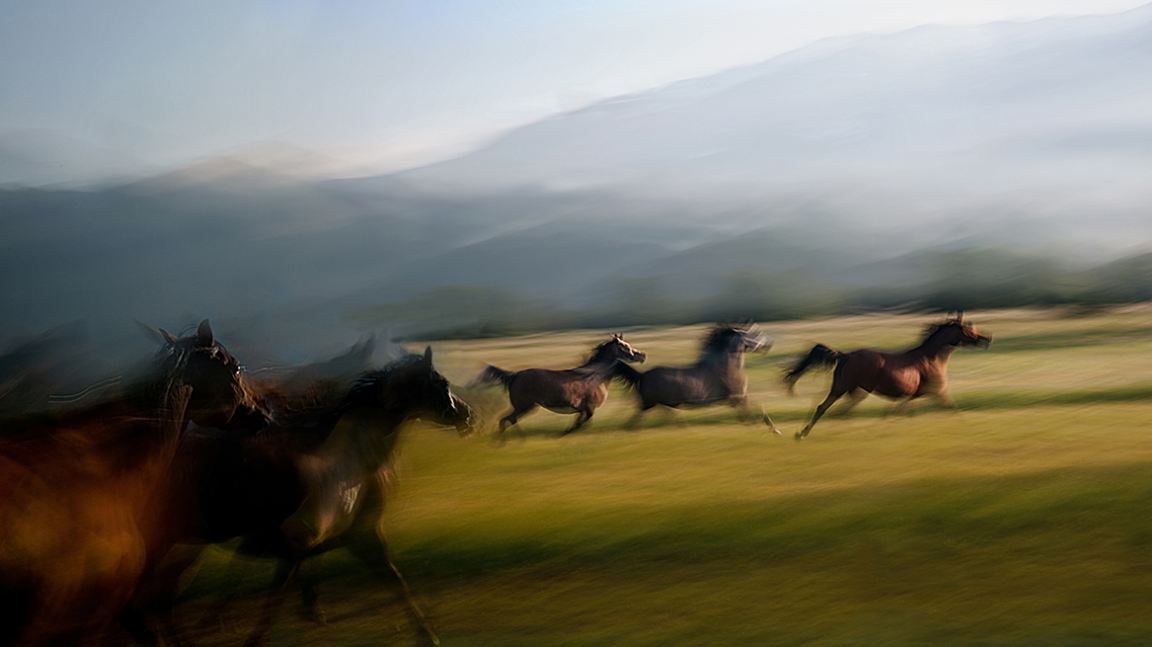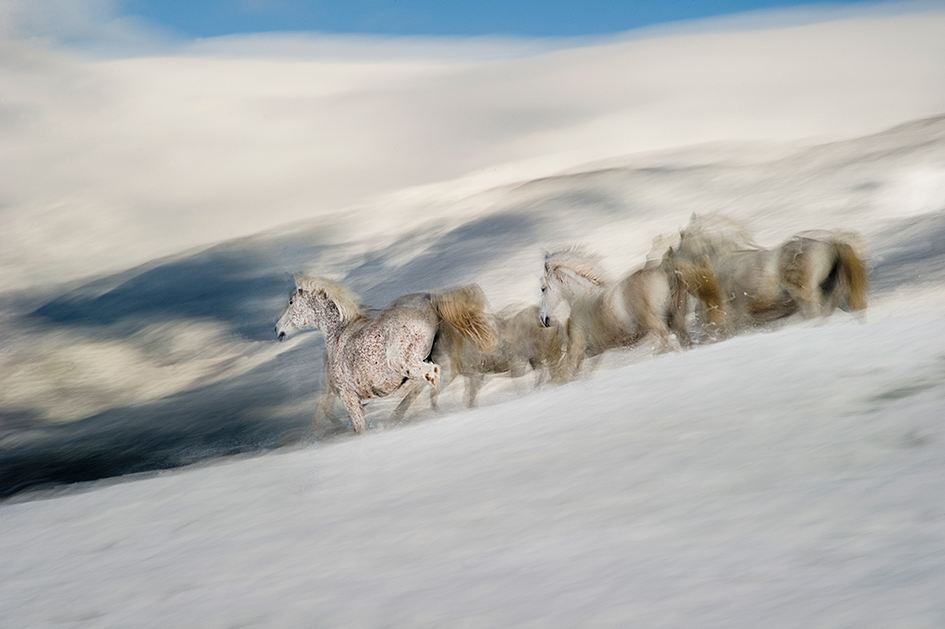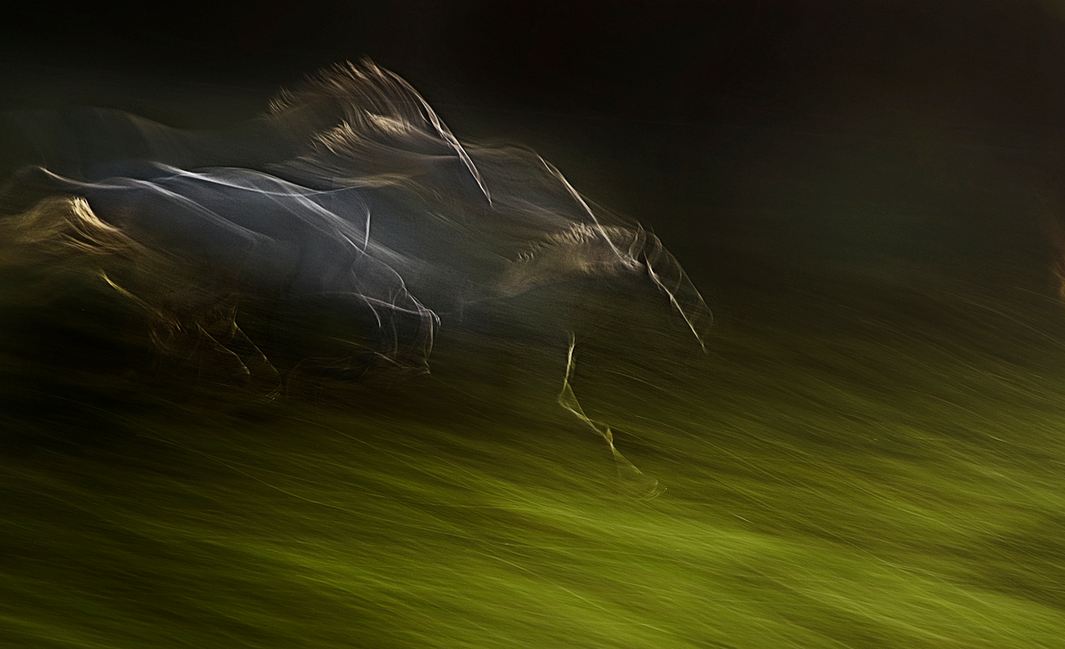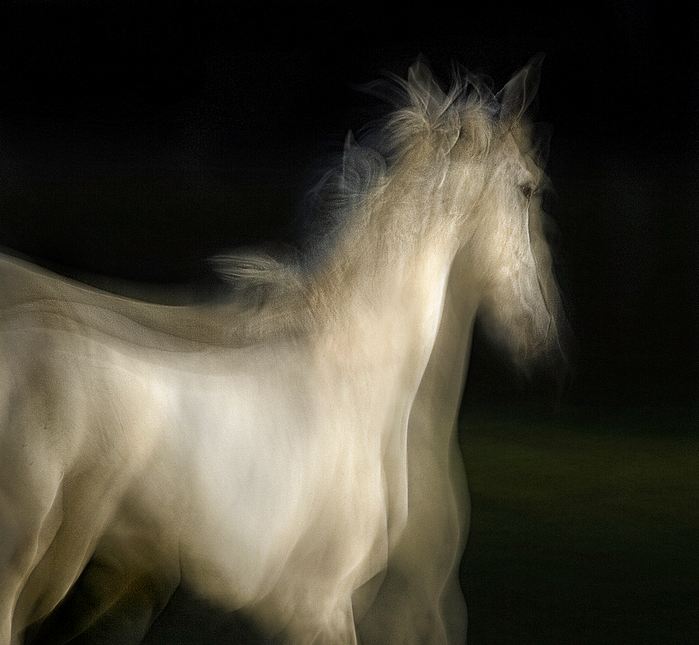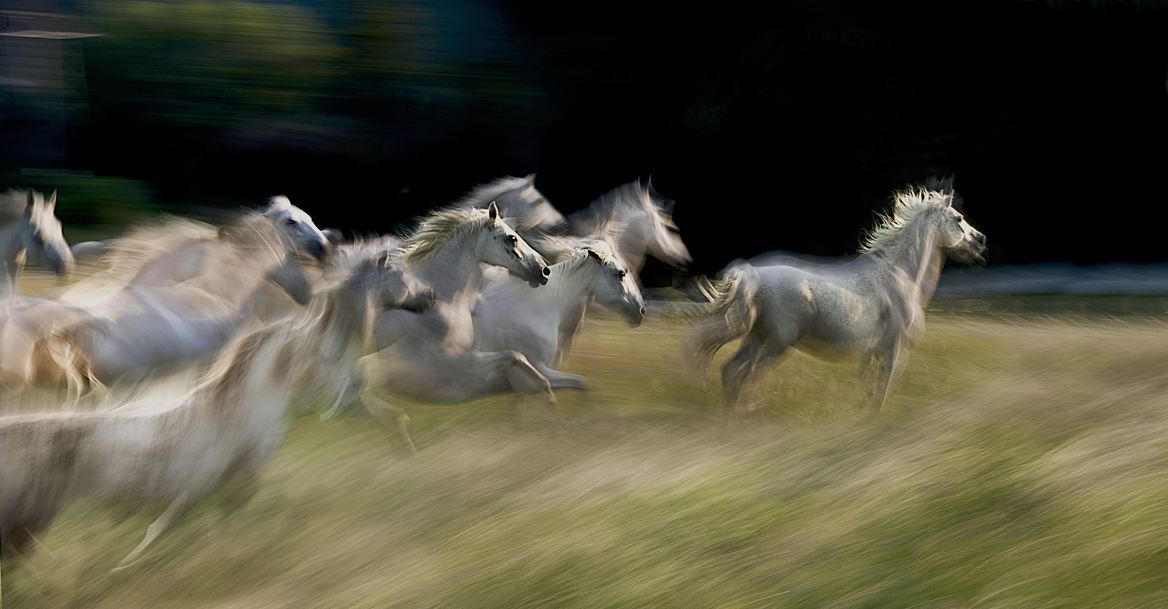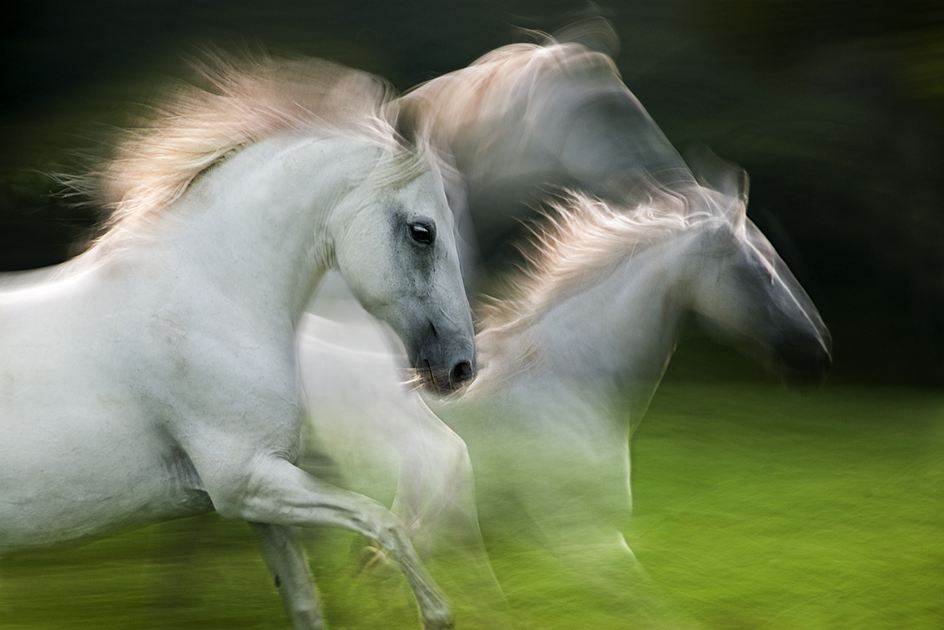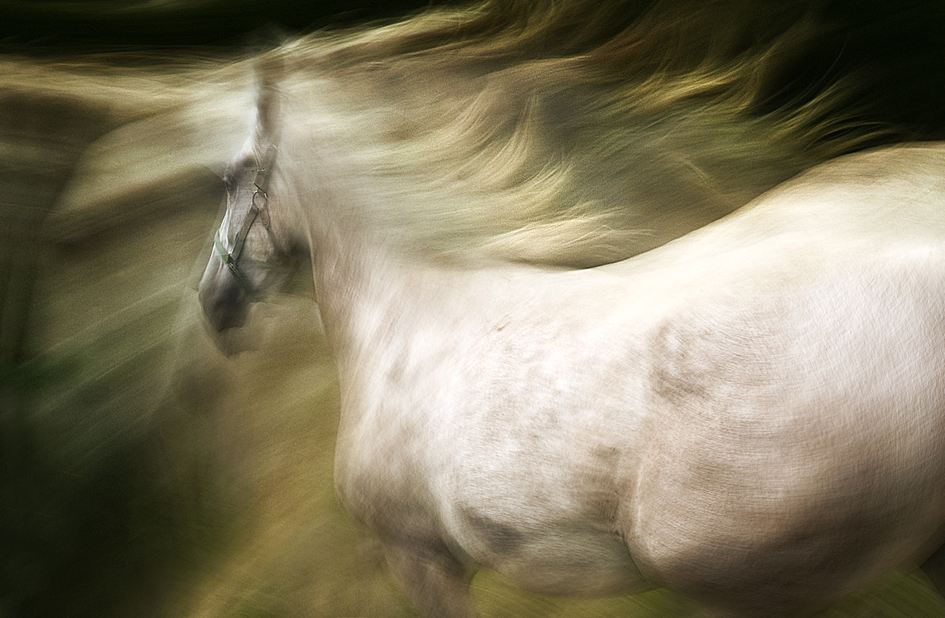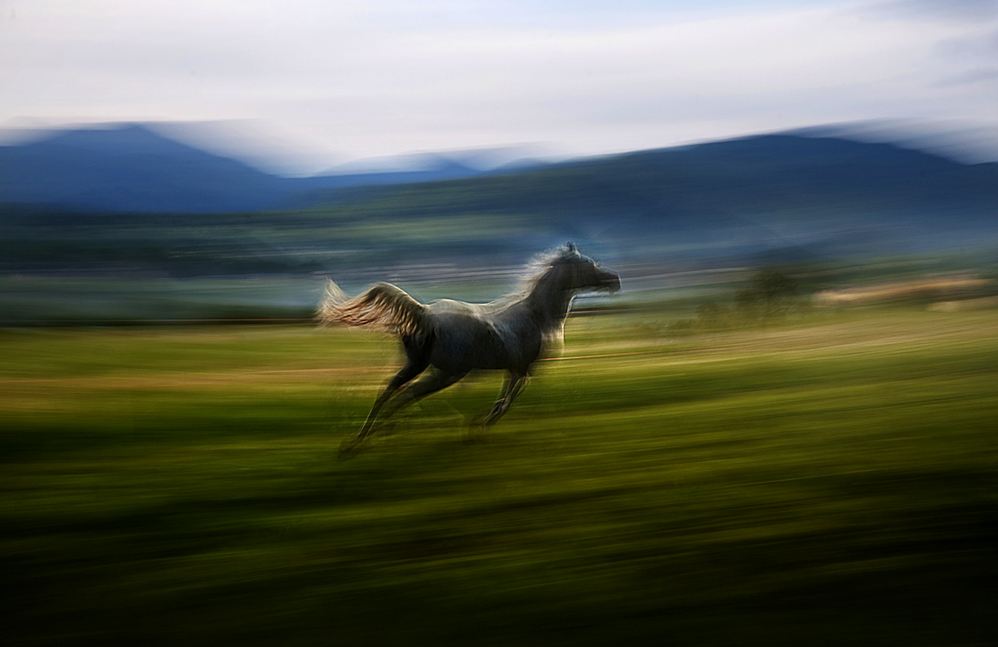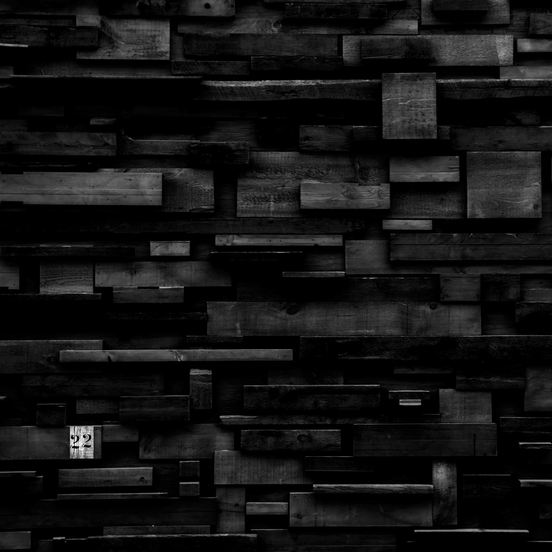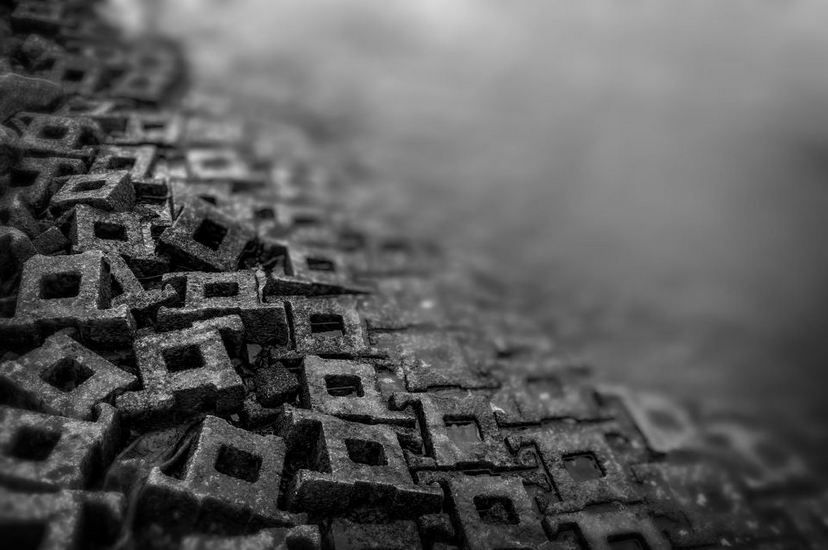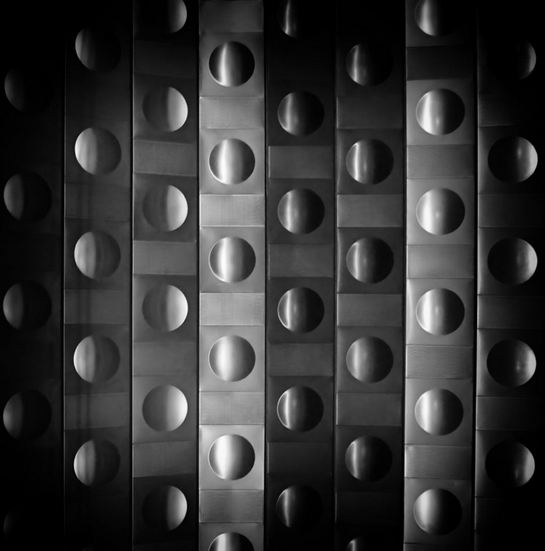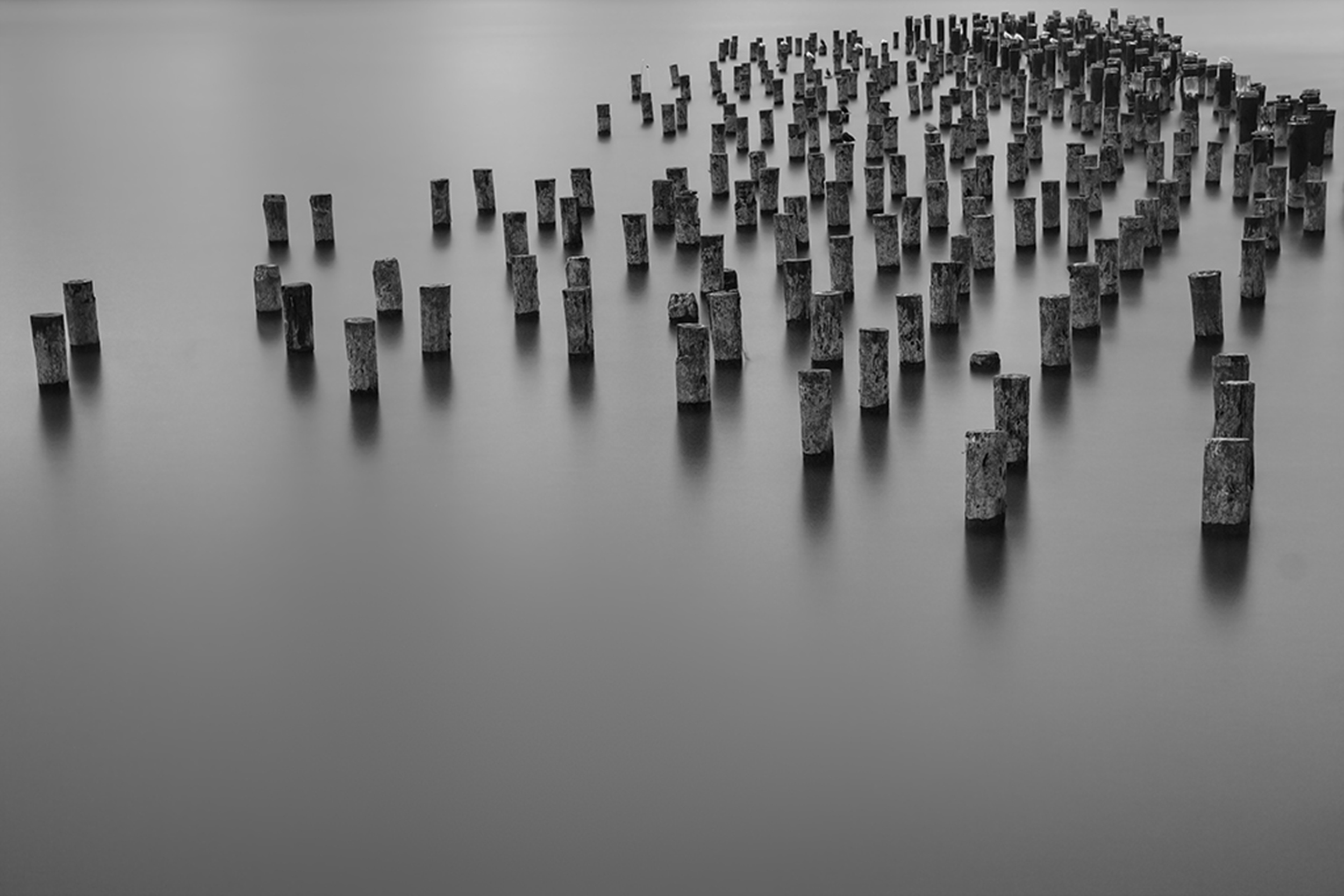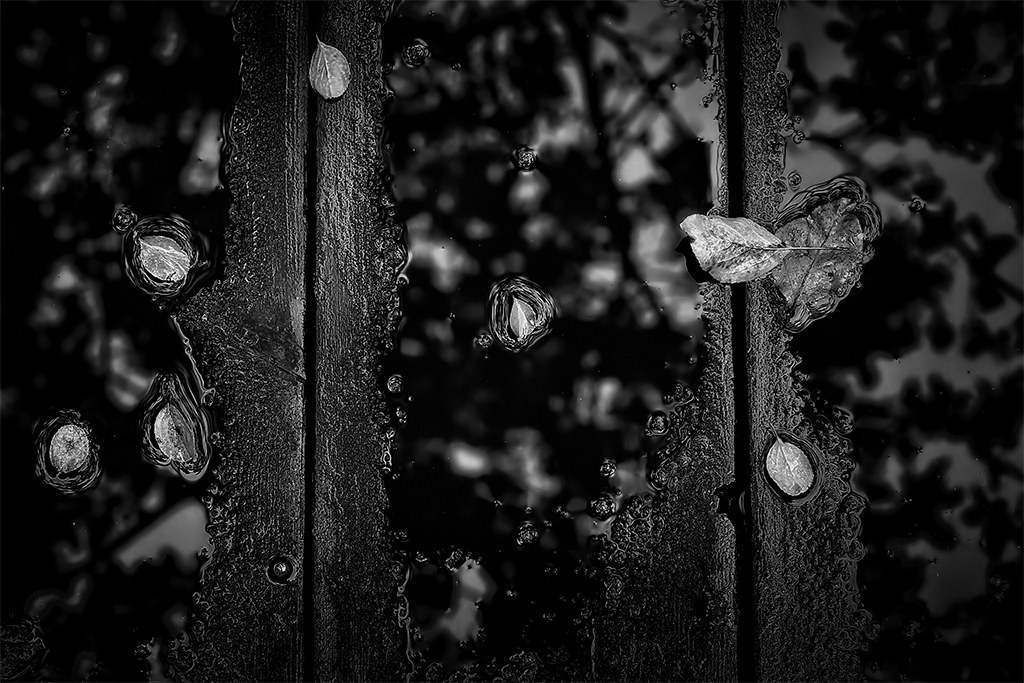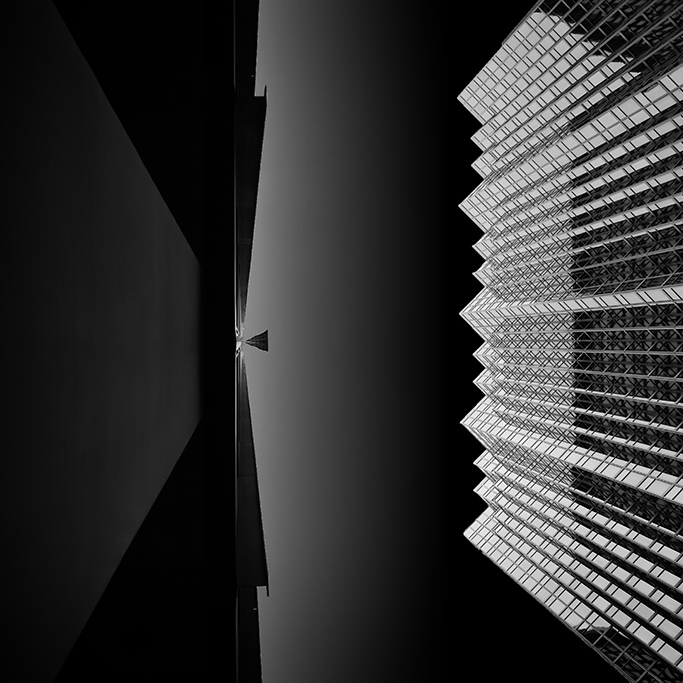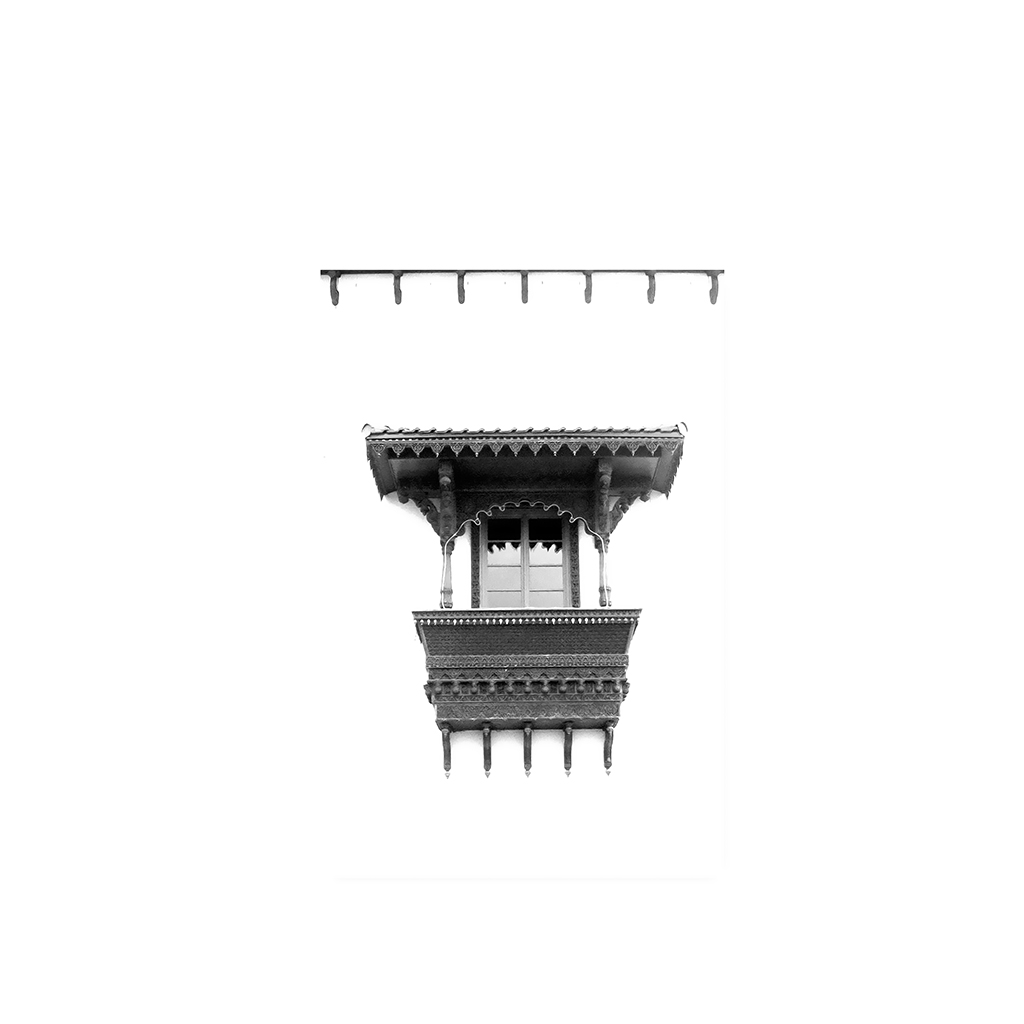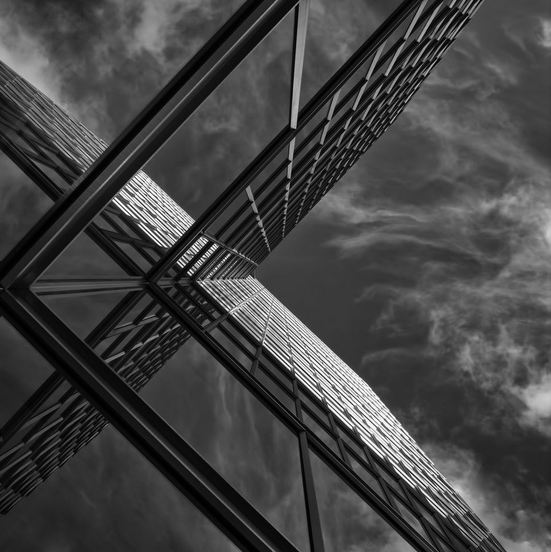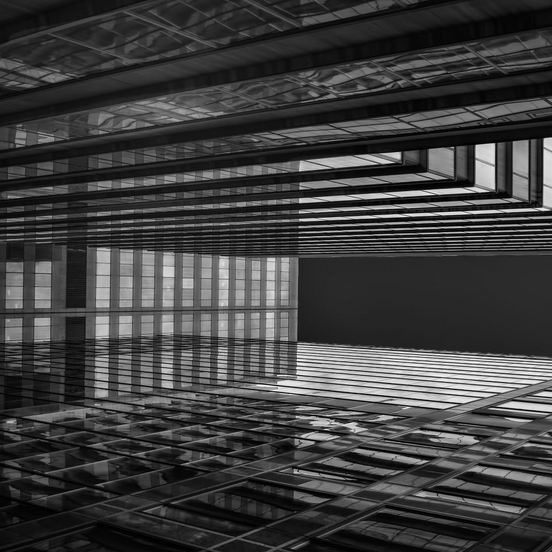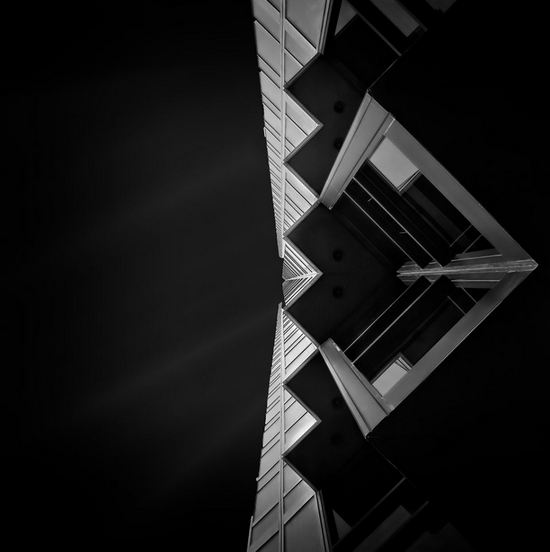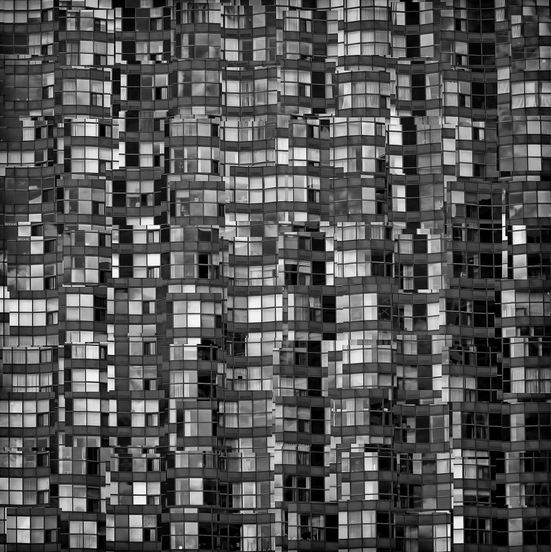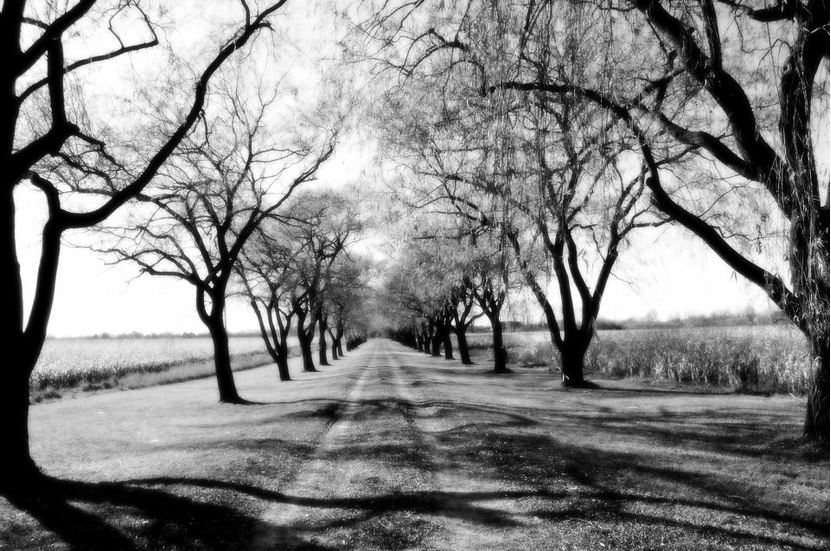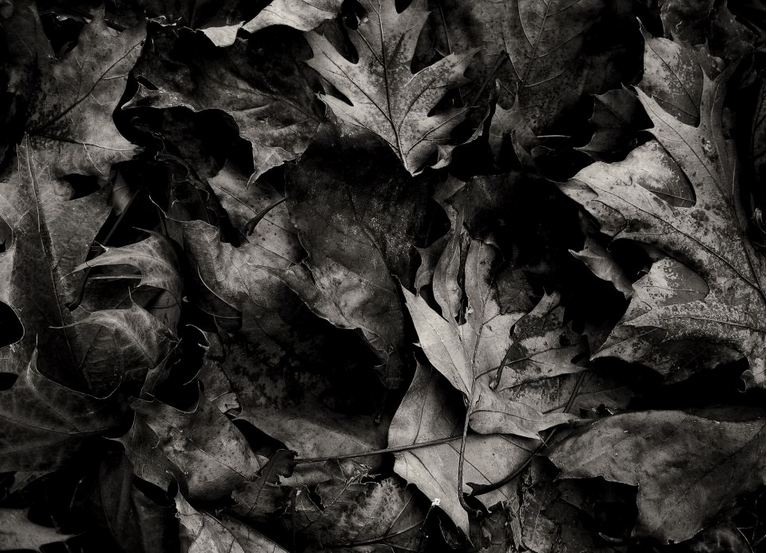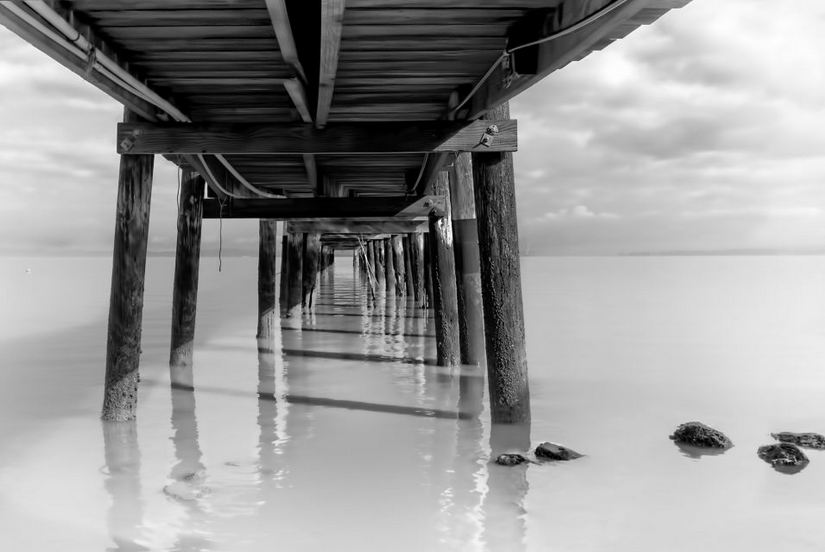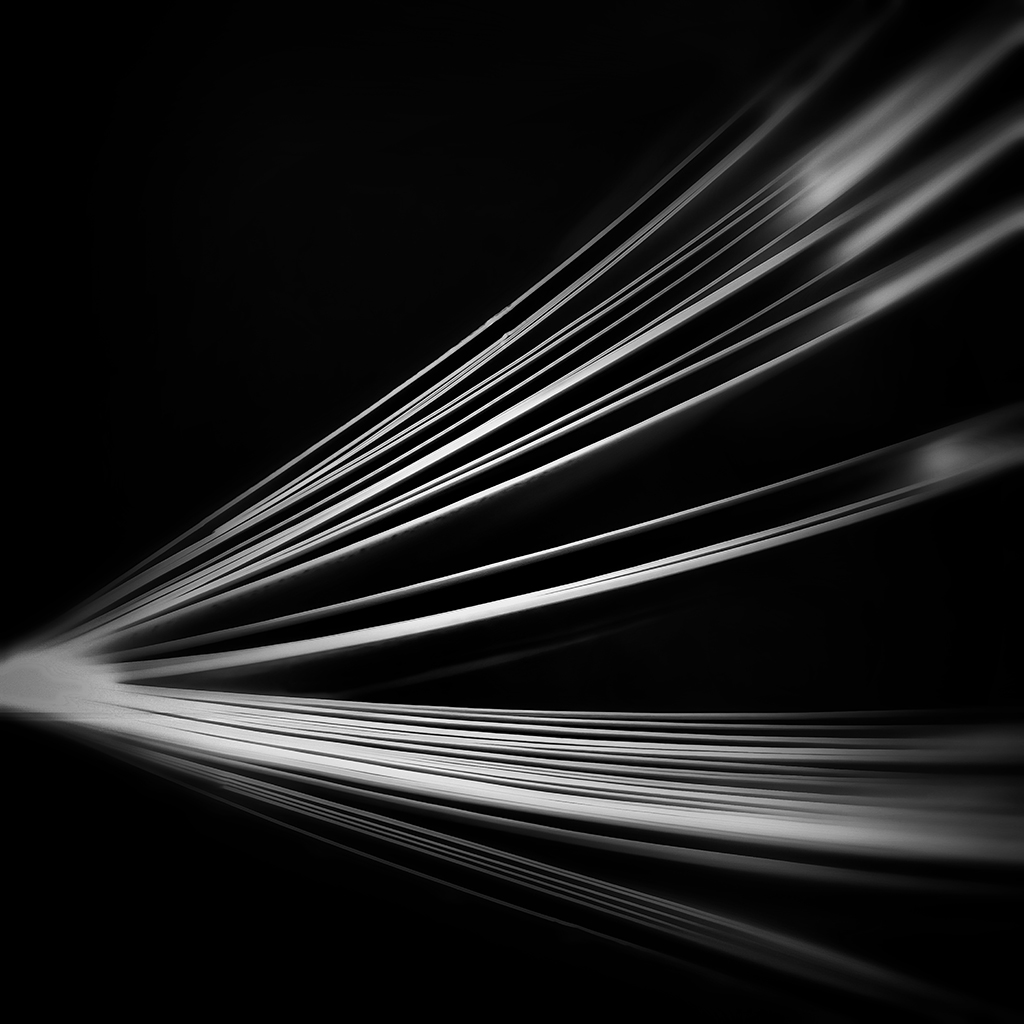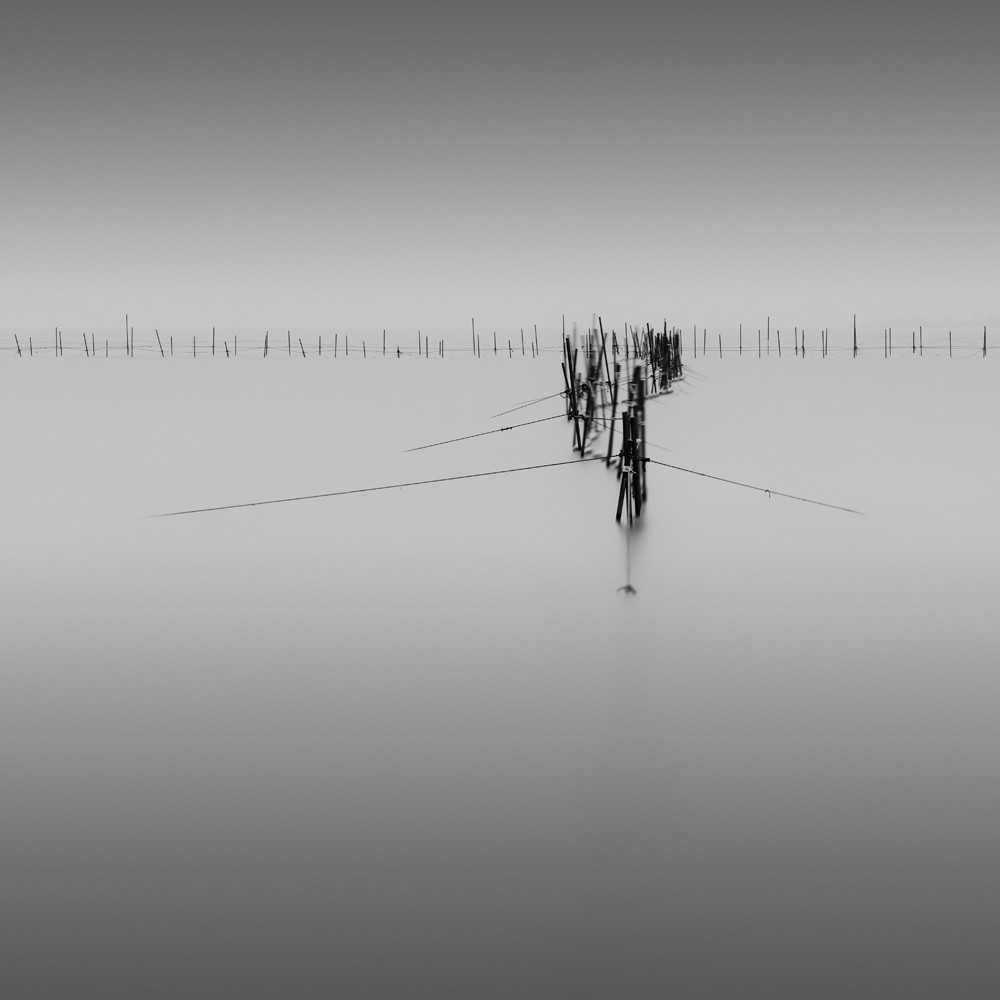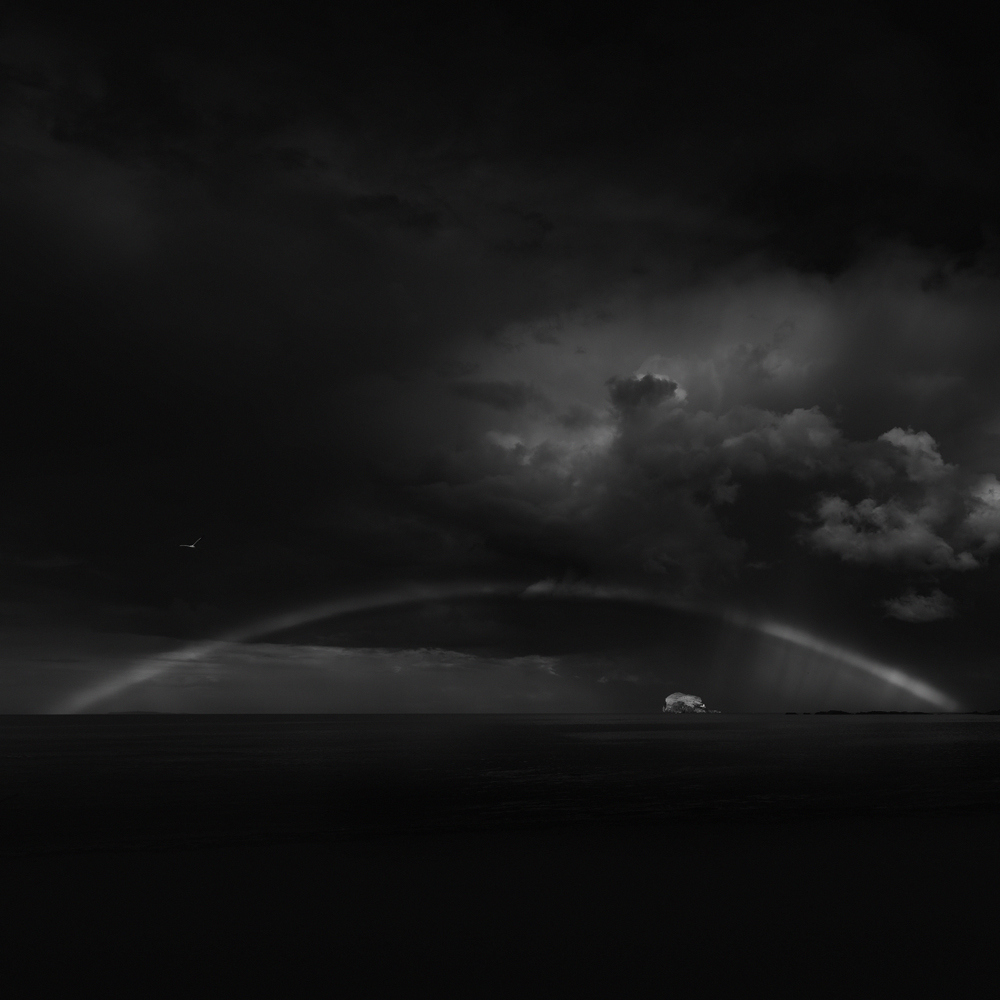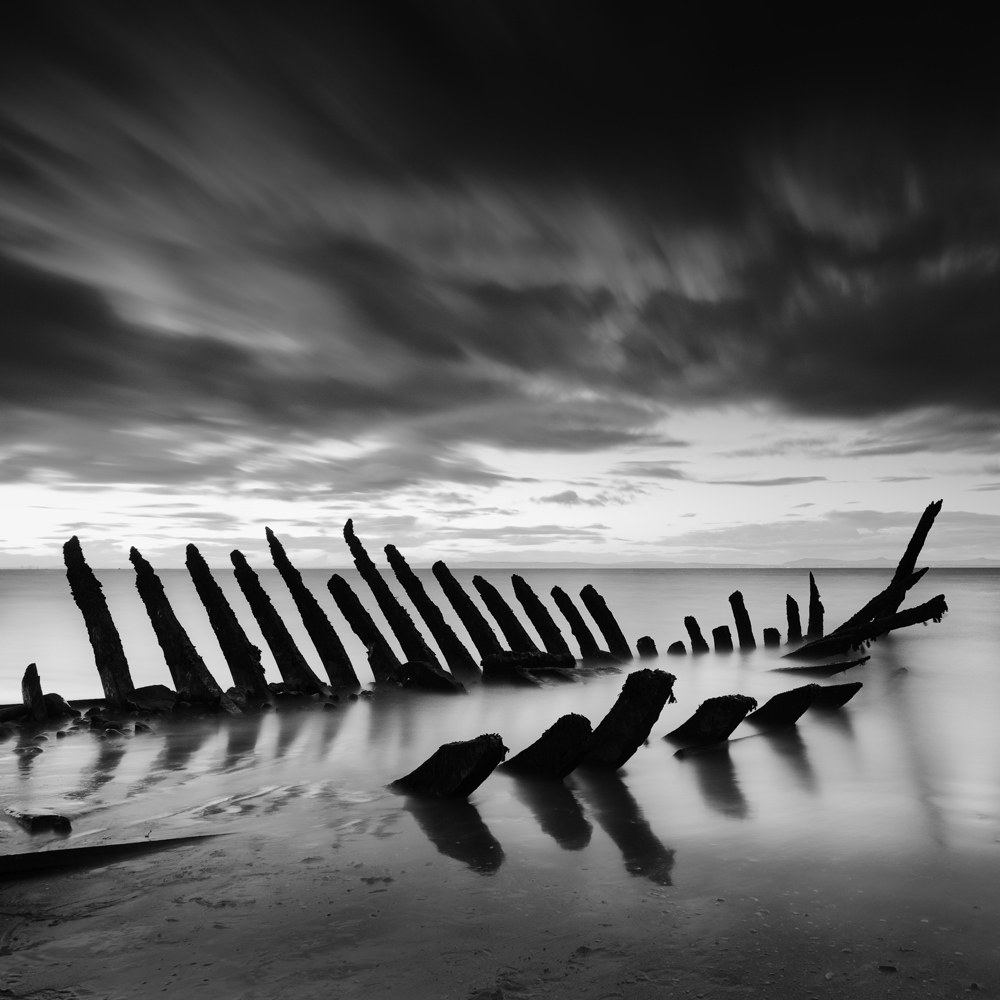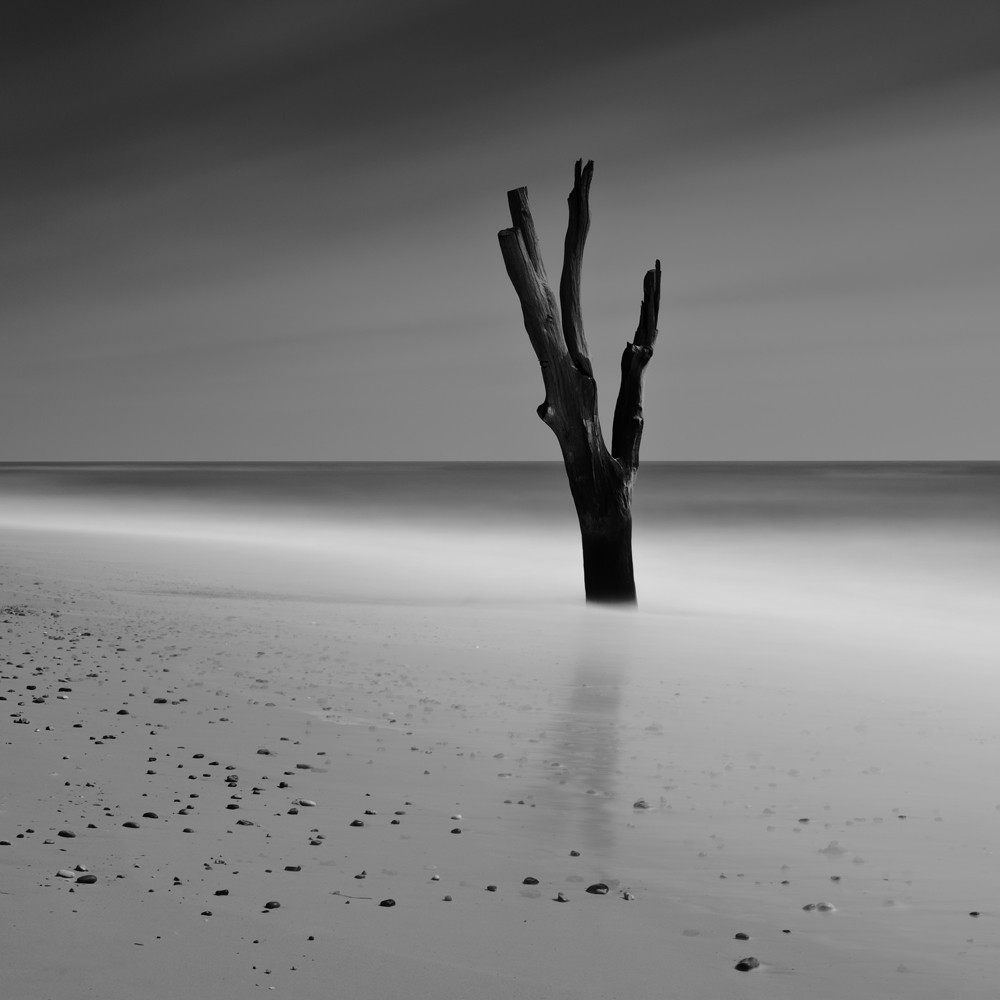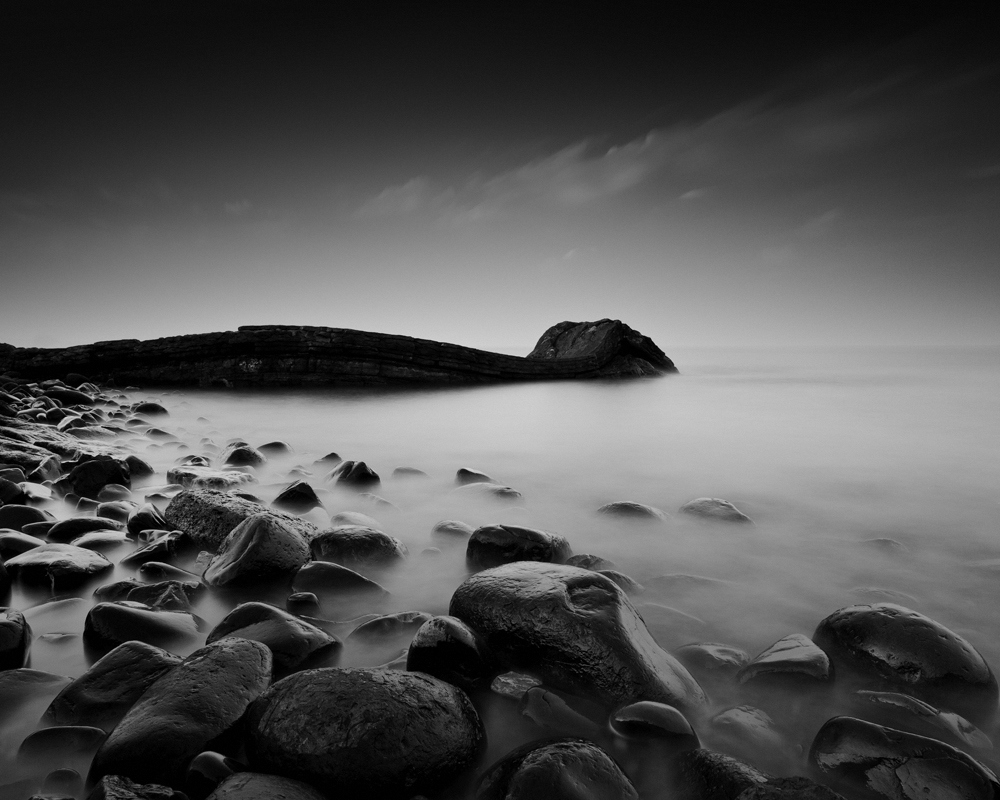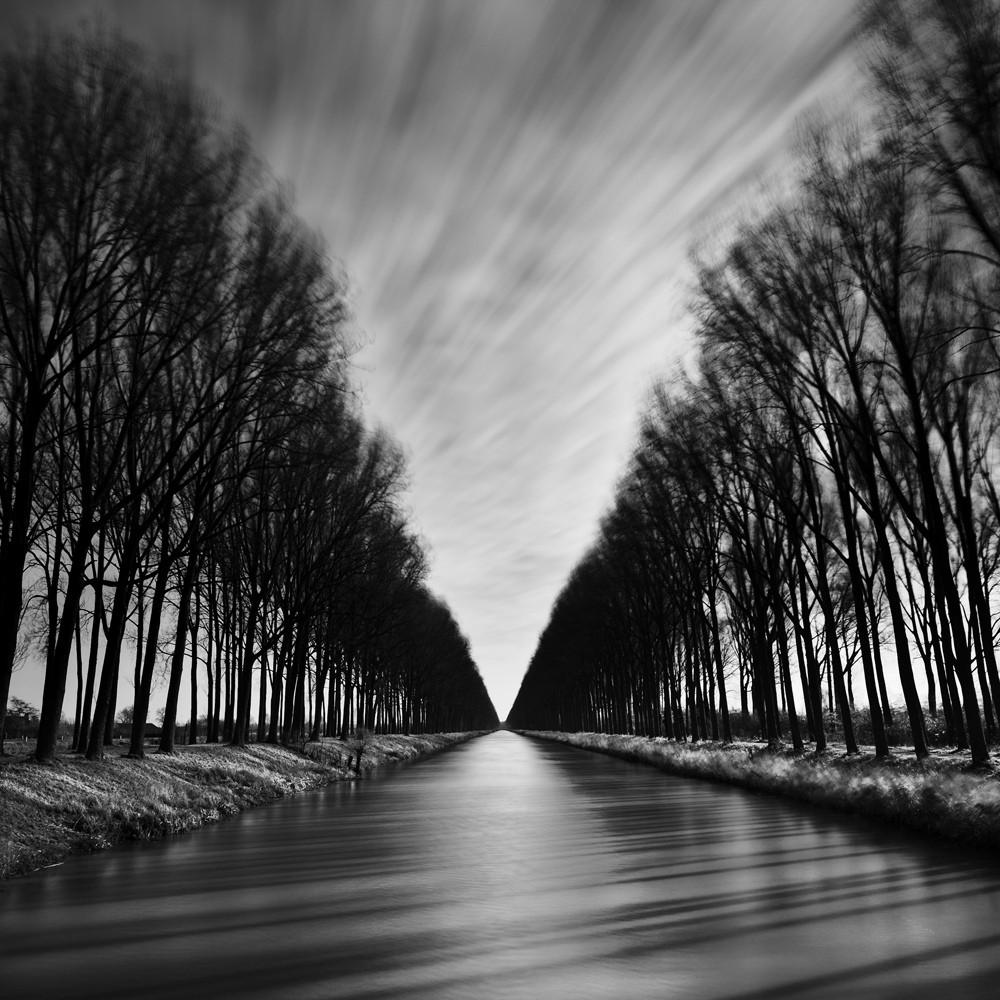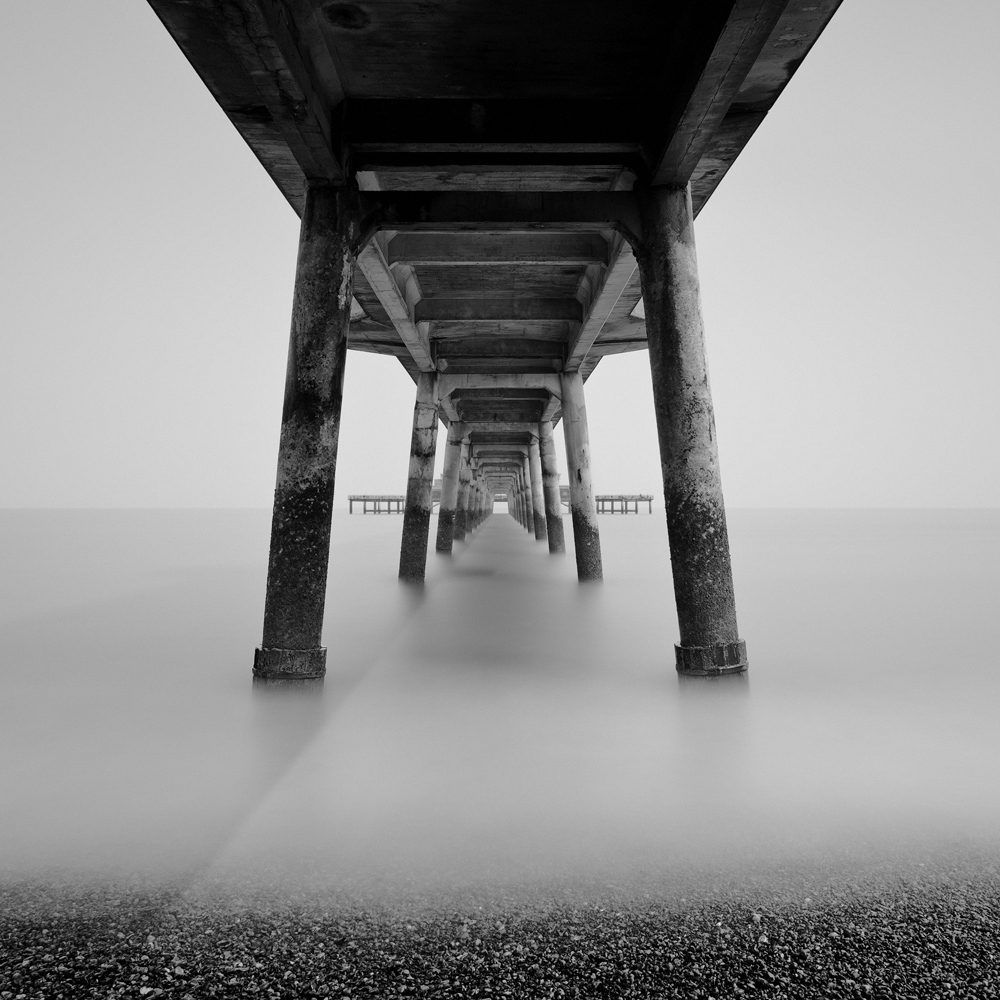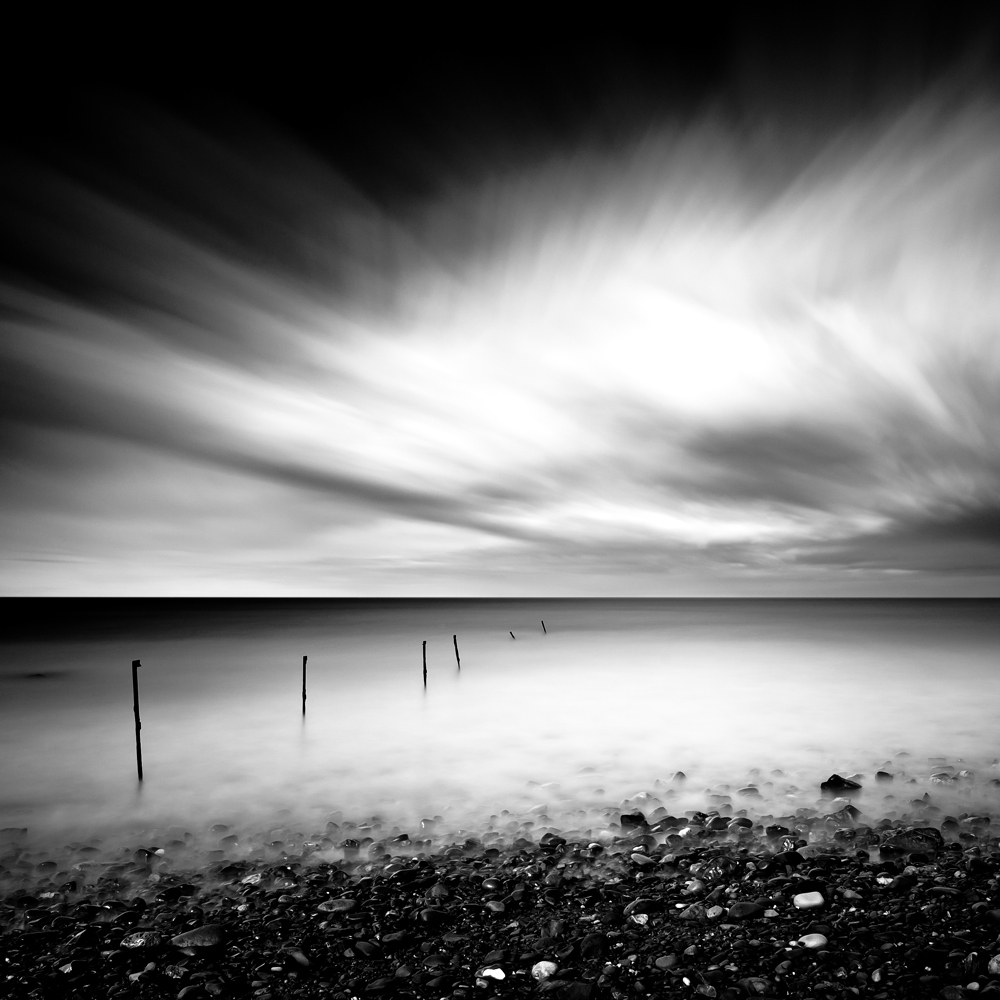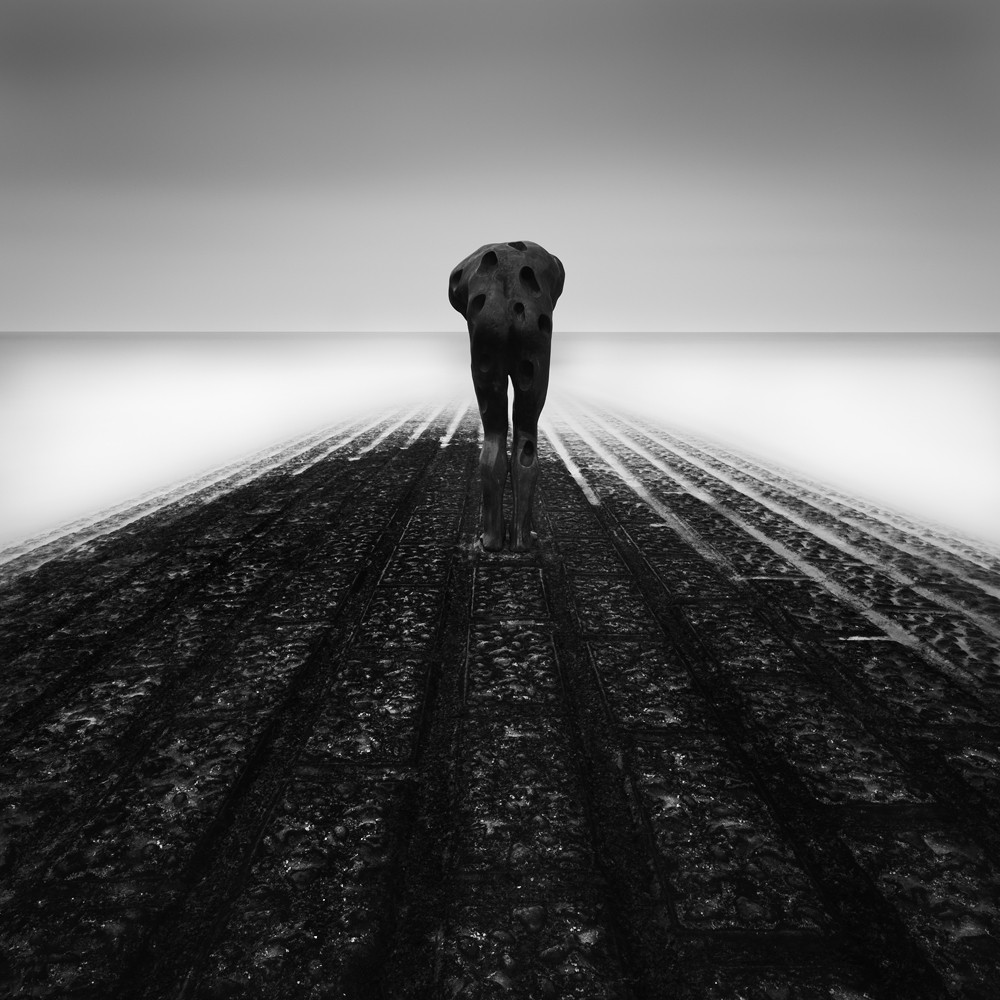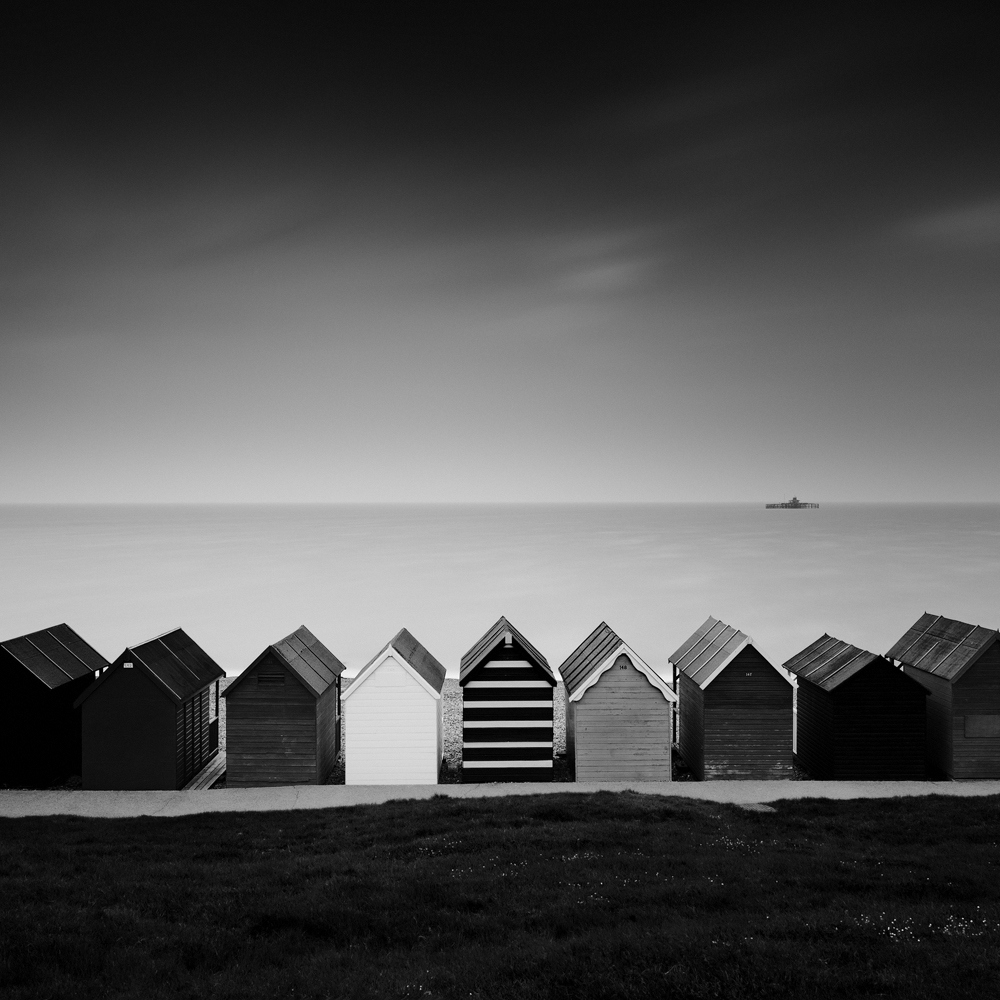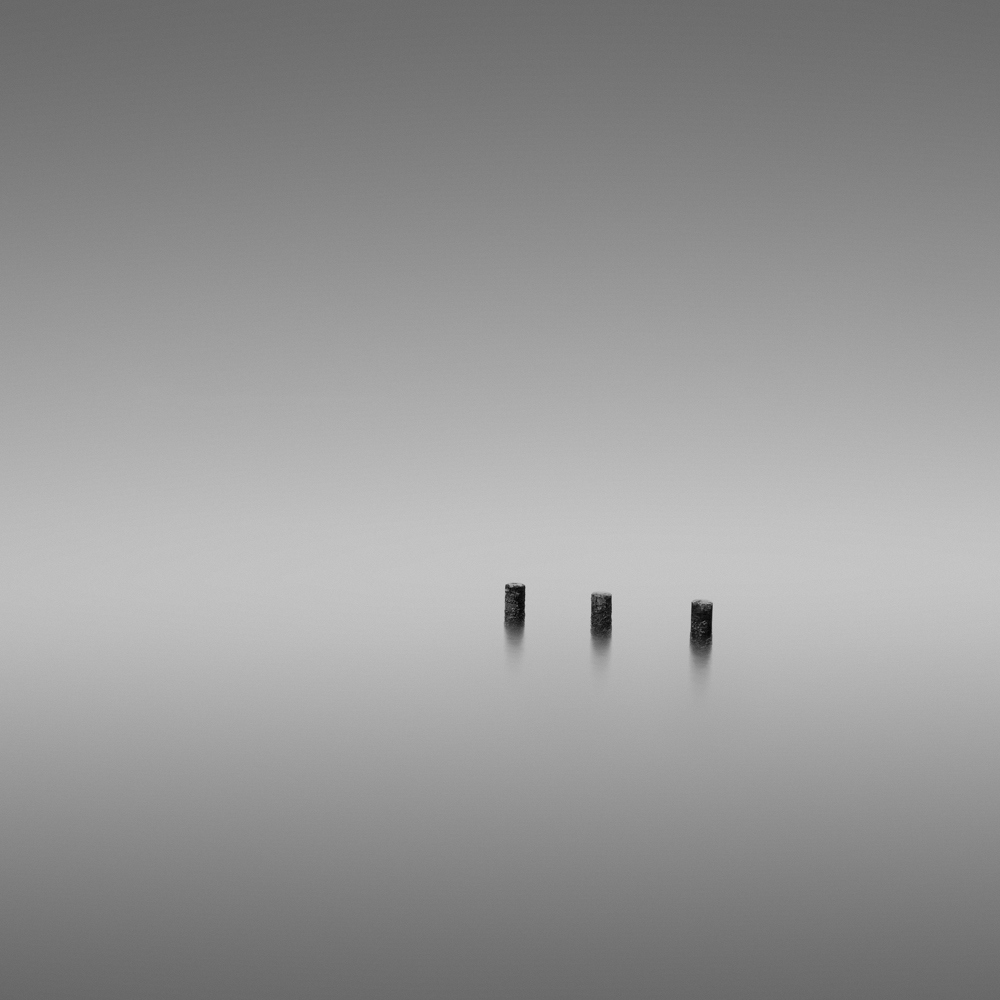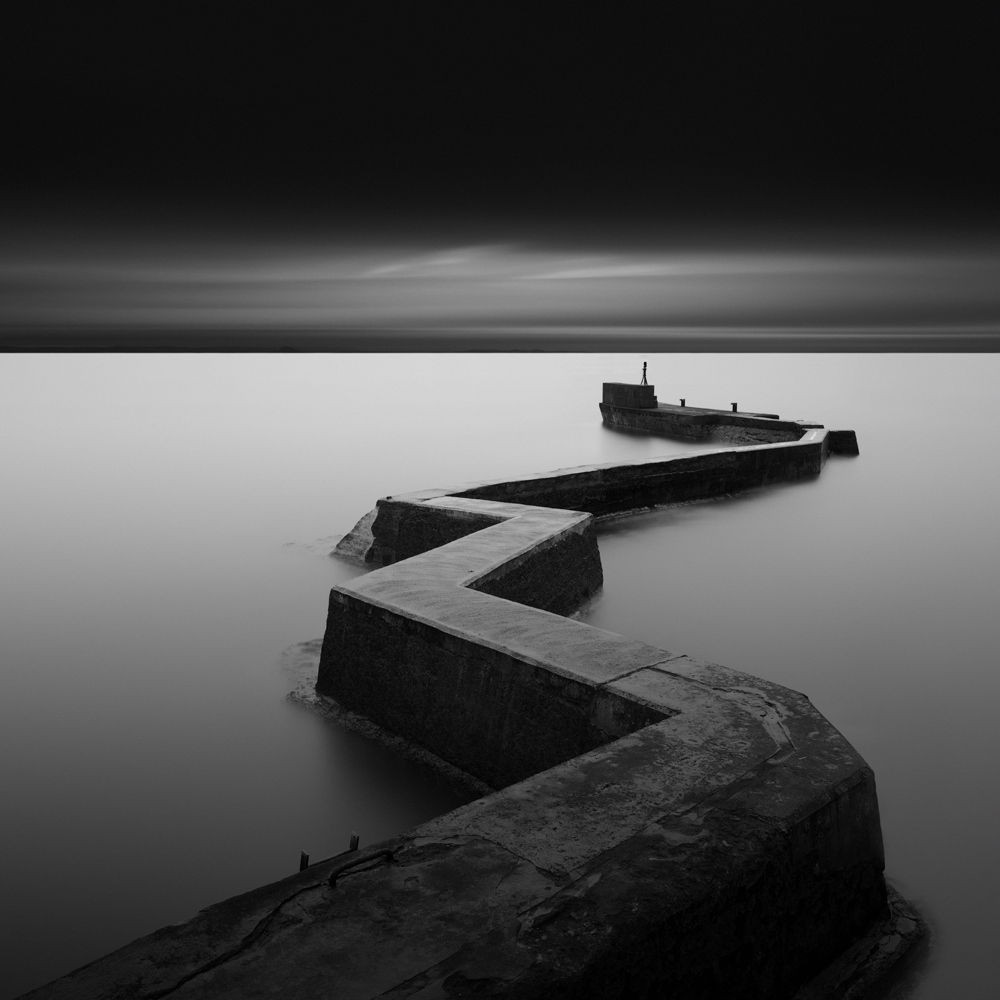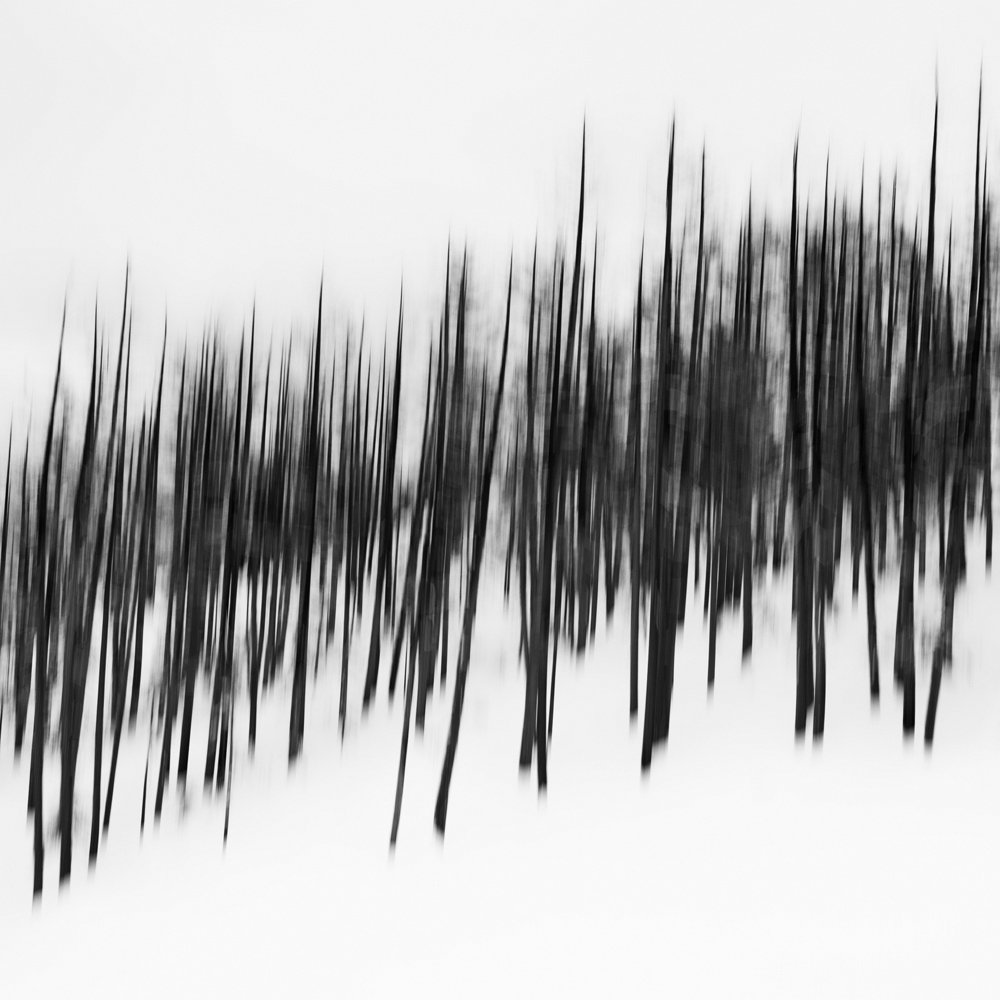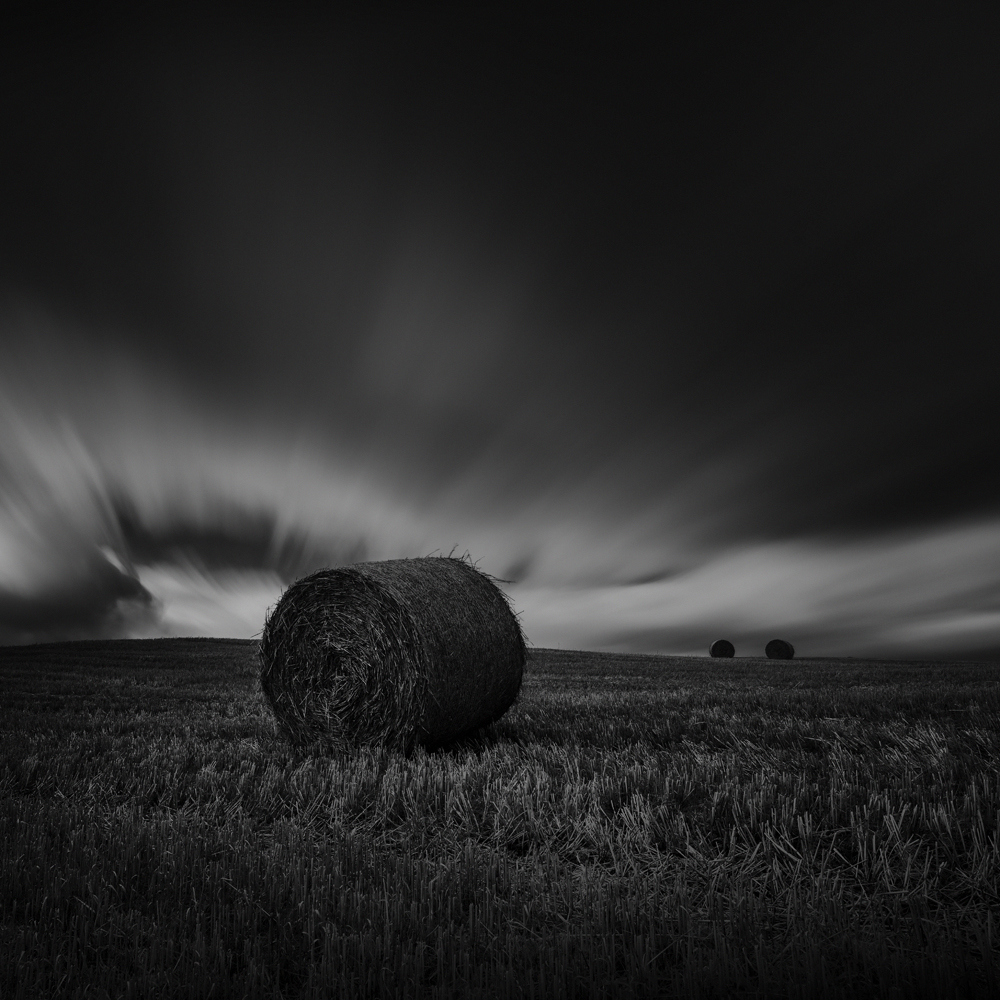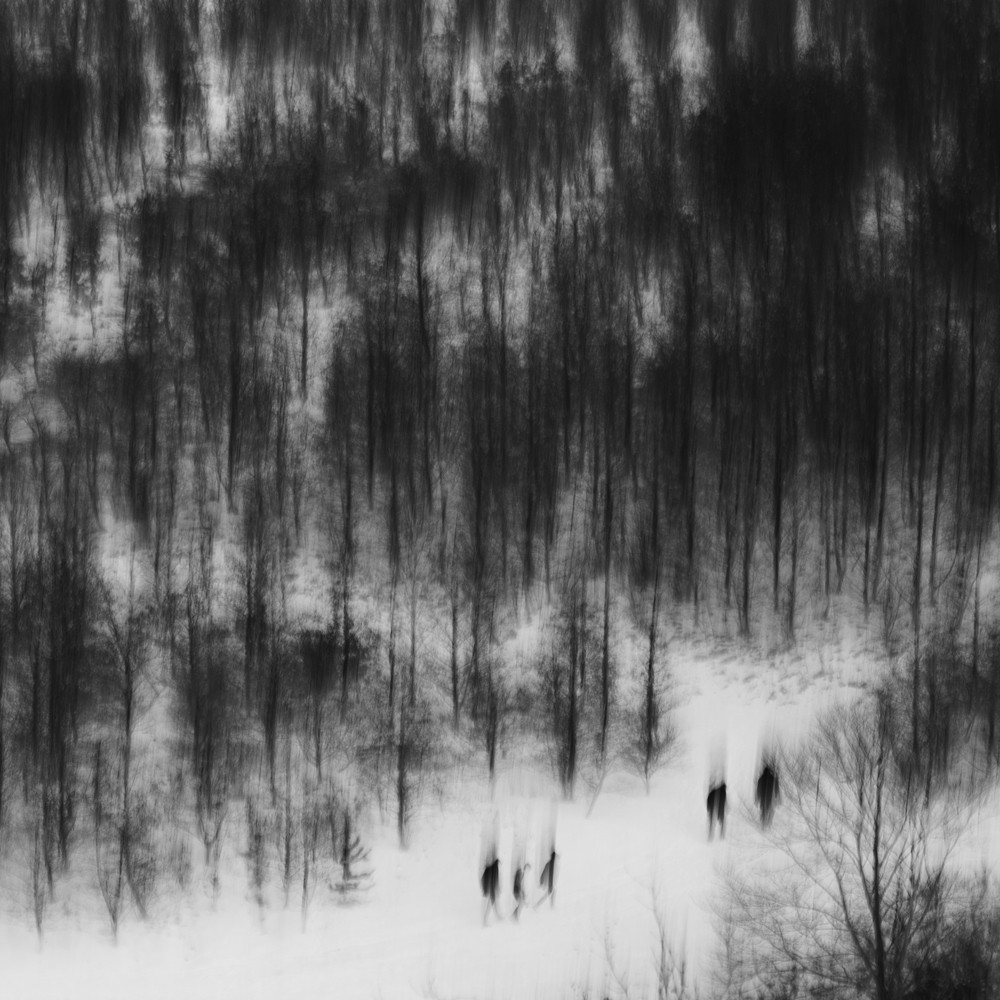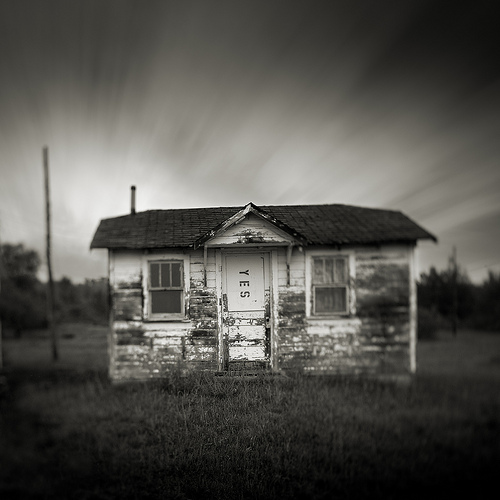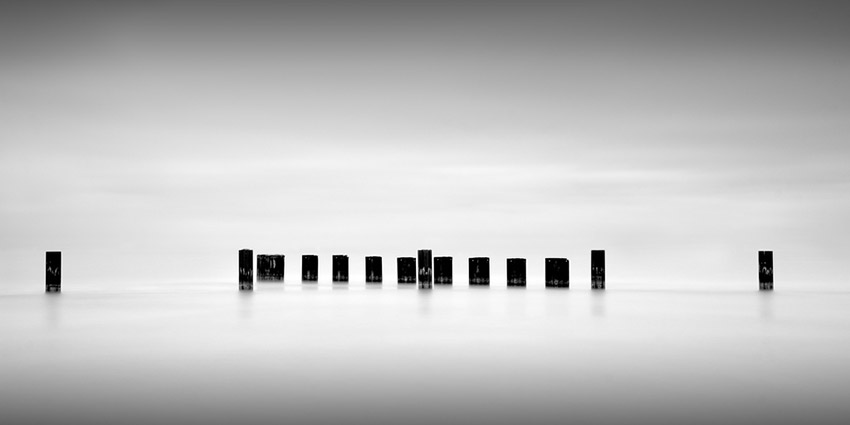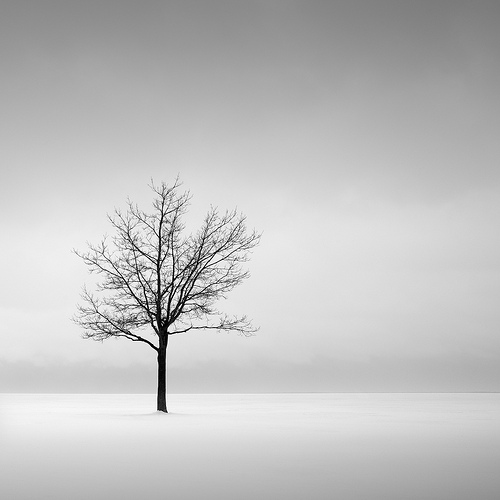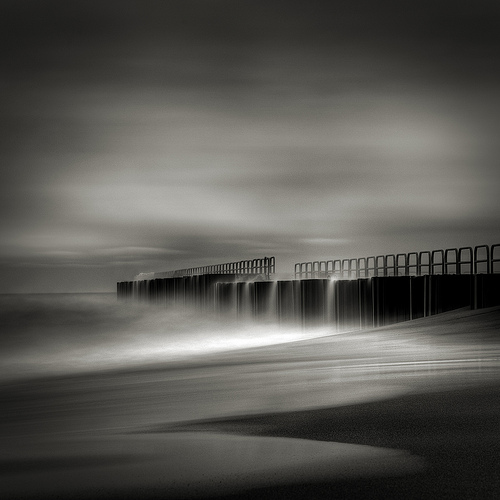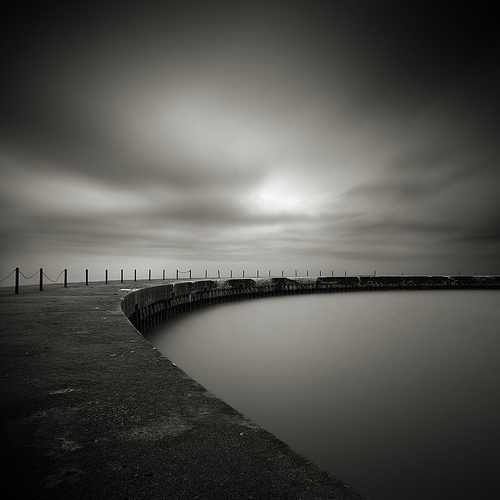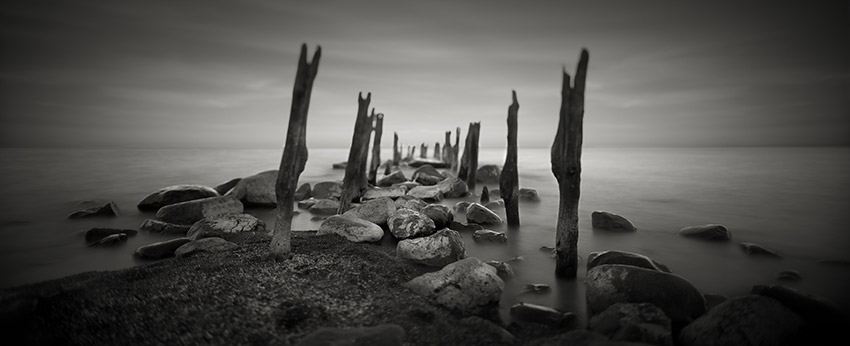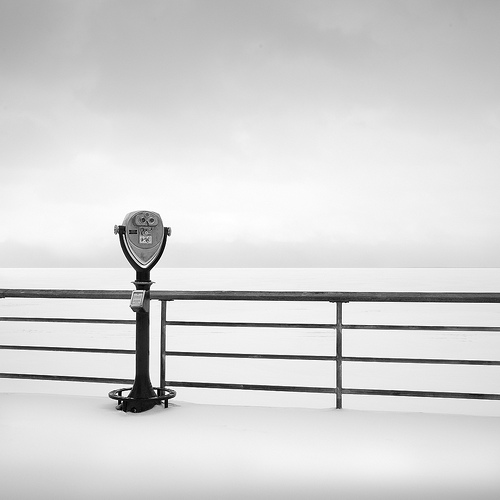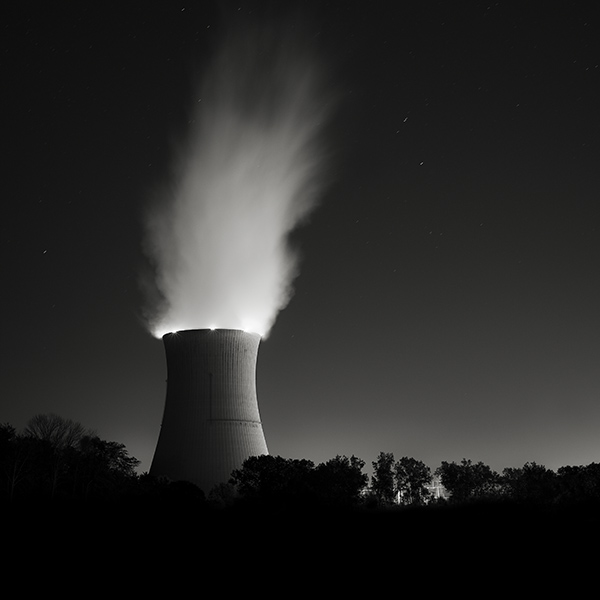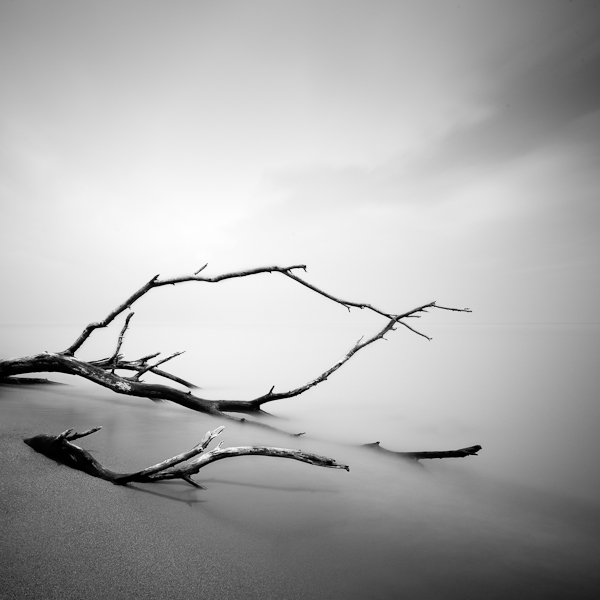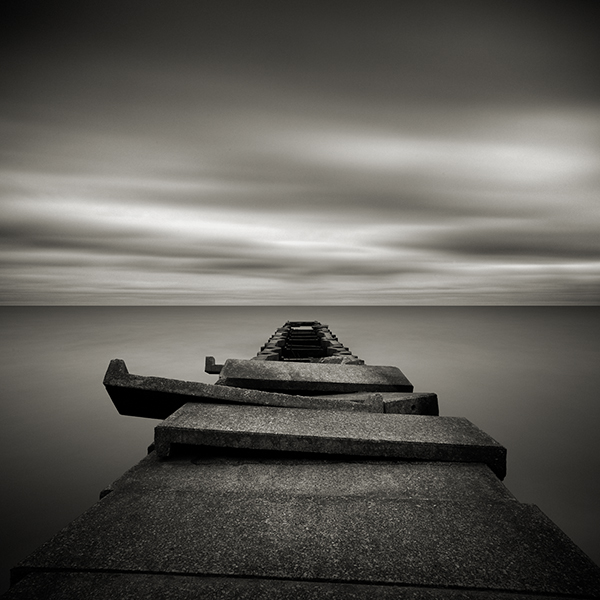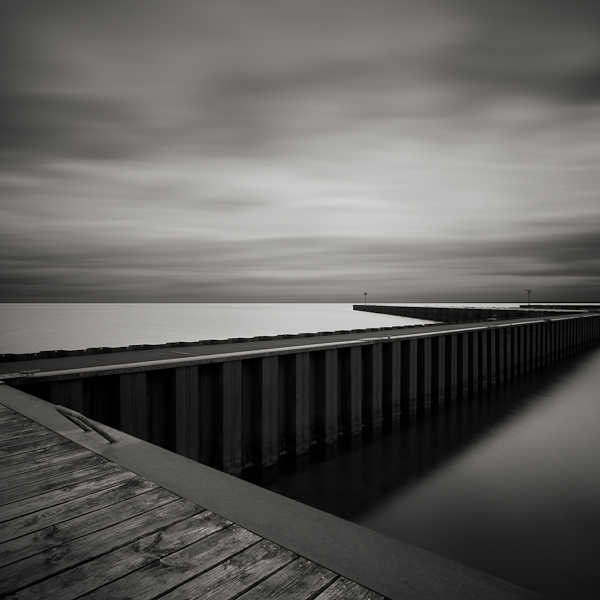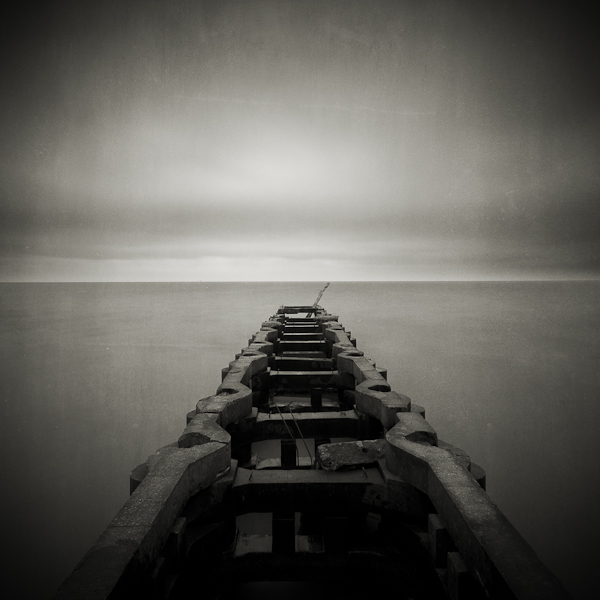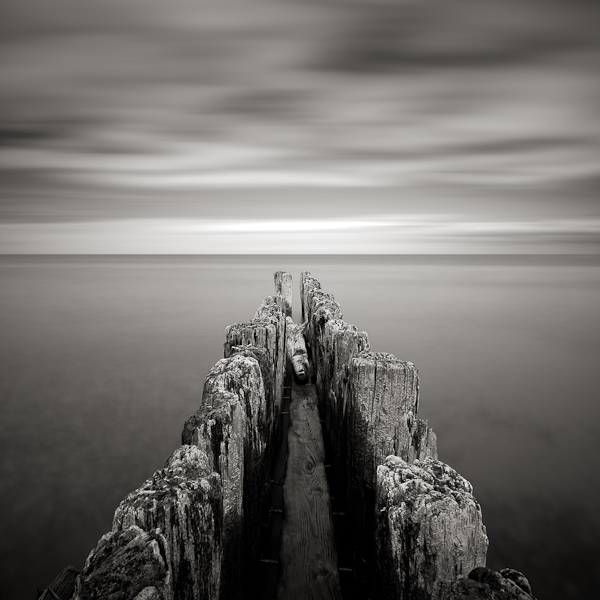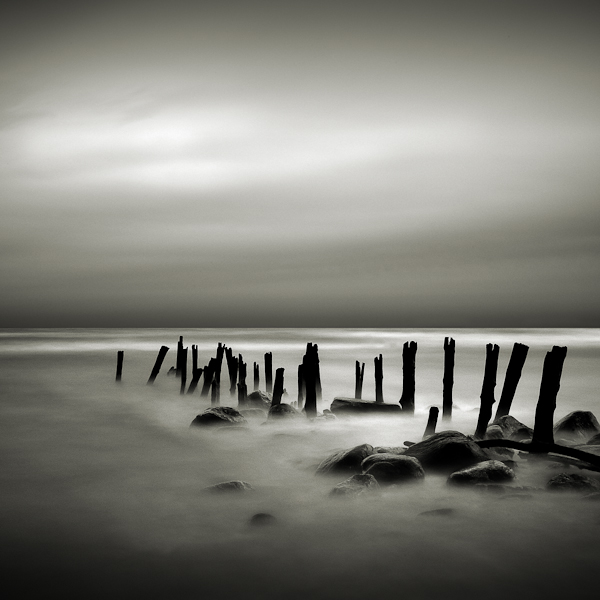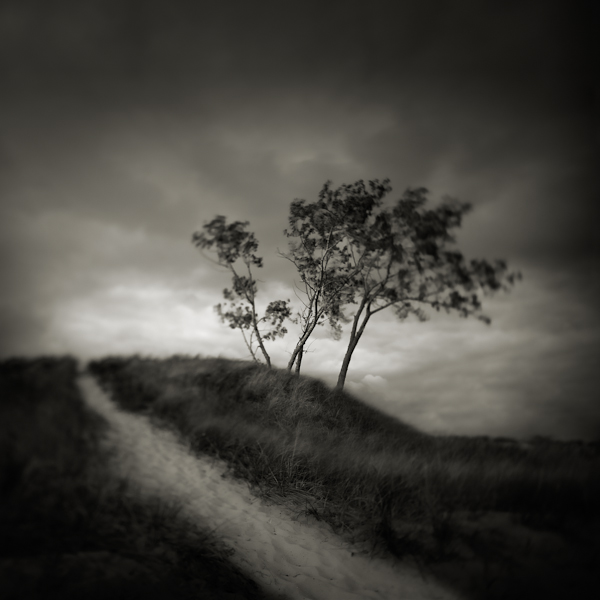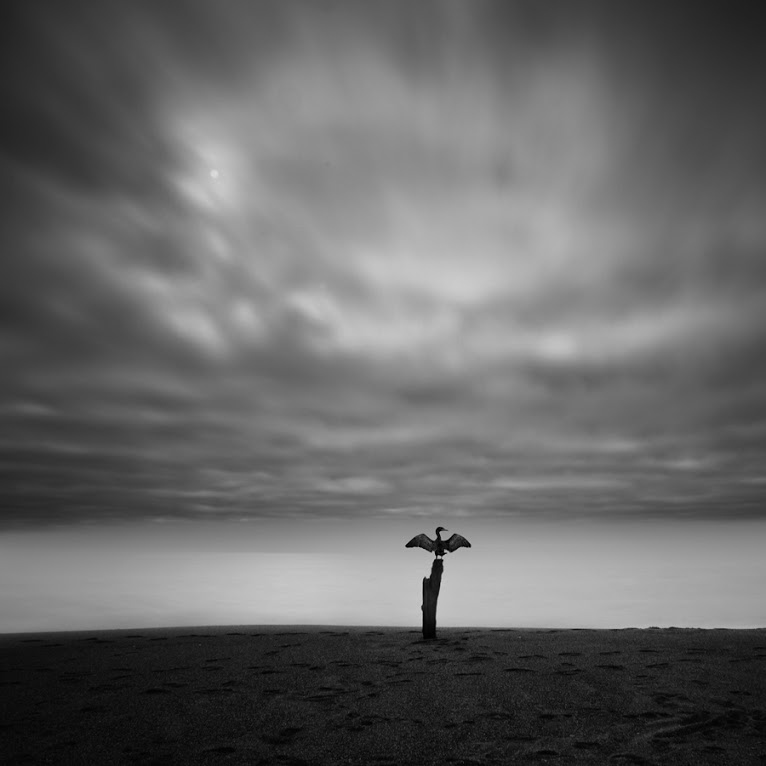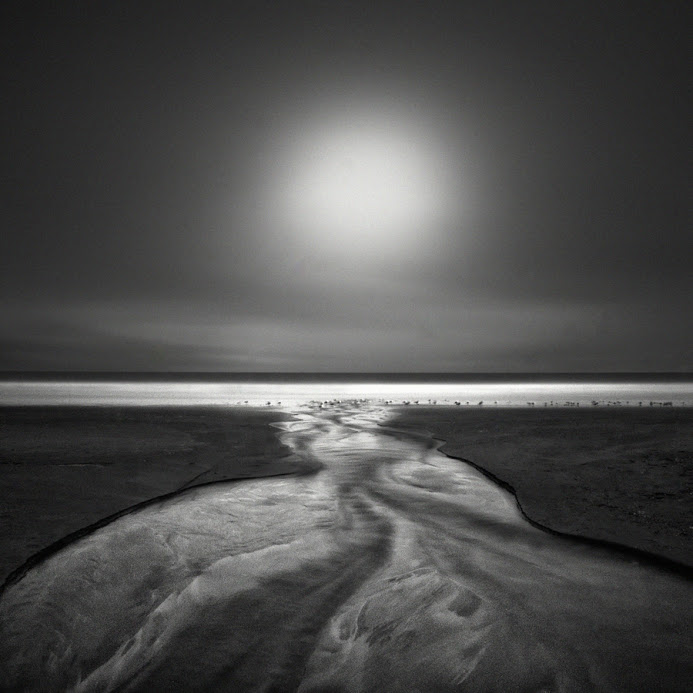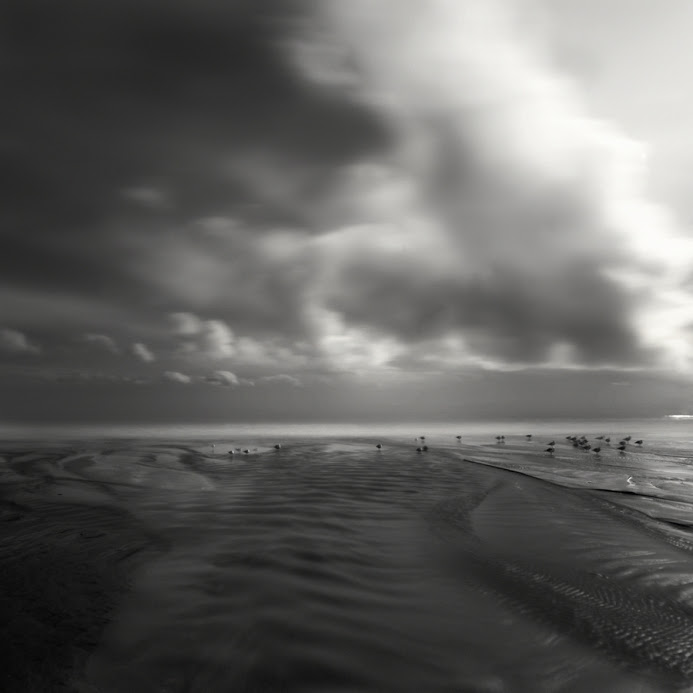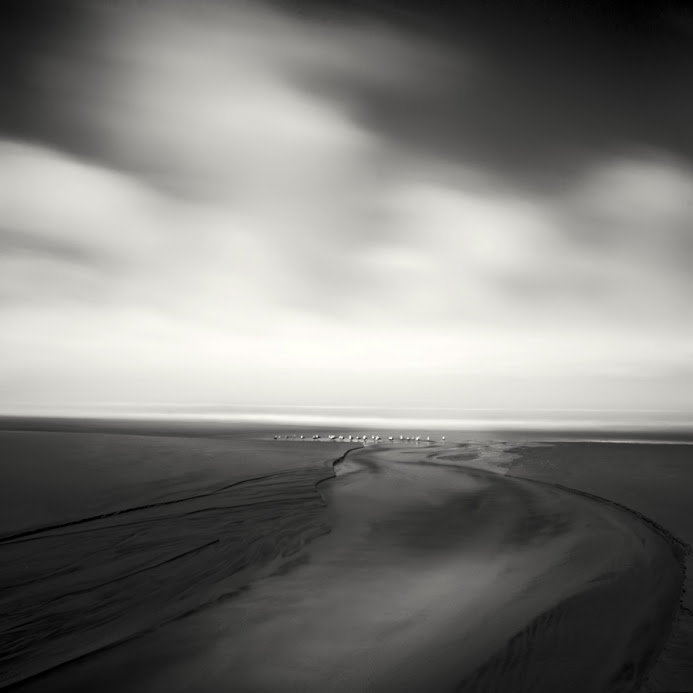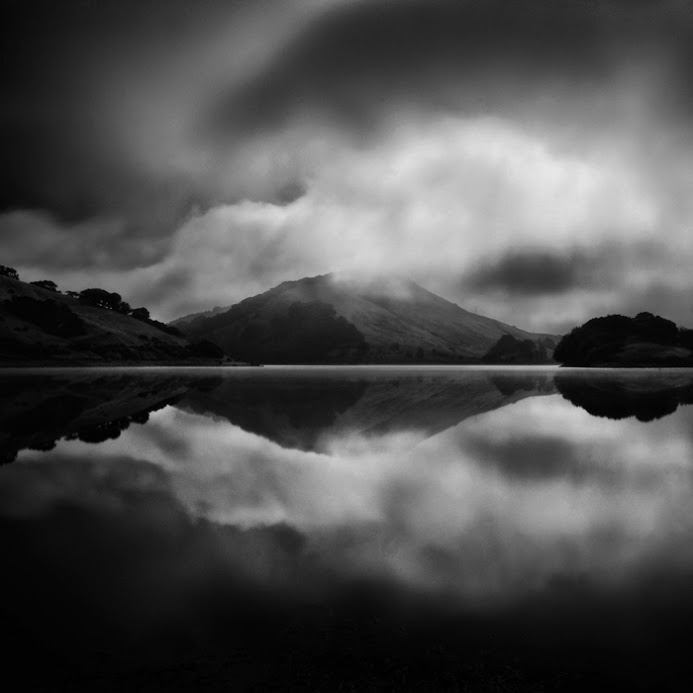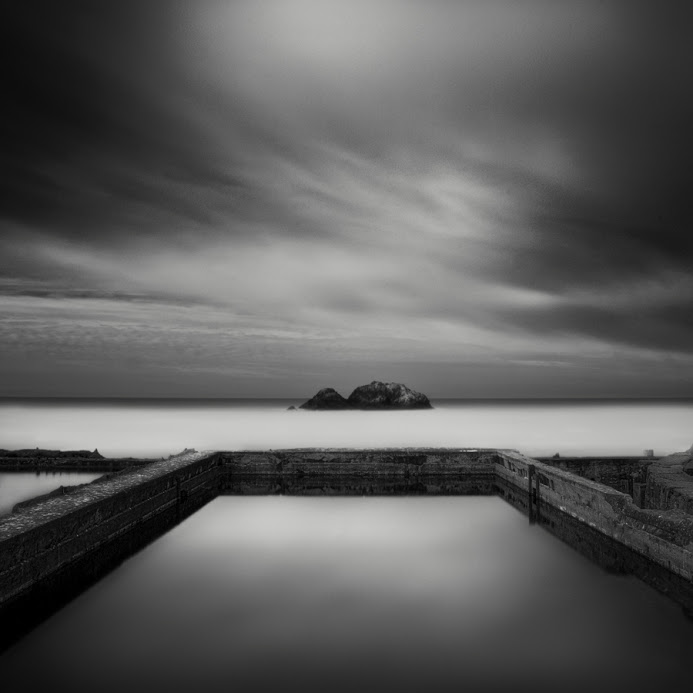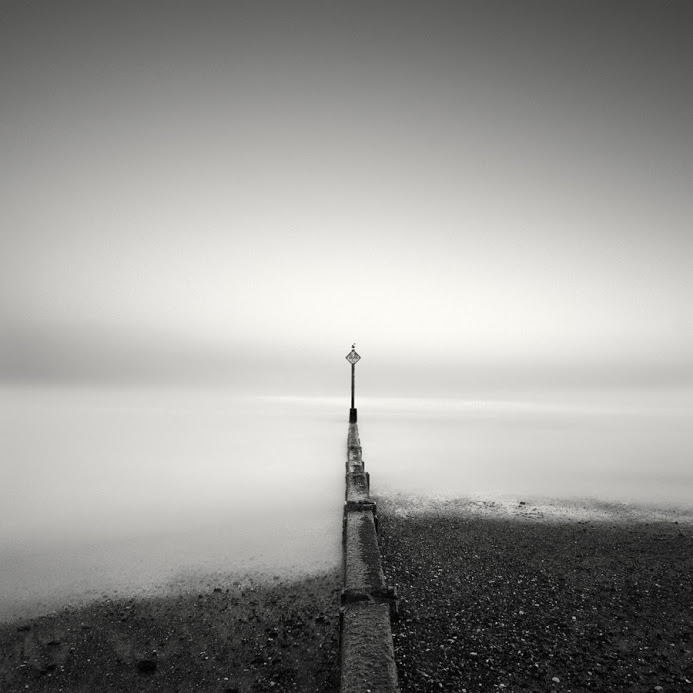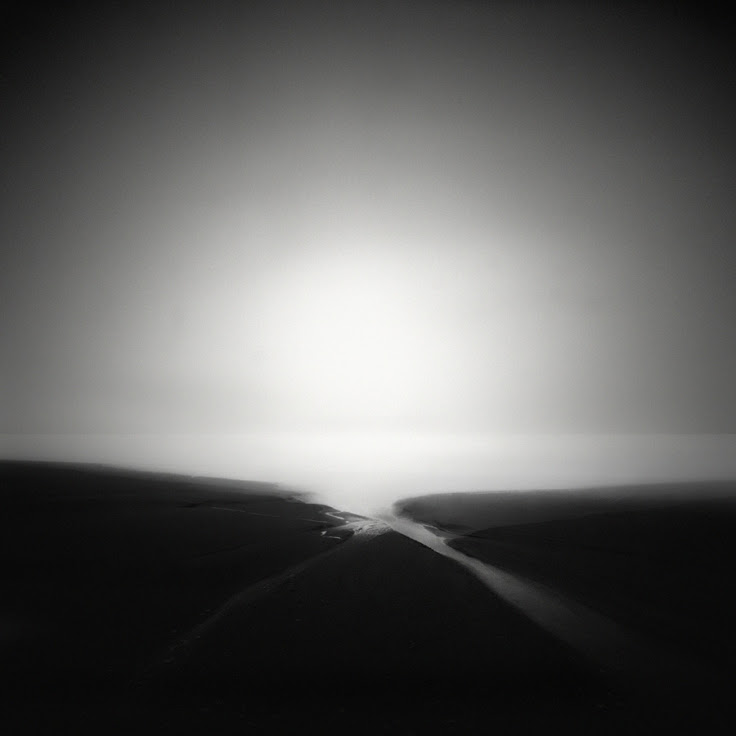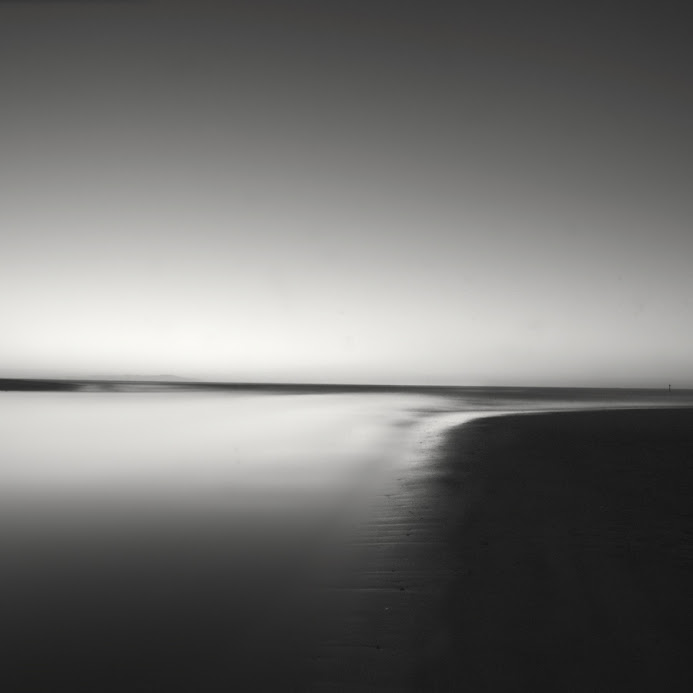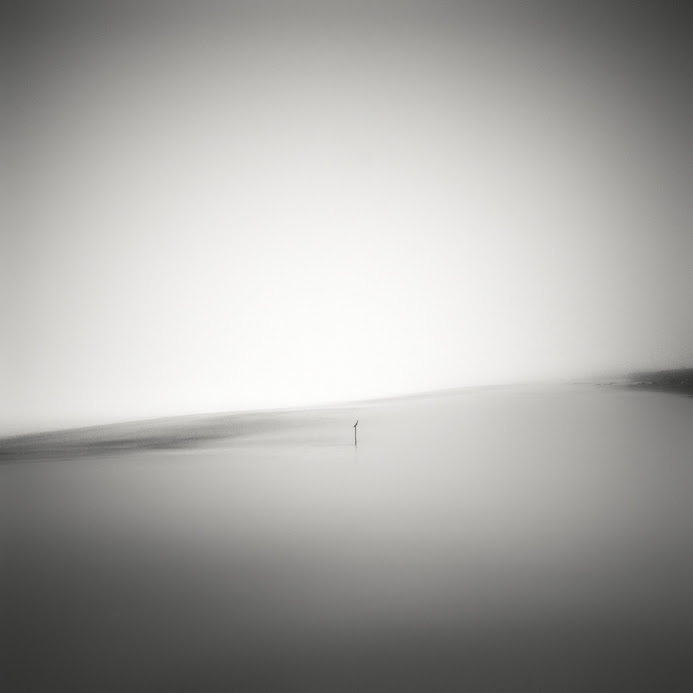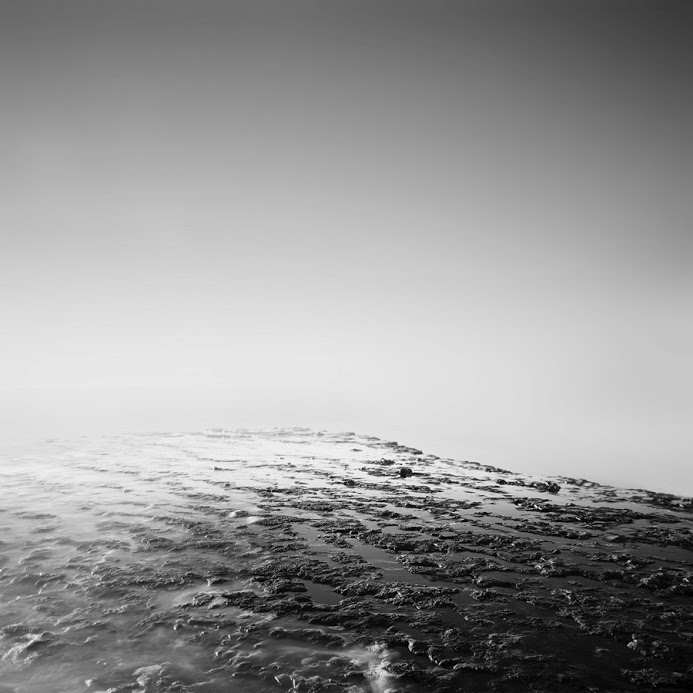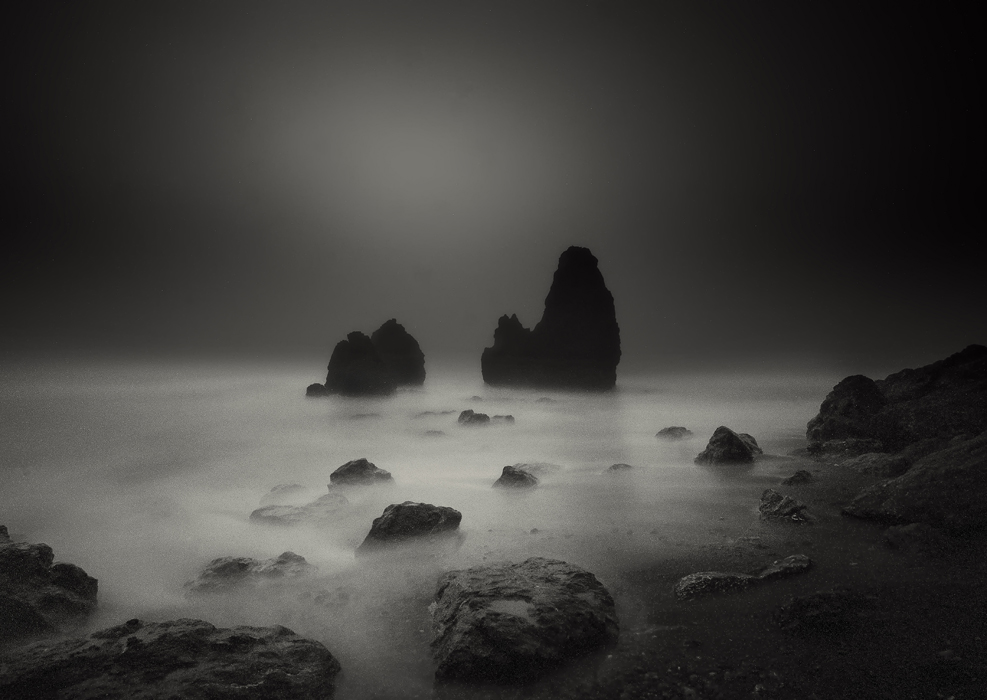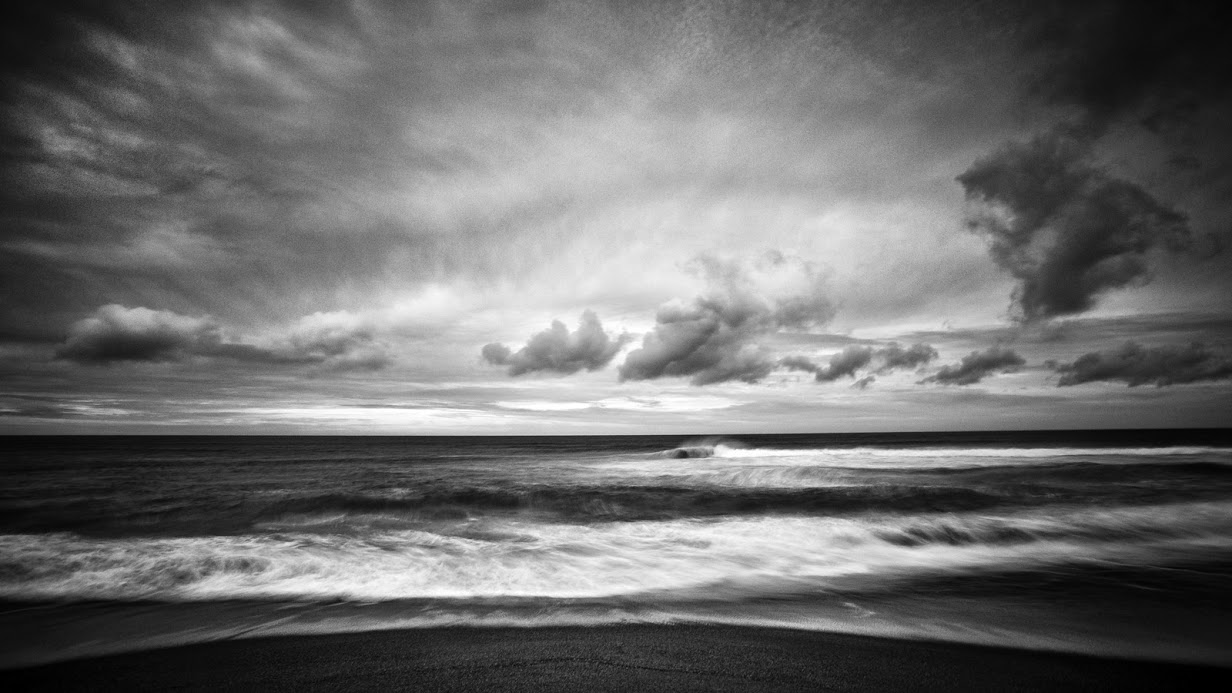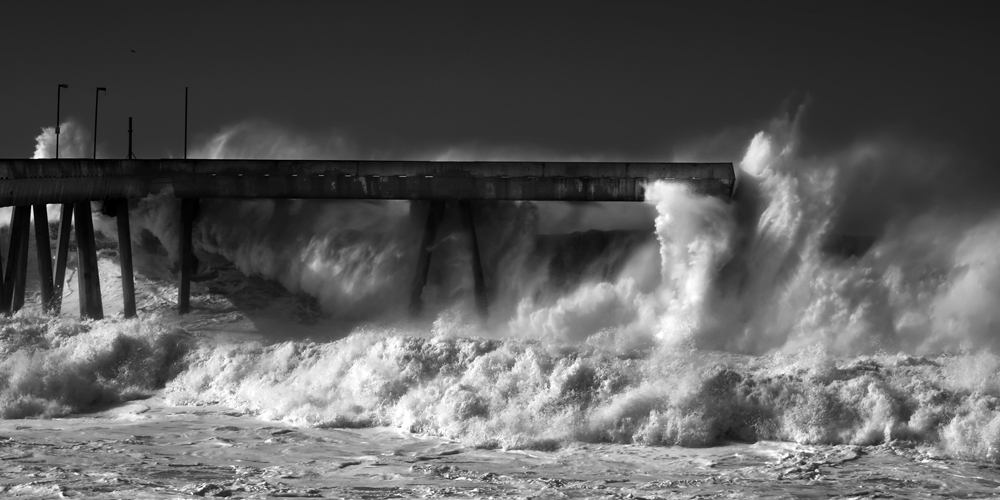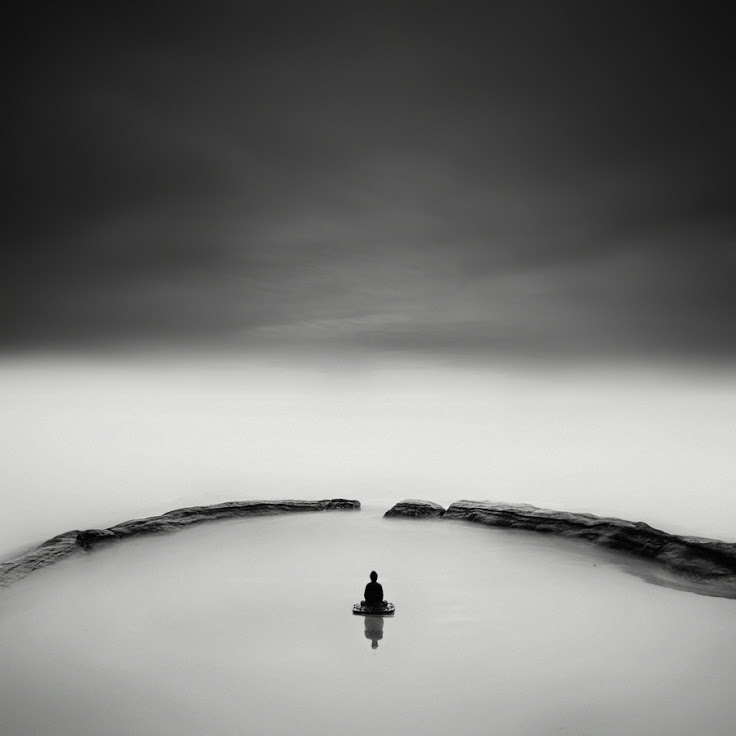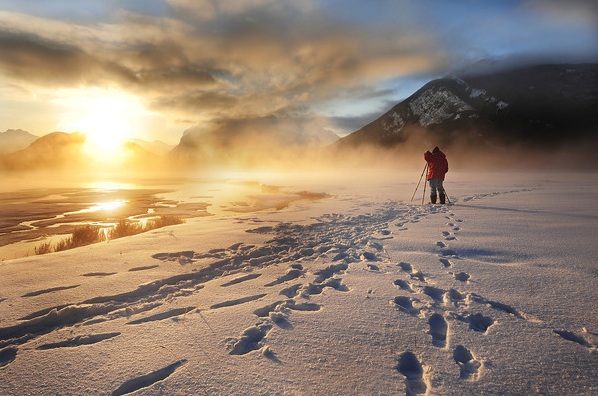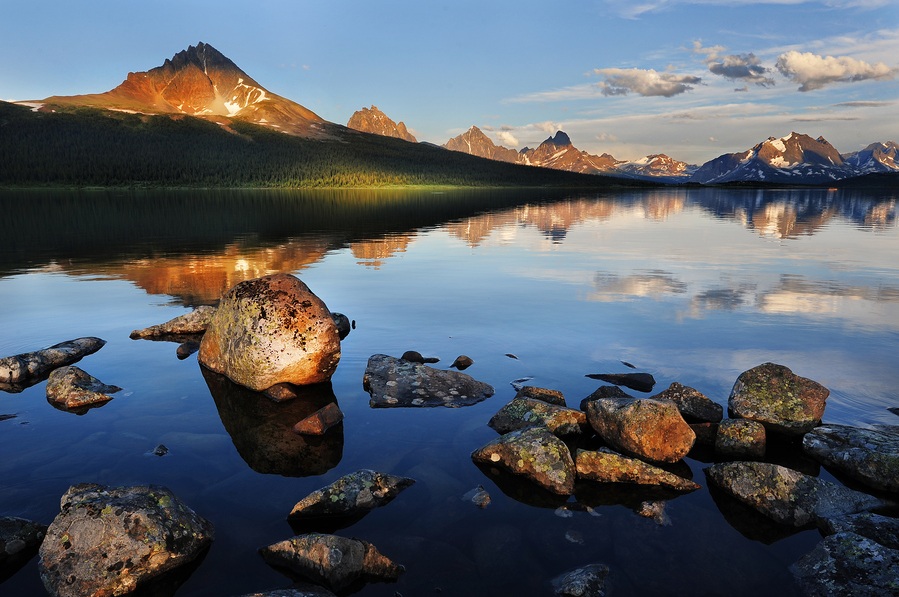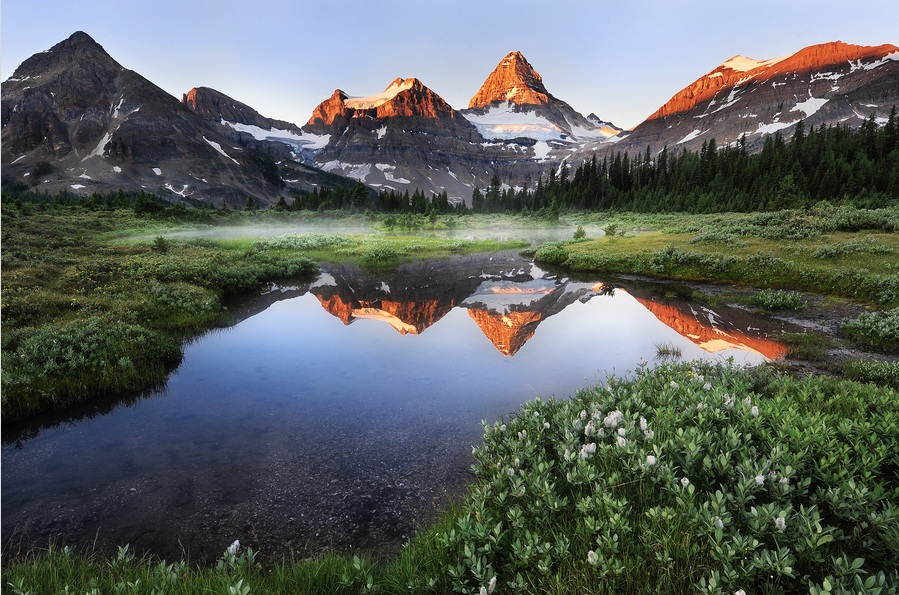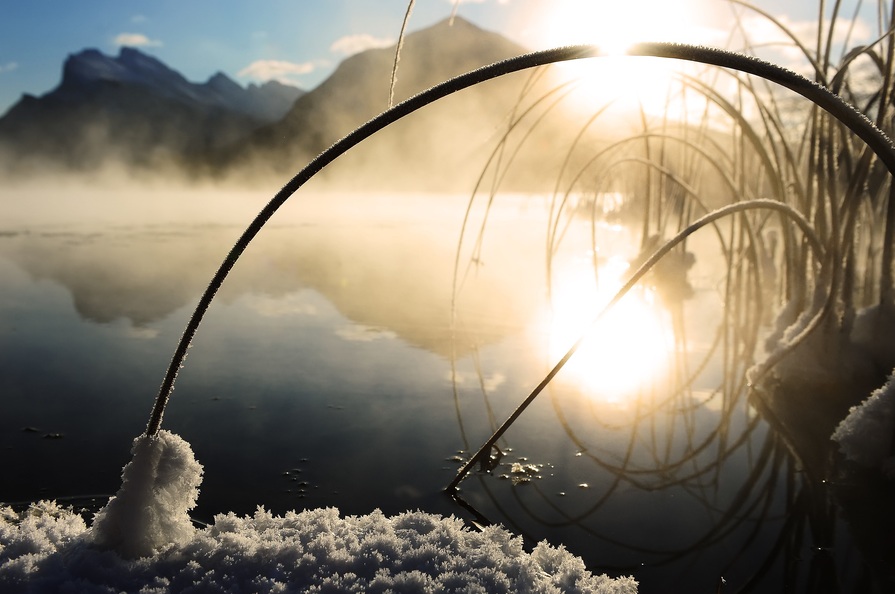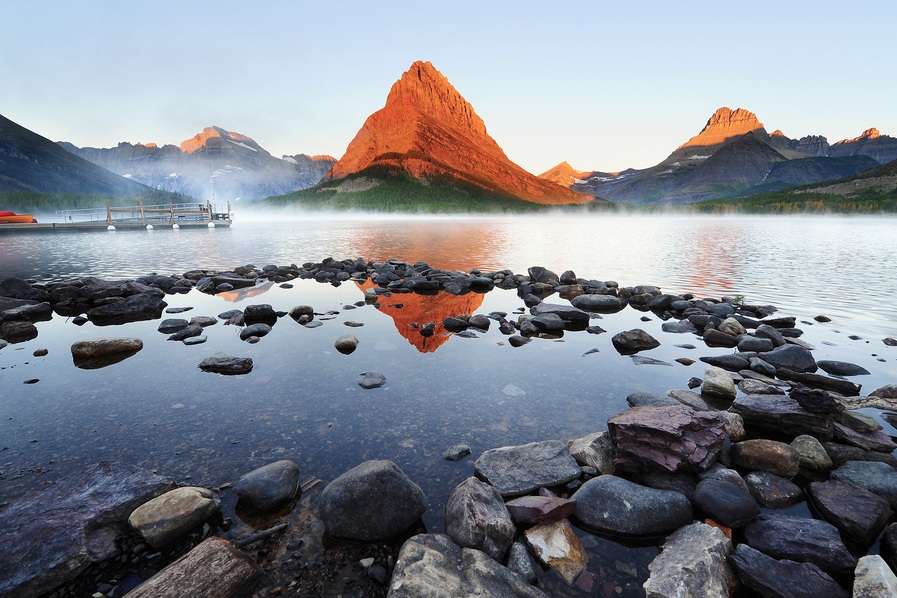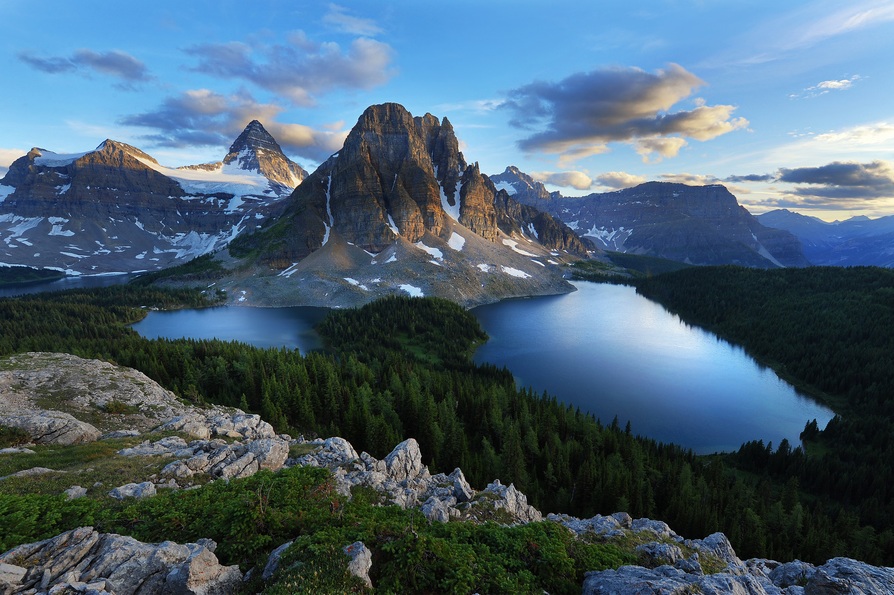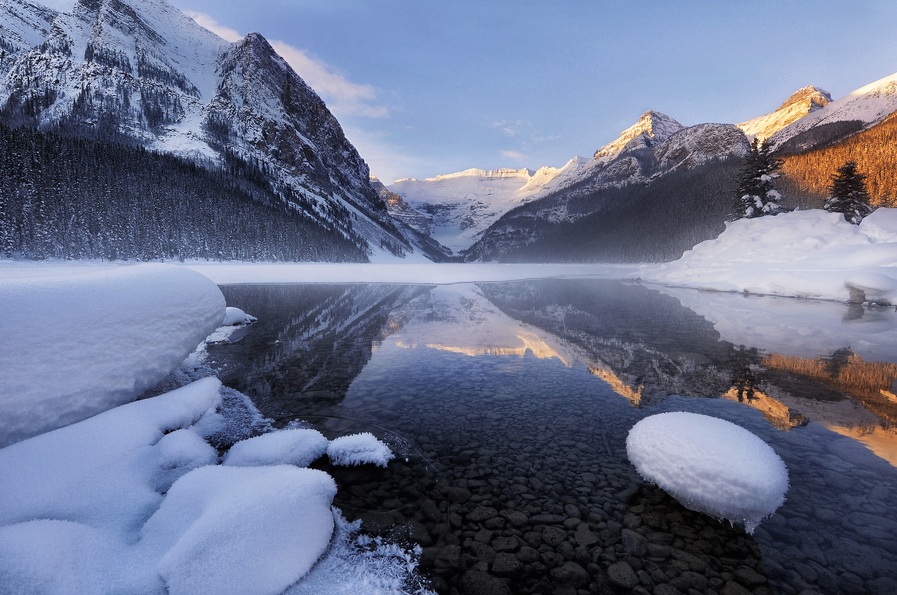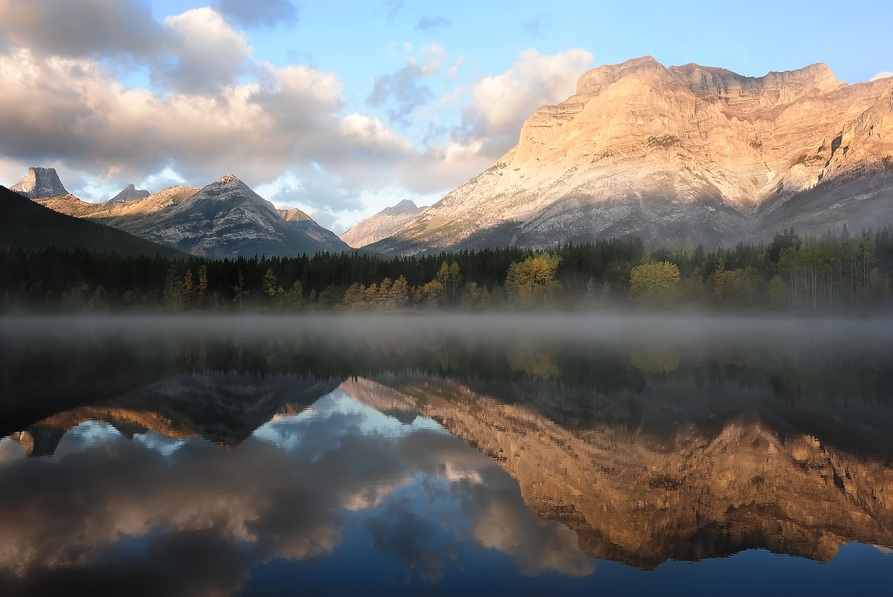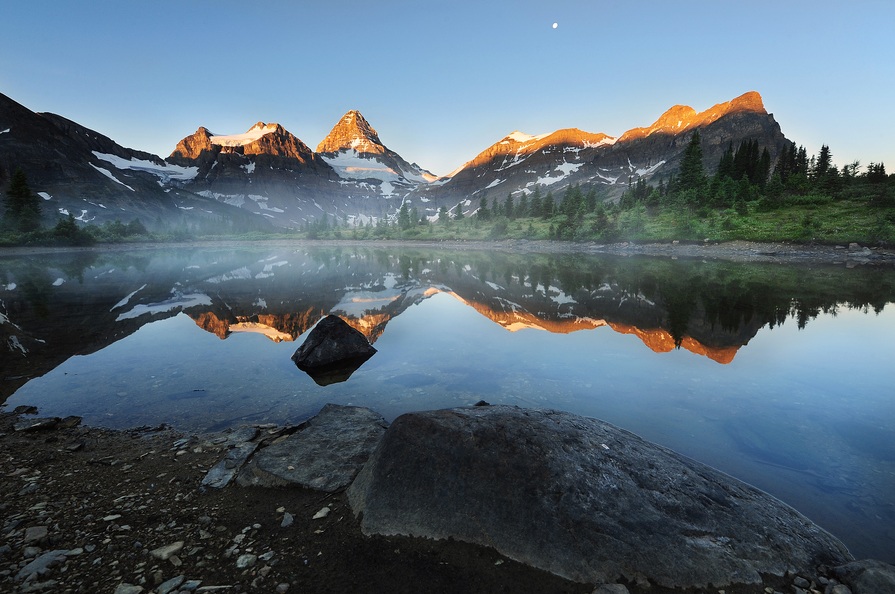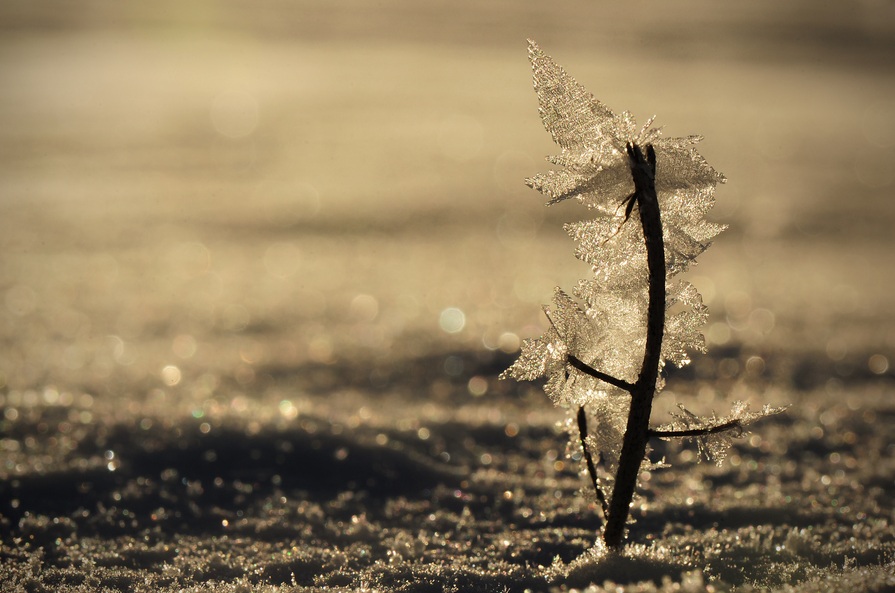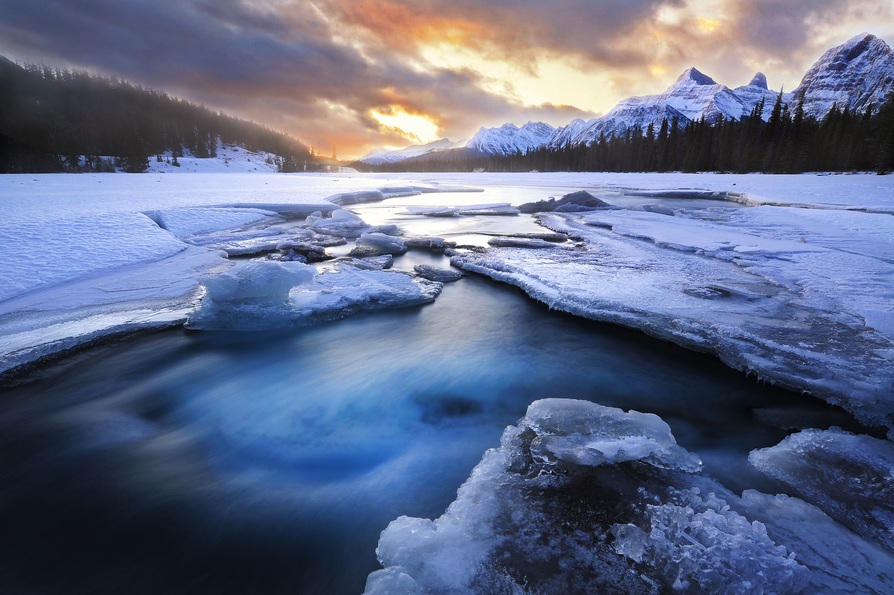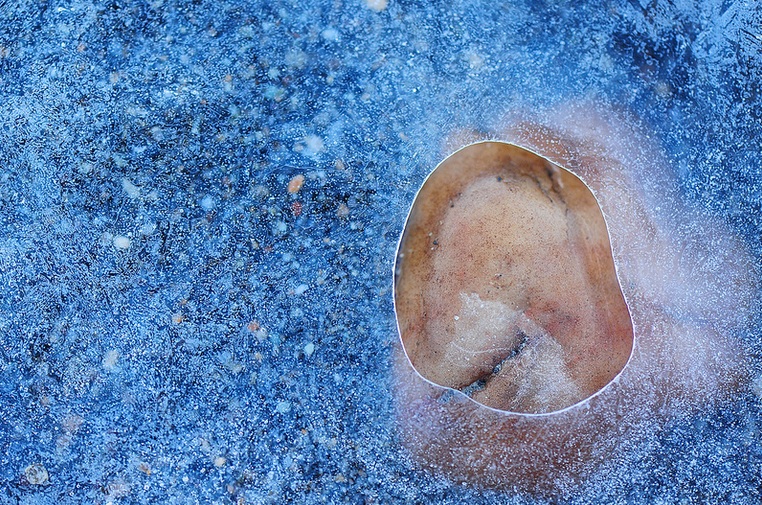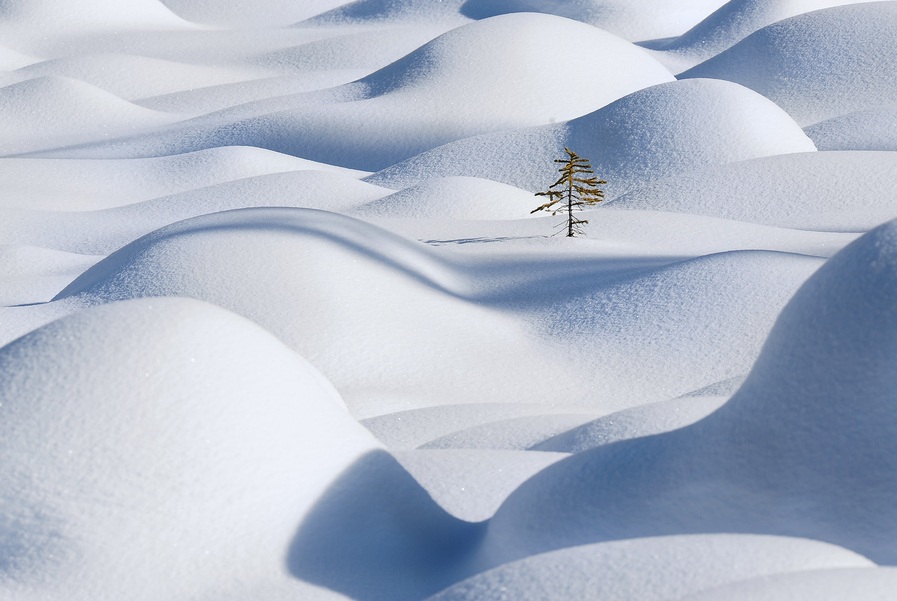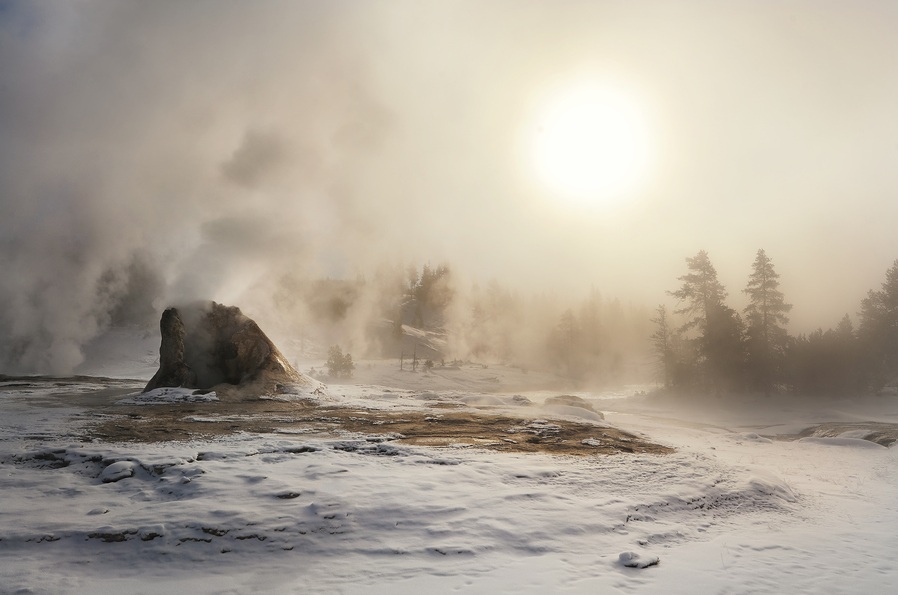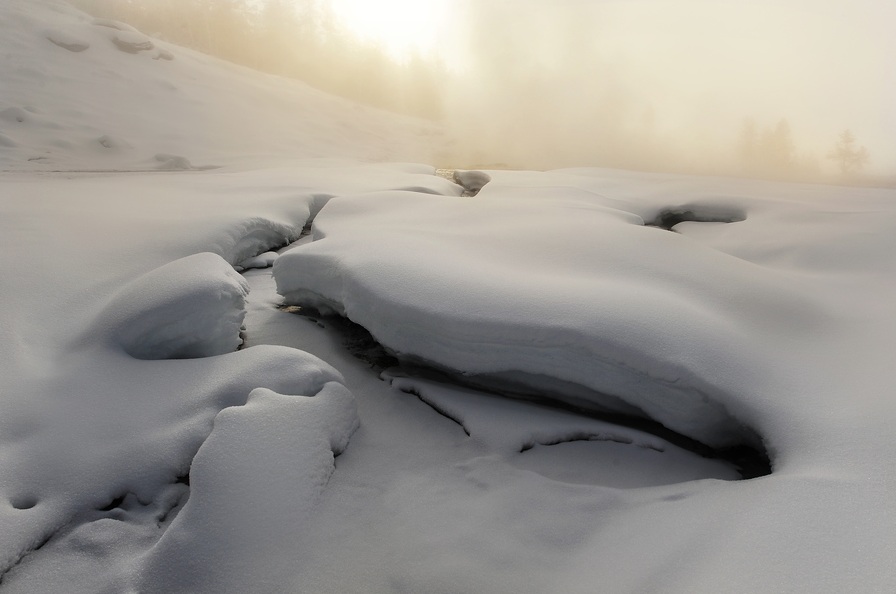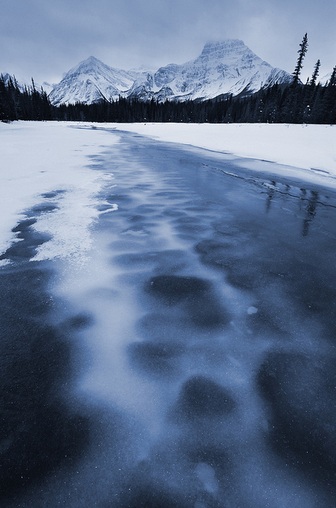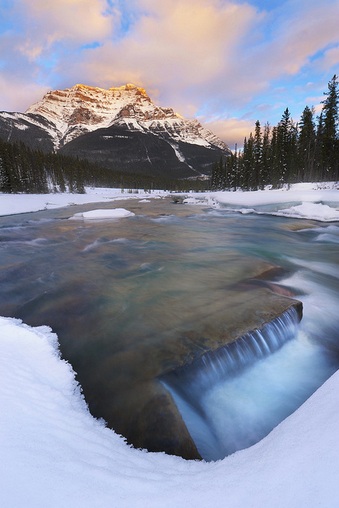31
2016
How did you discover photography? Tell us a little bit about yourself and your influences.
I discovered photography about twenty years ago with traditional photography and I was already attracted by landscape. I was also fascinated by the enlarger printing process and spent a lot of time in dark room.
What does photography mean to you?
Photography is for me above all a way to escape and create a new world, a new reality.
How do you find inspiration?
I find inspiration according to my travels and movements , this can be by chance or a place that I have chosen , internet is also a great way to find new places to photograph.
Which style of photography do you like the most, and why?
Landscape photography is one that procure me the most fun, especially long exposures that allow me to create a dreamlike and soothing world. I also like to compose geometrical composition with characters on it, often using a tilt/shift lens.
What is the one most important lesson that you have learned since you started taking photographs?
Be guided by emotions and inspiration, find his own photography without trying to imitate. And patience!
When you look at a photograph, how do you decide if it is a ´good´ piece of work?
If the picture makes me feel emotions and can transport me to another world, it’s a “good” piece of work.
What goal are you working towards within your photography and when will you know that you have reached it?
I have no particular purpose, just to have fun, I am of course happy to sell prints and make exhibitions but the main thing is to get away and have fun.
Looking at your own work, which piece is your favourite? Why? Please provide a link to the picture.
Hard to select one work, I would say this one: Lines: http://www.artlimited.net/image/fr/337062, I find it perfect in terms of mood and composition.
Now, getting more technical, what equipment (e.g. camera body, lens, filters, flash, tripod, cleaning equipment, etc.,) do you use?
I use a Canon 5d mkII, with a 17-40mm lens, mamiya 35mm and 80 mm mounted on a tilt/shift gear, nd filters, manfrotto tripod, remote control, also have a fuji x100t camera.
What lens do you use the most? Why?
The 17-40mm is the lens i use the most for landscape because of its wide angle, I also often use the mamiya 35mm for tilt effect, really like to play with the focus.
What would be the perfect piece of photographic equipment that doesn´t exist yet?
A 15-200mm lens with 1,8 aperture.
When you travel, what is in your essential photographic kit bag?
The essential is tripod, nd filters, remote control, 17-40mm, 35mm tilt lens and the x100t for daily photography.
What kind of software/tools do you use for post-processing, if any? How long do you spend on this process? Tell us a bit about your workflow.
I shoot in raw format, first a quick edit with adobe bridge and after, process the image with photoshop and finalize it with silver efex plugin for b&w images. The time process depends on the picture to work, it can go from a quarter of an hour to 1 hour or 2. I can make some little changes a few days after, usually I don’t like to spend many hours on an image.
Does your work fit into any one or more distinct genres (nature, landscape, long-exposure, black-and-white, infra-red, urban, artistic, macro, vintage, vernacular, social, street)? If other, please specify.
Most of my work is long exposure waterscape/landscape photography, i also shoot urban and street photography, I can shoot in b&w or color.
Are there any photography websites that you visit regularly?
I used to spent a lot of time on websites, much less now but artlimited is the one I used the most, lot of great artists here.
Laurent Miaille Photography
www.laurentmiaille.com
https://www.facebook.com/Laurent-Miaille-Photographies
25
2014
What kind of equipment (camera body, lens, filters, flash, tripod, cleaning equipment other) do you use?
Nikon D800, Samyang 14mm f/2.8, Nikon 16-35mm f/4.0 VR, Sigma 50mm f/1.4, Nikon 70-300mm f/4.5-5.6 VR.
B+W ND 10 stop filter, Hoya NDx400 and Hoya circular Polarization Filter.
Sirui Tripod R-4203L and Sirui Ball Head K-40X
What do you like and dislike about your equipment, specially your camera, and how would you improve it?
I think I need a new faster telephoto lens, something like Nikon 70-200 mm f/2.8 VR II. Other than that, I’m satisfied with my equipment.
What is your favourite lens, and why?
Nikon 16-35mm f/4.0 VR. I just find it great for landscapes and for the type of work I do.
When you travel, what is in your essential photographic kit bag?
I use Lowepro Pro Runner 350W bag. And when I travel I have all my equipment with me.
What kind of software/tools do you use for post-processing, if any?
I use mostly Lightroom to edit my work and sometimes Photoshop.
How long have you been taking photographs? How do you find inspiration? How do you take your pictures?
I have been taking photos now about five years. I find my inspiration from the nature surrounding me and from movies and TV series and even from music.
Which style of photography do you like the most, and why?
I love to create atmospheric landscape photographs. I just feel that it conveys my vision best.
What goal are you working towards within your photography and when will you know you have reached it?
I don’t have a particular goal. I want to continue capture photographs as long as I enjoy doing it.
Looking at your own work, which piece is your favourite? Why? Please provide a link to the picture.
http://www.mikkolagerstedt.com/#/alone/ The first one. Still standing.. It’s one of my favorite photos because the moment was just perfect. A guy standing in front of burning ground, taking photos and then the flock of birds flew past him. A moment to remember.
Does your work fit into any one or more distinct genres (nature, landscape, long-exposure, black-and-white, infra-red, urban, artistic, macro, vintage, vernacular, social, street)? If other, please specify.
My style is more to the Fine Art category.
Are there any photography websites that you visit regularly?
500px and Behance.
What is the one most important lesson that you have learned since you started taking photographs?
It’s fine if you don’t succeed capturing something at the first time, try it for as many times as you have to get it perfect.
And finally, what other interesting photographers would you like to see in this blog?
Joel Tjintjelaar
Mikko Lagerstedt Photography
http://www.mikkolagerstedt.com
https://www.facebook.com/pages/Photography-Mikko-Lagerstedt/137616549627247?v=wall
21
2014
What kind of equipment (camera body, lens, filters, flash, tripod, cleaning equipment other) do you use?
Currently I’m using a Nikon D800E with a variety of Nikon lenses, Lee, Hitech, Heliopan, and Lightcraft filters, a Calumet tripod and Manfrotto geared head.
What do you like and dislike about your equipment, specially your camera, and how would you improve it?
I love the camera (I love most cameras), but I hate the need to use long exposure noise reduction (I never had to use it when I shot Canon) and the live view is poor, but I do really like the files.
What is your favourite lens, and why?
I Mostly use the newish Nikon 18-35G lens for my landscape work – it’s light and small and super sharp.
When you travel, what is in your essential photographic kit bag?
The Nikon and that lens – if I had a Fuji X-pro, that would be in the bag too (I must get one).
What kind of software/tools do you use for post-processing, if any?
Mostly Lightroom for basic processing and Photoshop for the rest.
How long have you been taking photographs? How do you find inspiration? How do you take your pictures?
I’ve been working as a commercial photographer for about 30 years and shooting seascapes (again) for about the last 3years.
Just looking at any photography (which I do a lot of) inspires me – the craft and art of photography fascinates me, as does the dedication of so many photographers.
How do I take my images – with passion, planning , patience and mostly joy – tempered by a few disappointments.
Which style of photography do you like the most, and why?
I like many different styles of photography – they all have things you can learn from.
What goal are you working towards within your photography and when will you know you have reached it?
To keep shooting and enjoying it – which I’m sure I will. Not to have preconceived ideas and keep to looking and learning.
Looking at your own work, which piece is your favourite? Why? Please provide a link to the picture.
That can sometimes depend on my mood – sometimes I have many favourites, other times none (eel a few maybe).
Does your work fit into any one or more distinct genres (nature, landscape, long-exposure, black-and-white, infra-red, urban, artistic, macro, vintage, vernacular, social, street)? If other, please specify.
For the last 3 years or so – my personal work has been mostly Coastal Landscapes. The way the sea sculpts the land has always fascinated me.
Are there any photography websites that you visit regularly?
Too many to list. I look at images daily.
What is the one most important lesson that you have learned since you started taking photographs?
Patience.
And finally, what other interesting photographers would you like to see in this blog?
Rohan Reilly or Stephen Cairns.
Ronnie Baxter Photography
http://www.ronniebaxter.co.uk/
https://www.facebook.com/pages/Ronnie-Baxter-Photography/200469086655553?ref=hl
14
2013José Ramos Photography
http://www.facebook.com/joseramosphotography
What kind of equipment (camera body, lens, filters, flash, tripod, cleaning equipment other) do you use?
Right now I’m using a Sony Alpha 77, Sigma 10-20mm f4-f5.6 lens, manfrotto 190xprob tripod with 486RC2 head, lots of Hitech ND Filters (incluind soft and hard ND Grads and full ND Grads – standard and ProStop IRND) sigma microfiber cleaning cloths, giottos rocket blower, remote shutter release.
What do you like and dislike about your equipment, specially your camera, and how would you improve it?
This is my favourite APS-C camera due to the very high resolution and great dynamic range, with fantastic results at low ISOs. Besides that, the articulated LCD is absolutely essential when I’m shooting at very low angles or in awkward positions (which is, usually, the rule). To improve it, it would have to be a full frame, even though that would mean shorter depth of field and much more expensive lenses.
What is your favourite lens, and why?
To say I have a favourite lens would have to mean I’ve used a lot of them, and I haven’t. I use a ultra wide angle 95% of the time, and so far I’ve been absolutely happy with the Sigma 10-20mm. Portugal economic situation doesn’t allow me to spend a lot of money on equipment, so I’ve learned to use my gear to its full potential.
When you travel, what is in your essential photographic kit bag?
Camera, lens, filters, cleaning cloth, spare batteries, spare SD cards, remote shutter, tripod, lantern. I like to keep it as light as possible.
What kind of software/tools do you use for post-processing, if any?
RAW processing with Adobe Camera Raw and further tweaks (if needed) with Photoshop CS6.
What goal are you working towards within your photography and when will you know you have reached it?
I’ve reached my goals since day one, which is quite simply to share the beauty of our planet and help people reconnect with their roots. To do this you just need to create special images, put effort into them and share… Everything else is an added bonus and I don’t have dreams of fame and glory. 🙂
Looking at your own work, which piece is your favourite? Why? Please provide a link to the picture.
A very difficult choice. Probably this one, due to its concept and the feelings it invokes in me. http://500px.com/photo/29179491
Does your work fit into any one or more distinct genres (nature, landscape, long-exposure, black-and-white, infra-red, urban, artistic, macro, vintage, vernacular, social, street)? If other, please specify.
Long exposure landscape would be the best descriptor, even though I regularly publish short-exposure photos.
Are there any photography websites that you visit regularly?
500px, dpreview, luminous-landscape, tao of photography, and many others.
What is the one most important lesson that you have learned since you started taking photographs?
It’s not about the goal, it’s about being there, seizing the moment, and trying to bring it home for eternity.
And finally, what other interesting photographers would you like to see in this blog?
I will have to recommend Mara Sarmento, an amazing Portuguese photographer, who has just started photographing 9 months ago. You can check her work at http://500px.com/marasarmento. There’s a slight conflict of interest in this suggestion, as she is my girlfriend! 🙂
30
2013Milan Malovrh Photography
http://malovrhmilan.wix.com/photograpy
What kind of equipment (camera body, lens, filters, flash, tripod, cleaning equipment other) do you use?
I use Nikon equipment > D3x , D3s Nikor lens 24 – 120mm , 70 – 200mm for the horses photography. I also use 24mm , 50mm – 400mm , 500mm Fader ND filter, Tripod manfrotto.
What do you like and dislike about your equipment, specially your camera, and how would you improve it?
Reliability of equipment is on the level , but I have a desire to accelerate the processing of multiple exposure in sequential operation.
What kind of software/tools do you use for post-processing, if any?
Photos processed in PS 6 and the plugin Mistikal TNT.
What is your favorite lens, and why?
Nikor 70-200 2.8 is very fast and sharp.
When you travel, what is in your essential photographic kit bag?
When I travel almost all my equipment is in the car, and all the essential is in my hand and in the camera bag.
How long have you been taking photographs? How do you find inspiration? How do you take your pictures?
Photographing horses ( Lipizzaner ) inspired me for the last 5 years. First as a symbol of Beauty and power in nature , and later as dynamics of speed.
What goal are you working towards within your photography and when will you know you have reached it?
Implement a stylish profile , having previously perfected the technique of shooting and minimal intervention in PS.
Looking at your own work, which piece is your favourite? Why? Please provide a link to the picture.
I would not pick and individual photograph, but an entire series, especially the last impression of the dynamics technique with simultaneous multiple exposures DSLR triggering two sets of the same focal length with a variety of preset times. All together 3 shots combined in PS.
Does your work fit into any one or more distinct genres (nature, landscape, long-exposure, black-and-white, infra-red, urban, artistic, macro, vintage, vernacular, social, street)? If other, please specify.
Most of my work is included in long exposure, sports and social photography.
Are there any photography websites that you visit regularly?
The most prestigious, 1x.com.
What is the one most important lesson that you have learned since you started taking photographs?
Be ready to give the eye something that doesn’t really happen.
And finally, what other interesting photographers would you like to see in this blog?
www.photographer-jure-kravanja.com
10
2013John Kosmopoulos Photography
https://plus.google.com/105209854925481789028/posts
http://www.stark-magazine.com/member/johnkosmopoulos
What kind of equipment (camera body, lens, filters, flash, tripod, cleaning equipment other) do you use?
First, I would like to thank you for the great honour of being part of “Interesting Photographers”. To answer your question, I am one of those photographers that believe in a minimalist philosophy when it comes to photography although I love the tools and toys of photography. As we all know as photographers, the best equipment does not guarantee the best results. Creative and interesting photography requires a creative photographer and not necessarily varied tools to cultivate what I call “oramagraphy” (Greek for “vision drawing” similar to photography as “light drawing”), a personal and unifying vision in one’s photography that may lead to innovative and prescient photography in the wider community. This personal vision may apply to cinematography, architecture, and all fine arts.
I currently use a Canon Rebel T3i / EOS 600D as I have found the quality to be superb for my workflow. It has a vari-angle 3.0-inch LCD monitor that comes in very handy when doing long exposure photography. As for lenses, I mostly use a Canon 17-40 mm zoom wide angle lens and a 70-200 mm lens all-purpose lens for most of my photography. I also use an EF 70-300mm f/4-5.6L IS USM for those hard to get long-distance shots. As for filters, I use 10 and 6 stop B+W ND filters and 10 and 6 stop Formatt Hitech IRND filters. I also use a cable release and a Manfrotto tripod for stability and sharp photographs.
What do you like and dislike about your equipment, specially your camera, and how would you improve it?
There is nothing that I particularly dislike about my equipment. However, I am looking to upgrade my camera to a full-frame Canon Mark 5D III and possibly converting my current DSLR to Infrared. As long as the camera can handle my creativity, it’s fine.
What is your favourite lens, and why?
The Canon EF 17-40mm f/4L USM Wide Angle Zoom Lens. I use this lens 99% of the time when I am shooting architecture, land and seascapes, and long exposure photography. It is quite sharp and versatile.
When you travel, what is in your essential photographic kit bag?
I like to travel as light as possible. I usually bring my DSLR, my Canon 17-40 mm zoom wide angle lens and a 70-200 mm lens along with my 10 and 6 stop B+W ND filters, my 16 stop Formatt Hitech IR filters, cable release, and Manfrotto tripod. I tend to use my Sony digital point-and-shoot camera or Samsung Galaxy S3 phone for behind the scenes shots and videos, especially when I am doing long exposure photography.
What kind of software/tools do you use for post-processing, if any?
I use Photoshop CS6 mainly for general adjustments, luminosity masks, gradients, and layers. I love the Nik Software suite, especially Silver Efex Pro 2. I also use Topaz DeNoise 5 for noise reduction. I also use OnOne Perfect Photo Suite 7 for some brush effects and resize options.
How long have you been taking photographs? How do you find inspiration? How do you take your pictures?
I tend to allow many of my personal aspirations and inspirations in art, literature, music, and science to collide to create new worlds within my photography. It is one of the main reasons that I can never get bored of photography and its promises to fulfill my artistic side. Architectural photography is like listening to Mozart or Miles Davis for me; abstract photography is like translating a novel written in the language of quantum mechanics, and long exposure photography is like standing in a photograph of an eternal Proustian memory cocooned by a harmonious silence. I am very mindful of the ecology I am in, whether it is a city or rural landscape. I study it from all angles. It is almost as if I have to slowly breathe in the scenery, as if allowing a bottle of wine to breathe, so that I can get my senses to acclimate and discover an enlightened aesthetic wherever I happen to be with my camera. Inspiration abounds wherever you are. You just have to allow the nascent eyes that photography gives you to open wide and shut when you feel the inspiration.
Which style of photography do you like the most, and why?
I tend to gravitate towards architecture, archistract, and long exposure photography. However, I don’t believe that a photographer has to be focused on one subject. We all have our special loves in photography, but I believe in eclecticism in photography. When I tend to see the same thing repeated in my own workflow, my instinct is to venture outside of my own comfort zone and learn to be creative in different ways. I get bored very easily but I know my muse is always waiting for me around the corner.
What goal are you working towards within your photography and when will you know you have reached it?
I hope that photography becomes a many-splendored and limitless journey for me. I see photography as a value and not necessarily a goal that I have to achieve. I have been fortunate to win some international awards, to be published across several magazines and websites, to have a few galleries displaying my photography, and to meet up with some great photographers in my travels who have inspired me to always reach new heights in my own photography. I will continue to broaden my own vision and voice as a photographer wherever this great life takes me.
Looking at your own work, which piece is your favourite? Why? Please provide a link to the picture.
A very difficult question to answer as it is like asking which one of your children do you like best. I have a few sets that I really like including my “Abstract” series on my website (http://www.silverzenphotography.com/galleries/abstracts/), especially my “Mindscapes / Pagestracts” series of abstracted books (https://plus.google.com/photos/105209854925481789028/albums/5884127855991470225). I also like my “Toronto” set on my Google+ Page (https://plus.google.com/photos/105209854925481789028/albums/5841272374597425713) and Architecture set on my website (http://www.silverzenphotography.com/galleries/architecture/). I have offered a few of these images from the sets as part of this interview.
Does your work fit into any one or more distinct genres (nature, landscape, long-exposure, black-and-white, infra-red, urban, artistic, macro, vintage, vernacular, social, street)? If other, please specify.
Although I mainly focus on architecture, abstract, and long exposure photography or a combination of the three, I espouse an “eclectic aesthetic fine art” (EAFA) philosophy of photography. I believe in the idea and ideal of finding beauty in the simplest of moments. I tend to gravitate towards black and white photography the most, but I also like colour. Sometimes the choice of one or the other makes quite a difference in the impact a photograph has on the viewer. It’s a personal choice.
Are there any photography websites that you visit regularly?
I tend to visit Stark Magazine, Google Plus, 500px, and Art Limited the most. I have met so many great photographers that I have grown to admire across these media platforms.
What is the one most important lesson that you have learned since you started taking photographs?
Practice, practice, practice. Photography is a skill like any other skill. Take the time to learn how to compose, find interesting content, and explore an aesthetic context to fulfil your vision as a photographer. Photography can teach you how to slow down, be present, and to see the world in a beautiful way.
And finally, what other interesting photographers would you like to see in this blog?
This is a very difficult choice as there as so many. Some have already been represented here at Interesting Photographers. This is by no means an exhaustive list.
Michael Kenna – http://www.michaelkenna.net/
Hengki Koentjoro – http://www.koentjoro.com/
Vassilis Tangoulis – http://www.vassilistangoulis.com/gr/
Marc Koegel – http://www.silverlandscapes.com/
Sharon Tenenbaum- http://sharontenenbaum.com/
Steve Landeros – http://www.stevelanderosphotography.com/
08
2013Gavin Dunbar Photography
What kind of equipment (camera body, lens, filters, flash, tripod, cleaning equipment other) do you use?
I currently shoot with a Nikon D800E and a selection of Zeiss prime lenses – 21mm, 35mm, 50mm and 100mm. I have a NIkkor 70-200mm as well, but it’s rarely used unless I’m photographing the dogs and need auto-focus!
The Lee Filter system is almost permanently attached to my lens, with their 10 stop ND filter ‘The Big Stopper’ being the most used filter for my long exposure work alongside some ND graduated filters.
I made the mistake of buying a few cheap tripods over the years to try and save money, but after they all broke I finally gave in and forked out for a Gitzo carbon fibre tripod and is one of the best purchases I have made. It’s extremely stable yet very lightweight, and quite compact so I’ve no issues carrying it around all day or taking it abroad with me on trips.
What do you like and dislike about your equipment, specially your camera, and how would you improve it?
I’ve used Nikon bodies for a few years now so feel pretty comfortable with the way they work, and the quality and resolution with the D800 and Zeiss lenses is superb. I’m completely happy with my equipment and for once have no plans or need to buy any more gear!
When I upgraded to the D800, I now need to use the in camera Long Exposure Noise Reduction (LENR) that I never had to switch on with my old D700. It was a bit of a pain at first as it effectively doubles the time you wait per exposure, but I’m used to it now and it’s a small price to pay for the superb resolution you get with the D800 sensor.
It has forced me to spend a bit more time preparing each shot to ensure I’ve composed and focused correctly, and I use the extra time whilst LENR is working to think more about possible compositions, which I hope has made me a better photographer.
What is your favourite lens, and why? When you travel, what is in your essential photographic kit bag?
I guess it depends on what I’m shooting, but my most used lens is the Zeiss 50mm Makro-Planar. Many of my images are quite minimalist and I find the 50mm focal length to be perfect for the type of shots I take, allowing me to easily get rid of unwanted clutter in the foreground or around the frame. It’s a super sharp lens and pairs well with the D800.
All my camera gear and comes with me when I travel, probably taking up more than 50% of my luggage! I’ll always take a spare 10-stop filter and remote camera release just in case, as without these I could not take 95% of the images I shoot.
What kind of software/tools do you use for post-processing, if any?
I usually do quite a lot of post processing with my images these days, and use Adobe Lightroom to prepare my RAW files before converting them to black and white using Nik’s Silverefex Pro 2. The files are then processed in Photoshop CS5.
How long have you been taking photographs? How do you find inspiration?
I’ve been into photography seriously now for about 4 years, and the last couple of years I’d admit to being totally obsessed with long exposure work!
Browsing photography websites is a great sources of inspiration, but for me it’s from just being out with the camera either in the UK or travelling abroad.
It’s great to head somewhere new for inspiration but quite often I’ll re-visit old spots over and over, and it’s amazing how you’ll see new opportunities in a familiar setting.
Which style of photography do you like the most, and why?
Definitely long exposure photography, specifically seascapes and the more minimal the better! I also enjoy the challenge of photographing modern architecture, but have not shot too much of that recently so really need to get out and do some more.
What goal are you working towards within your photography and when will you know you have reached it?
I don’t really have a specific goal that I’m working towards, except really to travel as much as possible and to keep enjoying photography, whilst hopefully getting a bit better all the time!
Looking at your own work, which piece is your favourite? Why? Please provide a link to the picture.
That’s a tough one, as I think most photographers feel quite a connection to all their images. If I had to pick one I think my image ‘Breakwater’ stands out for me due to a number of reasons.
This was the first and only time I have been to this location, and as many know it’s not very often you get the shot you are looking for on the first attempt! The tide level was right, the clouds and light were superb and everything just fell into place. My knowledge of Photoshop was also improving rapidly at the time, so I was able to process it exactly how I wanted. Everything that day worked out perfectly.
http://www.flickr.com/photos/gavindunbar/7620402924/
Does your work fit into any one or more distinct genres (nature, landscape, long-exposure, black-and-white, infra-red, urban, artistic, macro, vintage, vernacular, social, street)? If other, please specify.
I’ve photographed pretty much everything over the years, but nowadays it’s all long exposure landscapes and seascapes.
Are there any photography websites that you visit regularly?
Flickr, Art Limited, 500px, Stark Magazine, Google+ the list seems endless these days, and just when you think that’s it another new one springs up!
I’m in the process of sorting out my own website, and once done I might start spending a lot less time on some of these sites to concentrate on that. It’s amazing how much of your time even a minimal presence on these sites can eat up if you are not careful!
What is the one most important lesson that you have learned since you started taking photographs?
Just to enjoy being out and about with the camera and shoot as much as possible. Don’t force things and you’ll find the results will come, with your photography improving all the time as you start to develop your own personal style and vision.
And finally, what other interesting photographers would you like to see in this blog?
There are so many other photographers I admire, but to name a few whose work I always look forward to seeing I’ll suggest Michael Diblicek, Keith Aggett, Giles McGarry, Rohan Reilly and Noel Clegg.
29
2013Jeff Gaydash Photography
http://www.jeffgaydashstudios.com
http://www.flickr.com/jeffgaydash
http://jeffgaydash.portfolio.artlimited.net/
What kind of equipment (camera body, lens, filters, flash, tripod, cleaning equipment other) do you use?
I have a few film cameras but mostly shoot with a Nikon D800E. I was planning on moving up to a medium format digital back before hearing rumors of a 36MP DSLR and I have found the D800E to be quite an amazing piece of equipment that allows me to create quite large prints and maintain very good sharpness. It is the first DSLR I have used that begins to push the limits of many lens designs so it’s essential that you use top quality optics and shoot at the optimum apertures to avoid lens diffraction. I shoot almost exclusively with prime lenses and have an old Nikkor 18mm f/3.5, 50mm 1.4, 24mm and 85mm PC-E tilt/shift lenses. I carry a variety of ND filters for making long exposures, including the Lee Big Stopper and a handful of B+W filters including the 10-stop ND 110. I am a big fan of Really Right Stuff and use their full-size ballhead along with a handful of rails and clamps that allow me to use my DSLR more like a view camera. I use a very heavy studio tripod to keep it all nice and stable.
What do you like and dislike about your equipment, specially your camera, and how would you improve it?
I don’t have any complaints. I research equipment thoroughly prior to purchasing and buy the best equipment I can afford. These days we shouldn’t be complaining about our photographic equipment as imaging technology has gotten so incredibly good, it is easier than ever to make high quality images. Photography is more accessible to the masses than it has ever been.
What is your favourite lens, and why?
I don’t have a single favorite lens. Every lens in my bag serves a specific purpose and I choose the one that is right for each particular shooting situation. I prefer manual, fixed focal length lenses, especially the Nikkor PC-E (perspective control) lenses that allow you to maintain control of focus and perspective. Prior to shooting digital, I primarily used large format view cameras, so having that level of control is something I have grown accustomed to.
When you travel, what is in your essential photographic kit bag?
In addition to all the things I mentioned in the first question, I have a digital exposure timer which is very handy for making accurate long exposures, a backup manual shutter release cable, a Sekonic digital spot meter, filters, lens hoods, rails, clamps, memory cards and all the other usual trinkets. I have three Nikon SB-600 Speedlights and Phottix Odin radio triggers in a separate case for any location work which requires supplemental lighting.
What kind of software/tools do you use for post-processing, if any?
I use Photoshop and Lightroom. You can maintain a very high quality, professional workflow by using those two tools. I am not a fan of all the specialized photographic software that is out there. In my opinion it’s completely unnecessary and most often contributes to more pixel degradation than it’s worth. The images I make are created with the intention of being printed, not just low resolution uploads to a website. I am a huge proponent of non-destructive editing techniques which I feel are essential in creating the highest quality photographic prints possible. I use the X-Rite i1Pro for monitor calibration and printer profiling. Proper calibration and accurate profiling is essential and an extremely important part of my workflow.
How long have you been taking photographs? How do you find inspiration? How do you take your pictures?
I have been intrigued by photography since I was a small child. I remember having a picture book on the state of Michigan and when our family would go on vacation I would ask my parents to go to the places where the images were taken in the book. I would try to stand in the exact same place as the photographer did and try to replicate the shot in the book as best as I could. For some reason I was fascinated by this. I think it had a lot to do with time and place, how the same scene always looked so vastly different each time I visited a location. It was always a unique experience. I get much of my inspiration from these concepts of time and how it effects place, especially how man made things are effectively ever changing. I think photography is the perfect medium for dealing with these concepts, as a photograph is inherently a product of time and place. I believe that’s why I became attracted to photography as a means of self expression at such a young age.
Which style of photography do you like the most, and why?
I wouldn’t say I particularly favor any style of photography over another, but I am definitely more attracted to black and white images over color. It doesn’t matter if it’s a landscape, portrait or still life, I get much more enjoyment in seeing a beautifully done black and white image over a color one. A black and white photograph takes the viewer further from reality, is less literal and opens the door to deeper interpretation as to what an image is about. Without the distraction of color the viewer is more easily drawn in to the light, form, texture and the interplay of tones in the image. There is also a certain nostalgia to a black and white photograph that I really enjoy and I feel it plays an important role in my own work.
What goal are you working towards within your photography and when will you know you have reached it?
I have set plenty of goals over the course of my photographic journey but they have proved mostly elusive. Beyond selling my first photograph, being published, winning prestigious international awards or obtaining gallery representation, being able to consistently produce images that live up to my own personal high standards has been the most challenging and the most rewarding. Most artists would agree that they are their own worst critic and I am definitely guilty of that. The technical skills of photography are fairly easily mastered, but it has taken me years to mature as an artist and be able to produce images that I am truly proud of.
Looking at your own work, which piece is your favourite? Why? Please provide a link to the picture.
Now that’s not a fair question! That’s like asking someone to pick which of their children is their favorite. There is a reason as to why each and every image I put out there was made and they all have special meaning to me. My work as a whole speaks to who I am as an artist and how I see the world around me. It’s personal. That being said, there are many images that I feel have a higher quality of success and certainly that is objective. I find it interesting that most often my own personal favorites are not necessarily the ones that gain the most attention from others.
Does your work fit into any one or more distinct genres (nature, landscape, long-exposure, black-and-white, infra-red, urban, artistic, macro, vintage, vernacular, social, street)? If other, please specify.
I work exclusively in black and white, but other than that I don’t necessarily work in any single genre. Although I have come to be known as a “long exposure photographer” it’s just one of the techniques I use and many of my best images aren’t long exposures. Similarly, I often use selective focus techniques often referred to as “tilt/shift” photography, but again I wouldn’t classify myself as a tilt/shift photographer. My subjects range from seascapes, landscapes, architectural, industrial, abstract and even the occasional still life. I strive to create images with a strong sense of composition and mood. If I had to put a label my work, I suppose I would consider it as classic black and white photography.
Are there any photography websites that you visit regularly?
I used to really enjoy the Flickr community and have found much inspiration there as well as meeting some really great people. I really love Art Limited as the quality of work is very high and truly inspiring. Then there’s 500px, Google+, 1x, Instagram, Twitter, Facebook and I am sure a few others I don’t even know about. The online photographic community has grown exponentially over the past few years and although it’s a wonderful thing for photography in general, I have honestly lost my way in trying to keep up with everything out there. In many ways I wish things were back to the way they were a few years ago when you could spend your time in only one or two communities and not feel like you are missing out on something.
What is the one most important lesson that you have learned since you started taking photographs?
I’d like to give you a few thoughts on this if I may.
Keep it simple and have fun. Don’t get too wrapped up in equipment, work with what you have. Better equipment won’t make you a better photographer. Make images that you want to make, not based on what other people think. Don’t look back, embrace frustration and keep moving forward. If you are new to photography, experiment with all kinds of subjects and techniques. Don’t try to force yourself into a certain style, it will come to fruition on its own accord as you mature as an artist and begin to see the world around you in a different way. Be patient.
And finally, what other interesting photographers would you like to see in this blog?
Moises Levy, Regan Shercliffe, Brian Day, Matt Toynbee and Cole Thompson all produce admirable work, have created their own individual styles and would be interesting reads.
Thank you for the opportunity to share my thoughts.
29
2013Nathan Wirth Photography
http://www.flickr.com/people/nlwirth/
What kind of equipment (camera body, lens, filters, flash, tripod, cleaning equipment other) do you use?
I see my cameras, lenses, filters, and tripod as simply tools. My equipment purchases have been primarily based on available funds, which, because I make my living as a community college English teacher, are quite limited. While I certainly believe that some lenses and cameras are likely better than others, I spend very little time worrying about such things and, instead, invest my time and effort on cultivating my overall vision with what I have managed to scrape together. That said– I primarily use either my full frame Sony a850 (for long exposures) or my infrared converted Sony a100 (landscape and architecture work). I almost always use my Sigma 17mm-35mm lens with my 850. The majority of my seascapes and self portraits have always been framed and envisioned with a wide angle in mind. For my infrared camera, I use a simple, inexpensive, but surprisingly sharp, kit lens (Sony 18mm-55mm) that has been calibrated to work with infrared. For my long exposure work, I primarily use Lee filters (a big stopper, a set of soft grads and a set of hard grads). I also used a B+W ND 110 (10 stops) for a couple of years before switching to the Lee system. I use a Manfrotto tripod. It is heavy, which comes in handy on windy, stormy days.
I also, from time to time, experiment with a Minolta 50mm and a Minolta “beercan” 70-210.
What do you like and dislike about your equipment, specially your camera, and how would you improve it?
In all honesty, I don’t really know how to answer that question because I don’t worry about such issues. I work with and adapt to what I have. As I already mentioned, I am far more concerned with developing my vision by making the most of what I already have. A person, however, can dream about cameras and lenses they would like to someday play with. I would love to get my hands on a digital back for a Hasselblad 500cm, or, if it should suddenly rain money, a digital medium format camera. I am slowly saving up enough money to one day buy a Zeiss 16mm-35mm, but, in all honesty I am managing to work with what I already have.
What is your favourite lens, and why?
I really liked my Zeiss 24mm-70mm lens, but I dropped and broke it last year and have not had the available funds to fix it yet. It is a very sharp and flexible lens. But, once again, I focus most of my attention on making the best images with what I have (and, generally, end up using the Sigma 17-35 most of the time).
When you travel, what is in your essential photographic kit bag?
I bring the full frame and infrared converted cameras, the 17-35 and 18-55 lenses, my lee filter system, and my tripod.
What kind of software/tools do you use for post-processing, if any?
I use Photoshop CS5 to burn and dodge and the Silver Efex suite to do some other minor adjustments. The majority of my processing, however, is realized through carefully burning and dodging to bring out the contrasts and capitalize on the presence of light.
How long have you been taking photographs? How do you find inspiration? How do you take your pictures?
Like many, I have been taking pictures since I was a teenager (for me that was back in the early eighties), but I didn’t really think about it seriously until 2007, when I purchased my first dslr (a Sony a100, which I later converted to an infrared camera). I have appreciated photography for decades– especially black and white photography, so when I first started taking it seriously, I was immediately drawn to working primarily in black and white. That interest has never waned. In 2009, I discovered the creative world of long exposures and have focused much of my time working with the many possibilities such a technique offers. Last year, I also began to pursue infrared photography.
How do I find inspiration? That is an interesting question, but I don’t know if I actively seek inspiration– or if I simply just find myself inspired from time to time. If I had to go look for it, I am not sure if I would continue with photography. I suppose I could offer a stock answer such as– I am inspired by the sea or I am inspired by the possibilities of expressing how I see the world– but I don’t think such answers really have anything to do with me. Over the past 4 years in particular, I have immersed myself in the world of photography– exploring the work of established photographers and up and coming photographers. In all honesty, I enjoy the work of others as much, if not more, than my own work. That said– I don’t know if that is really where I find inspiration. I am far more concerned about doing. For several years I was constantly obsessed with producing something worthwhile, with creating images that others would enjoy and comment on, but now I am far more concerned with experimenting, cultivating and evolving. I have a large backlog of acceptable images that I could share, but I leave them on my hard drive because I am far more concerned with the process of creating, with visiting places and photographing them in different ways– all in the hopes of furthering an overall vision.
How do I take my pictures? I could answer that question from a lot of different perspectives. I tend to visit the same places over and over and look for new ways to express that place. Much of my work has been focused on long exposures, so I stand around a lot waiting for the 30 second to as long as 5 or 6 minute exposures to finish. That waiting period, however, is essential to my enjoyment of the process. I tend to either let my mind wander or look for other possible compositions.
Which style of photography do you like the most, and why?
I primarily focus on long exposure seascapes– and, from time to time, include myself in those seascapes. I am drawn to long exposures because of the element of surprise. I don’t mean that I have no idea what to expect or I just wait for random results. In fact, I have a very good idea of what to expect, but sometimes remarkable qualities of light and shadow, reflection, and contrasts reveal themselves in interesting ways as you capture those extended seconds and minutes in a long exposure. If I always knew exactly what I would end up with in every possible situation, I would lose interest in photography. The world of infrared has been offering me some of the same surprises. For both these styles, I am very exact about how I compose the shot, but the possibilities of tonal quality is not always exact– and these possibilities often fully reveal themselves later on when I am processing the image.
What goal are you working towards within your photography and when will you know you have reached it?
I am not working towards any specific goal. I am evolving. I will likely not stop taking photos until I die. However, though it’s not really a goal, I am trying to photograph silence. To many, that will seem like poetic poppycock, but it is a foundational element to how I perceive my vision. It is also wonderfully ambiguous, so I have LOTS of room to work within its endless possibilities. I like to think that maybe at least someone will see my images after I have died– and when they do, they will see the silence of the world that I captured and left behind.
Looking at your own work, which piece is your favourite? Why? Please provide a link to the picture.
I cannot possibly answer such a question because I am far too critical of my own work.
Does your work fit into any one or more distinct genres (nature, landscape, long-exposure, black-and-white, infra-red, urban, artistic, macro, vintage, vernacular, social, street)? If other, please specify.
If I had to provide some overall keywords for my work, I would choose: black and white, infrared, long exposure, seascapes, landscapes, self portraits, and architecture. These are my primary focuses.
Are there any photography websites that you visit regularly?
In part, I learned about taking better photos from the many friends and contacts that I made on Flickr starting back in 2009, so I have never severed my ties with that site. I also run several groups over there. When Google+ first started in 2011, many of my friends from Flickr gravitated over there and I became part of a very thriving and ever evolving photography community that continues to grow. One of my favorite sites is Art Limited because the talent there is awe inspiring — and the focus of most of the artists is centred on the kind of work that I love. I also visit 500px. Stark Magazine is another haven for very talented artists.
What is the one most important lesson that you have learned since you started taking photographs?
I suppose it is an oversimplified response, but the most important part of learning how to take photographs is to take photographs. One can learn much of what they need to know by simply experimenting and playing around (so that one learns there is really no such thing as the correct way to photograph). I have no formal training whatsoever. I have learned mostly by doing.
And finally, what other interesting photographers would you like to see in this blog?
I could provide a very, very extensive list, but I will list some of my most favorites:
Steve Landeros — http://www.stevelanderosphotography.com/
Brian Day — http://www.brianday.org/#/0
Kevin Saint Grey — http://kevinsaintgrey.com/
Joel Tjintjelaar — http://www.bwvision.com/
Lydia L — http://www.flickr.com/photos/lilalimited/
Julia Anna Gospodarou — http://www.juliaannagospodarou.com/
Jeff Gaydash — http://jeffgaydash.com/
Andy Brown — http://www.andrewrobertbrown.com/
James Thornbrook — http://www.flickr.com/people/jamesthornbrook/
Maria Stromvik — http://www.mariastromvik.eu/
Keith Agget — http://keithaggettphotography.com/
Grant Murray — http://www.grantmurrayphotography.com/
29
2013Victor Liu Photography
http://www.victorliuphotography.com
http://www.flickr.com/liuyu098
http://500px.com/Victor_Liu_Photography
What kind of equipment (camera body, lens, filters, flash, tripod, cleaning equipment other) do you use?
I use a Nikon D700 body and the lenses I use are Nikon 14-24/2.8, Nikon 24-70/2.8, Nikon 70-200/2.8, Nikon 105/2.8 and Nikon 400/2.8. My tripod is Gitzo GT1542T with a Markins Q-Ball Q3 head.
What do you like and dislike about your equipment, specially your camera, and how would you improve it?
As a nature photographer, I love my Nikon D700 body for its low light performance, which allows me to easily use ISO 2000 for wildlife shots without sacrificing any image quality and its full frame sensor captures every detail of the great beauty of nature. The Gitzo traveller tripod is amazing for its light weight as well as sturdiness, especially good for pack-packing trips. The Nikon lenses are all of top quality, and the only complain I can think of is the heavy weight of my 400mm lens, but the images it produces are no doubt the best. In the future, I will purchase a new camera body as a backup, and it is most likely the Nikon D800.
What is your favourite lens, and why?
I use my Nikon 14-24 lens a lot, not only because I love landscape photography, but also due to its top performance and my own shooting habits. I am always looking for interesting foregrounds to show in my pictures, and even when I do wildlife photography, I tend to blend my subjects into their environment, which both require a wide angle lens to do the job.
When you travel, what is in your essential photographic kit bag?
When I travel, I prefer a light weight kit for photography. I rarely carry my Nikon 400mm lens, but I do bring the 70-200 lens for long distance shots. The 14-24 lens and the 105mm macro lens are the must. To me, the macro world of our planet is as important as large-scale landscape. A good cleaning kit also plays a key role, since I need to keep dust and dirt away from my lenses.
What kind of software/tools do you use for post-processing, if any?
Post-processing is an important part of my photography. I mostly use Photoshop CS5/CS6 to adjust curves, blend layers, and apply different filter effects. I sometimes use Lightroom 4 to tweak the white balance of my images if needed.
How long have you been taking photographs? How do you find inspiration? How do you take your pictures?
I have been taking photographs for 3 years. I love nature, and inspired by photographers around the world, especially the ones from National Geographic. I also gain inspirations from other forms of art, including paintings, music, architecture and literature. I shoot pictures to not only focus on the beauty of nature, but also tell a story behind each scene. My works sometimes include human elements to describe the connection between mankind and our planet. My flora and fauna works are based on the concept of “love”, “death” and “life”.
Which style of photography do you like the most, and why?
I like all kinds of photography styles, but my special love for nature makes me appreciate macro, landscape and wildlife photography the most.
What goal are you working towards within your photography and when will you know you have reached it?
The goal of my photography is to show the beauty of nature and let people appreciate and protect our planet. There is endless beauty of nature waiting for me to find, so I don’t think I will ever reach my goal and stop doing it.
Looking at your own work, which piece is your favourite? Why? Please provide a link to the picture.
My favourite work is “Artist of the light” at http://www.smugmug.com/photos/i-jWgw8mp/0/M/i-jWgw8mp-M.jpg. The reason I love this piece of artwork is because it shows a great amount of connection between mankind and our environment, and also as a nature photographer myself, I could feel a personal connection with the artist in the image.
Does your work fit into any one or more distinct genres (nature, landscape, long-exposure, black-and-white, infra-red, urban, artistic, macro, vintage, vernacular, social, street)? If other, please specify.
I would describe my works as nature photography in general, but the way I express the beauty of nature falls into different genres such as landscape, wildlife, macro, long-exposure, artistic etc.
Are there any photography websites that you visit regularly?
Yes, I visit quite a few websites regularly to find inspirations, such as National Geographic, 500px, flickr and 1x.
What is the one most important lesson that you have learned since you started taking photographs?
The most important lesson I learned so far is never ignore or underrate a certain scene. I have been shooting in the Canadian Rockies since the very beginning of my photography career. There are always subjects, moments or lighting conditions not suitable for photography according to certain rules, such as star trails on a full moon night, shooting landscape on a overcast day, or photography under a strong noon light. I have been successfully accomplishing my ideal results under all kinds of “wrong” conditions. My experiences tell me nature is never lack of beauty, and we just need the eye to find it.
And finally, what other interesting photographers would you like to see in this blog?
I have been inspired by many great photographers around the world, and I especially love to see the works from Paul Nicklen, Mark Bridger, and Shikhei Goh.
